Rabbits are some of the cleanest pets you'll ever meet. But sometimes, even the neatest buns need some help—especially when their bottom gets messy. A soiled backside isn't just a smelly problem. It can turn dangerous quickly.
Click Here For a Guide to Creating the Ideal Litter Box.

When poop builds up on your rabbit's rear end, it can attract flies, especially in warmer seasons. These aren't just your typical buzzing annoyances. Blowflies are the biggest concern. Once they detect a spot to lay their eggs, they don't waste time. And what hatches from those eggs? Maggots—tiny flesh-eating parasites.
Yes, it's just as awful as it sounds. And it can happen fast. Within hours, those maggots can begin eating into your rabbit's skin. The result is a painful condition called flystrike. Left untreated, it can send a rabbit into shock—and it can be fatal.
Learn more about how hay supports your rabbit's digestive health.
What Causes a Dirty Bunny Bum?
On a typical day, you'll mostly see small dry pellets in your rabbit's litter box—nothing too gross. But if your rabbit has soft or mushy feces stuck to their fur, it could point to an issue with diet, age, illness, or grooming ability.
One major cause is the mishandling of cecotrophs. These nutrient-rich droppings are softer than normal poop and packed with vitamins and beneficial bacteria. Rabbits are supposed to eat them straight from the source. It might look weird, but it's completely healthy and part of their digestive system's recycling process.
The problem starts when a rabbit can't reach their cecotrophs. Older rabbits may lose flexibility. Overweight rabbits may have trouble bending around. Illness, arthritis, or even long fur can make it harder to stay clean.
For many buns, diet plays a starring role. Too many treats, too little hay, or a sudden change in food can lead to loose stools or messy clumps. That’s why consistent access to high-quality hay is so important.
Understanding Rabbit Bottom Cleaning
Cleaning your rabbit's bottom isn't just about hygiene—it's about preventing a serious health risk. While reaching for the bathtub is tempting, that's not the right move. Rabbits don't do well in water, and full baths can cause extreme stress or even send them into shock.
This is where proper rabbit bottom cleaning comes in. Instead of immersing your rabbit, you'll spot-clean only the affected area using warm water, rabbit-safe shampoo, and a bit of patience. Done the right way, it can protect your rabbit from flystrike, skin infections, and ongoing discomfort.
Keep in mind that rabbits don't always tolerate being picked up. So, learning to hold them properly and gently will make all the difference.
Gentle Handling: Holding Your Rabbit Correctly
How you pick up and hold your rabbit can calm them down or make them panic. Always approach your bunny slowly. Use one hand to support their chest and the other to support their hindquarters. Keep their feet against your body. This makes them feel safer and helps prevent injury if they start kicking.
Some rabbits will try to wriggle away—this is normal. But a secure, confident hold will help keep everyone safe. If they've had a bad grooming experience before, be extra patient. Speaking softly and stroking their ears can help ease their nerves.
If your rabbit is especially squirmy, have a second person nearby to assist. And always wear old clothes. This process can get messy quickly!
When to Use Cornstarch for Cleaning
If the mess on your rabbit's bottom is dry, cornstarch can help. It's a simple, dry-cleaning method especially useful for older or anxious rabbits who can't tolerate water-based cleaning.
Start by placing your bunny on a towel. Put on latex or nitrile gloves, then sprinkle a generous amount of plain cornstarch onto the matted area. Use your fingers or a soft brush to gently work it into the fur. The cornstarch helps break down the sticky clumps without pulling on delicate skin.
Once the area loosens, you can brush out the mess using a flea comb or soft-bristled brush. This method is safe, stress-reducing, and much easier on rabbits with mobility issues.
Spot-Cleaning a Wet or Messy Bum
For fresher, wetter messes, you'll need a different approach. Never submerge your rabbit in water. Instead, prepare two to three shallow bowls:
One with warm, sudsy water (use a rabbit-safe shampoo)
One with plain warm water for rinsing
Optional: a third with clean rinse water in case the first gets dirty
With your bunny held securely—either by you or a helper—lower only the messy bottom into the water. Use your gloved hand to gently massage the soiled fur. Be careful not to tug or scrub too hard. The goal is to break up the mess, not irritate the skin.
Once clean, rinse the area using the plain water bowl. Switch bowls if the water becomes too dirty. Then, pat the area dry with a towel. Follow up with a blow dryer on a warm (not hot) setting if the fur is still damp. Keep the dryer at a safe distance and move it constantly to avoid overheating the skin.
Choosing the Right Products
Don't reach for your dog's shampoo or your baby's wipes. Rabbits have extremely sensitive skin and a different pH balance. Choose a rabbit-specific shampoo or make a simple homemade version with oats, baking soda, and unscented liquid castile soap. Need ideas? Try a trusted formula from these pre-made shampoos or check out this DIY recipe.
Avoid using anything with tea tree oil, alcohol, or fragrances. These ingredients can irritate or even poison your rabbit. When in doubt, stick to plain, unscented, rabbit-safe products only.
Signs of a Bigger Problem
If your rabbit's bottom keeps getting dirty, there may be an underlying issue. Diet is the most common cause. Too many pellets, fruits, or starchy treats can mess with your bunny's digestion. The solution? More fiber. Make hay the foundation of every meal.
Health issues could also be at play. Obesity, arthritis, dental pain, or spinal problems can limit your rabbit's ability to reach back and groom. If you've cleaned your bunny several times in a month, it's time to contact your vet.
Sometimes, changes in poop are an early warning sign. A rabbit that goes from hard pellets to soft blobs may be fighting an infection, parasite, or stress-related condition.
Prevention: A Cleaner Bum Starts With Better Care
The best way to deal with a dirty rabbit bottom is to prevent it in the first place. Here's how you can keep things clean long-term:
Feed high-quality hay at all times—it promotes healthy digestion.
Limit sugary fruits, starchy veggies, and processed treats.
Provide space to comfortably hop, stretch, and groom.
Brush long-haired rabbits regularly to prevent mats and tangles.
Do quick daily checks of your rabbit's underside, especially in hot or humid weather.
If you're caring for a senior or disabled rabbit, set up a soft, non-slip surface and provide more frequent check-ins. Use litter boxes with lower sides so they can enter and exit with less strain.
When to Call the Vet
Even if you're confident with rabbit bottom cleaning, there are times when it's better to get help. If the skin appears red, raw, or bloody—or if there's a strong foul odor—these are signs of infection or possible flystrike.
Other red flags include lethargy, hiding, refusing to eat, or sitting hunched up. If your rabbit shows any of these signs, call your vet immediately.
For routine issues, your vet can also help assess whether your rabbit's diet or weight needs adjusting. They may recommend a dental exam or X-ray if mobility is suspected to be the issue.
Every Rabbit Deserves a Clean and Comfortable Bottom
Keeping your rabbit's rear clean is more than just a grooming chore. It's an important part of their healthcare routine. Rabbits can't speak up when something's wrong, so it's up to us to spot problems and keep them comfortable.
Whether you're using cornstarch for dry messes or doing a careful spot clean with warm water, learning the right techniques will help you manage these situations with less stress for everyone involved.
And remember, hay is your secret weapon. The more roughage your rabbit eats, the healthier their gut—and the less you'll need to break out the shampoo.
Key Takeaways for Rabbit Bottom Cleaning
-
Regular rabbit bottom cleaning can prevent flystrike, infections, and serious health problems.

Use cornstarch for dry messes and warm water with rabbit-safe shampoo for wet cleanups.
If your rabbit has frequent issues, look at their diet, weight, or mobility—and consult a vet.
Want more rabbit care tips? Explore our guide on cleaning a rabbit's litter box for an even healthier living space.
How Often Should You Check for Mess?
Rabbits groom themselves frequently, but some need a little help, especially as they age or have certain health conditions. That means regular checkups are key. A quick daily glance while handling or petting your rabbit is all it takes. Focus on the fur around the tail and back legs. If anything looks off, give it a closer look.
Even if your rabbit seems clean, make it a habit to do a full bottom inspection once or twice a week. Look for staining, dampness, matted fur, or a strong odor. If your rabbit has long hair, check more often—debris can hide easily in thick coats. Staying on top of it helps you catch issues early before a little mess turns into a big one.
Special Considerations for Long-Haired Breeds
Breeds like Angoras or Lionheads are fluffy, adorable, and extra work. Their fur mats more easily and picks up debris faster than short-haired rabbits. If your bun has long locks, you'll want to trim the fur around the tail and bottom to reduce buildup. Don't shave—trim cautiously with blunt-tip scissors.
Keep the area neat and dry. After any cleaning session, be sure their fur is totally dry before returning them to their enclosure. Dampness creates a warm, cozy environment for bacteria and flies. A small change in routine for these bunnies can go a long way in preventing chronic rabbit bottom cleaning sessions.
What Should Rabbit Poop Look Like?
Healthy rabbit poop is a good indicator of overall wellness. Most of the time, it should look like small, dry, round pellets. These should be odorless, consistent in size, and firm enough to roll around when dropped. If your rabbit's poop is soft, smelly, or mushy, that's your signal to dig deeper into what's going on.
One or two odd droppings aren't a big deal. But a sudden change in consistency or appearance over a few days means something has shifted—diet, stress, or illness. Keep a small notebook or use your phone to jot down changes in litter box habits. Your vet will appreciate this kind of info if a visit becomes necessary.
Reducing Stress During Rabbit Bottom Cleaning
Handling your rabbit when they're uncomfortable or scared is no one's favorite task. But if you can associate cleaning with comfort, it gets easier for both of you. Pick a calm time of day—avoid cleaning after mealtime or playtime when your rabbit may be full of energy.
Speak gently and keep your voice low. Pet your rabbit for a few minutes before cleaning to help them settle. You can even give them a small treat afterward to make the experience more positive. Repetition helps, too. The more often you perform gentle handling routines, the more trust your bunny will build with you.
Setting Up a Rabbit Grooming Station
You don't need a fancy grooming table, but having a reliable setup makes rabbit bottom cleaning smoother. Here's what to include in your station:
A clean towel or non-slip mat
Latex or nitrile gloves
Cornstarch for dry messes
Small bowl of warm, clean water
Rabbit-safe shampoo (if needed)
Clean towels and a hair dryer on warm/low
Blunt-tip grooming scissors (optional for long-haired buns)
Store these items in a labeled container or drawer so you aren't hunting things down during a messy emergency. Having everything ready makes you less stressed—and that calm energy transfers to your rabbit.
Keeping Their Living Space Clean
A clean environment can prevent messes from forming in the first place. Scoop litter boxes daily. Change bedding at least once weekly—or more often if your rabbit's bum has been dirty. Wipe down plastic trays, change out hay, and clean water bowls or bottles.
Line your rabbit's litter box with a paper-based litter or hay over pee pads. Avoid anything scented or clumping. Rabbits have sensitive noses and delicate respiratory systems. A tidy space supports better habits and less buildup around their bottom.

Bonding Over Basic Care
Believe it or not, rabbit bottom cleaning can strengthen your relationship with your bunny. It shows your rabbit they can rely on you even when they're uncomfortable. That trust matters when your rabbit needs medicine, grooming, or attention from a vet.
Touch, familiarity, and gentle handling lay the foundation for a deeper bond. Your rabbit might never love being cleaned—but they'll tolerate it better when they feel secure. And nothing builds that trust faster than consistent, compassionate care.
Don't Forget the Importance of Hay
We've mentioned this more than once—for good reason. Hay keeps your rabbit's gut moving and digestion stable. Rabbits need hay constantly, not just a pile once a day. They're grazers, not meal eaters. The right hay—like fresh timothy, orchard, or oat—should make up at least 80% of your rabbit's diet.
If your bunny isn't excited about hay, try mixing varieties or using a hay feeder. You can even stuff hay into toys or cardboard rolls to turn eating into a fun game. The more hay they eat, the fewer rabbit bottom cleaning sessions you'll need to deal with.
Want help choosing the right hay? Start with our Hay Guide for Small Pets.
Final Thoughts on Rabbit Bottom Cleaning
Cleaning your rabbit's bum is part of being a great pet parent. It may be awkward at first, but with the right tools and a little practice, it becomes part of the routine. Preventing future problems is just as important as fixing them, so pay close attention to your rabbit's diet, behavior, and litter box habits.
Every clean-up is a chance to check in with your rabbit's health. Take the time, stay calm, and lean on your vet when you need support. Your rabbit will thank you—even if it's only with a nose boop later.
Still curious about rabbit care? Browse our tips on grooming frequency and brushing basics.

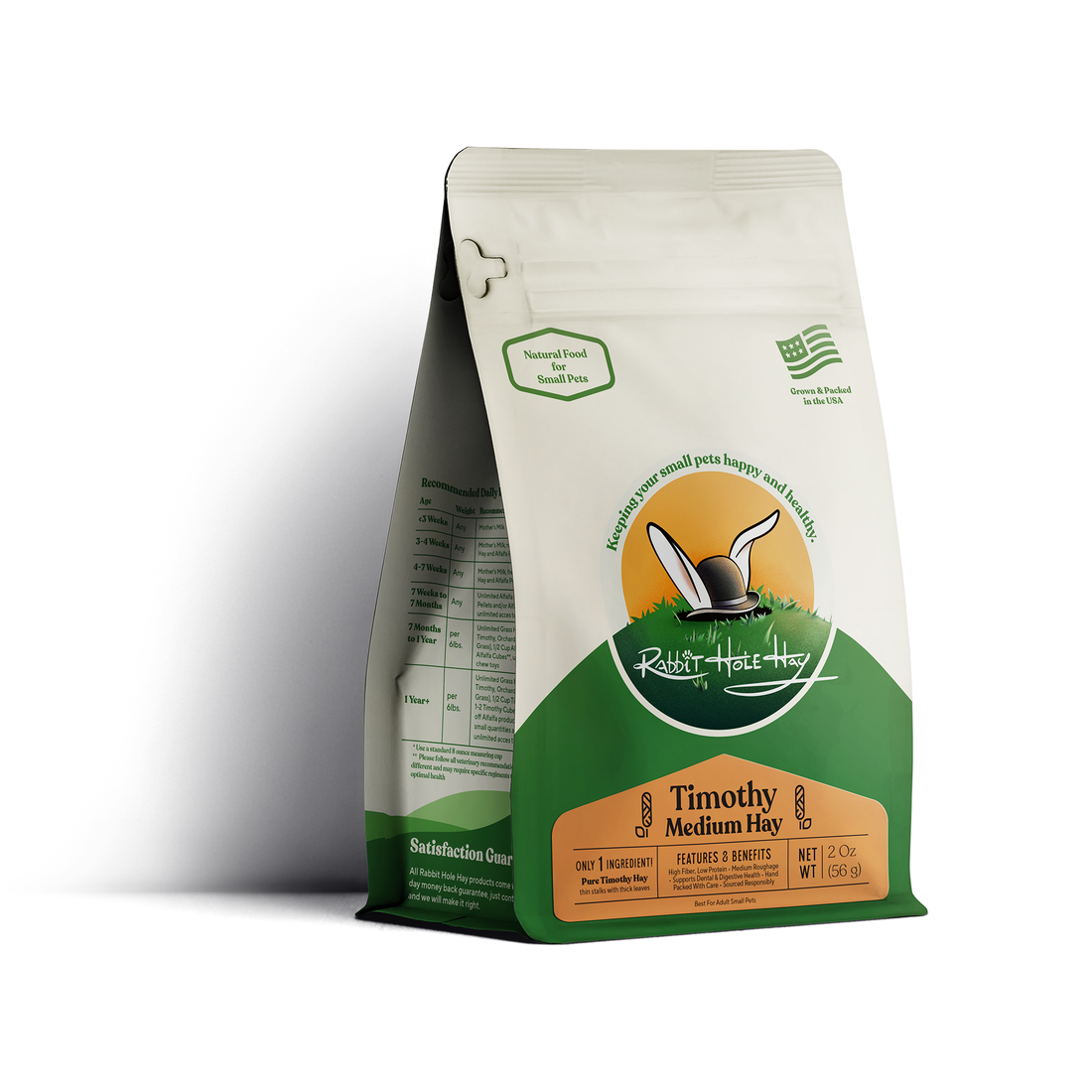

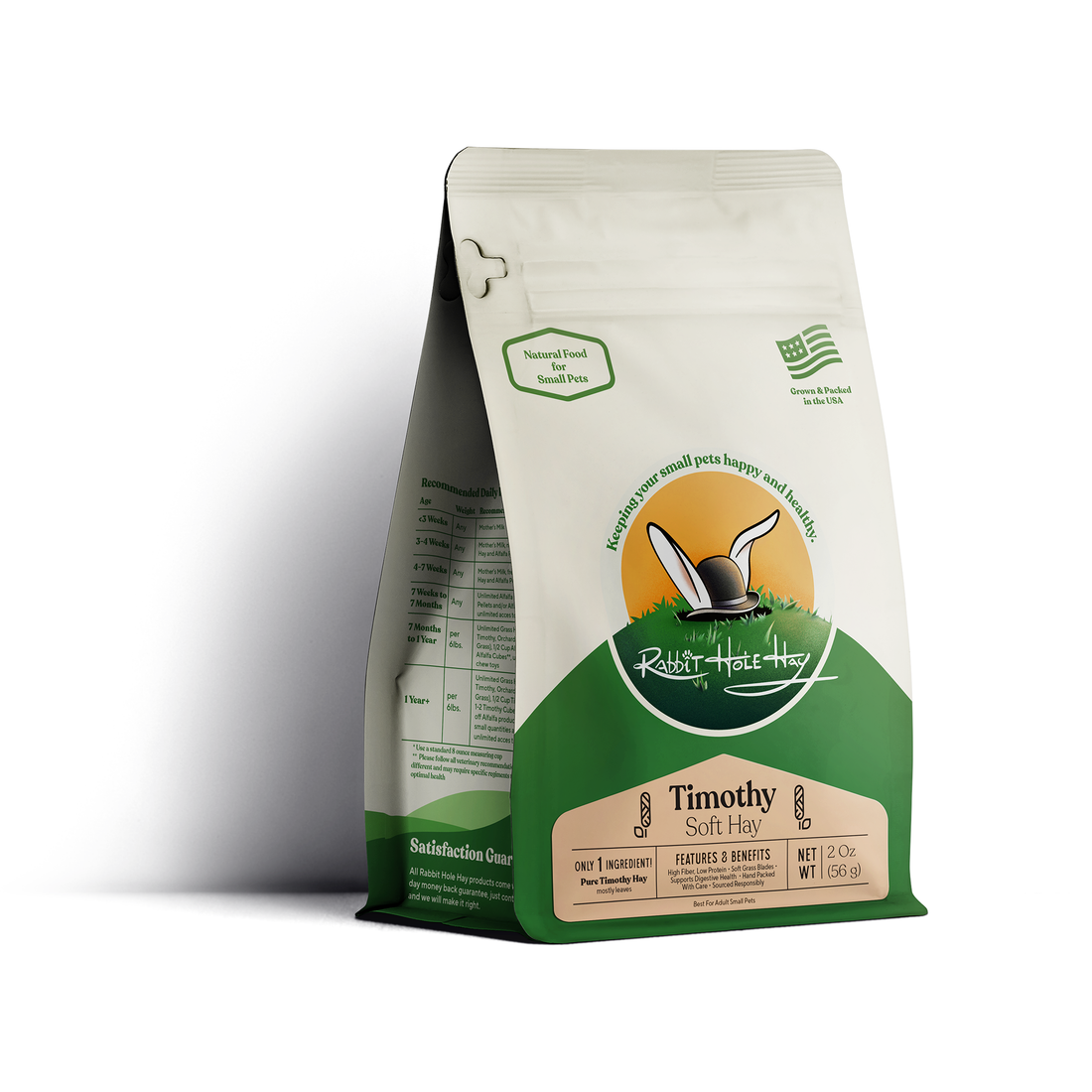

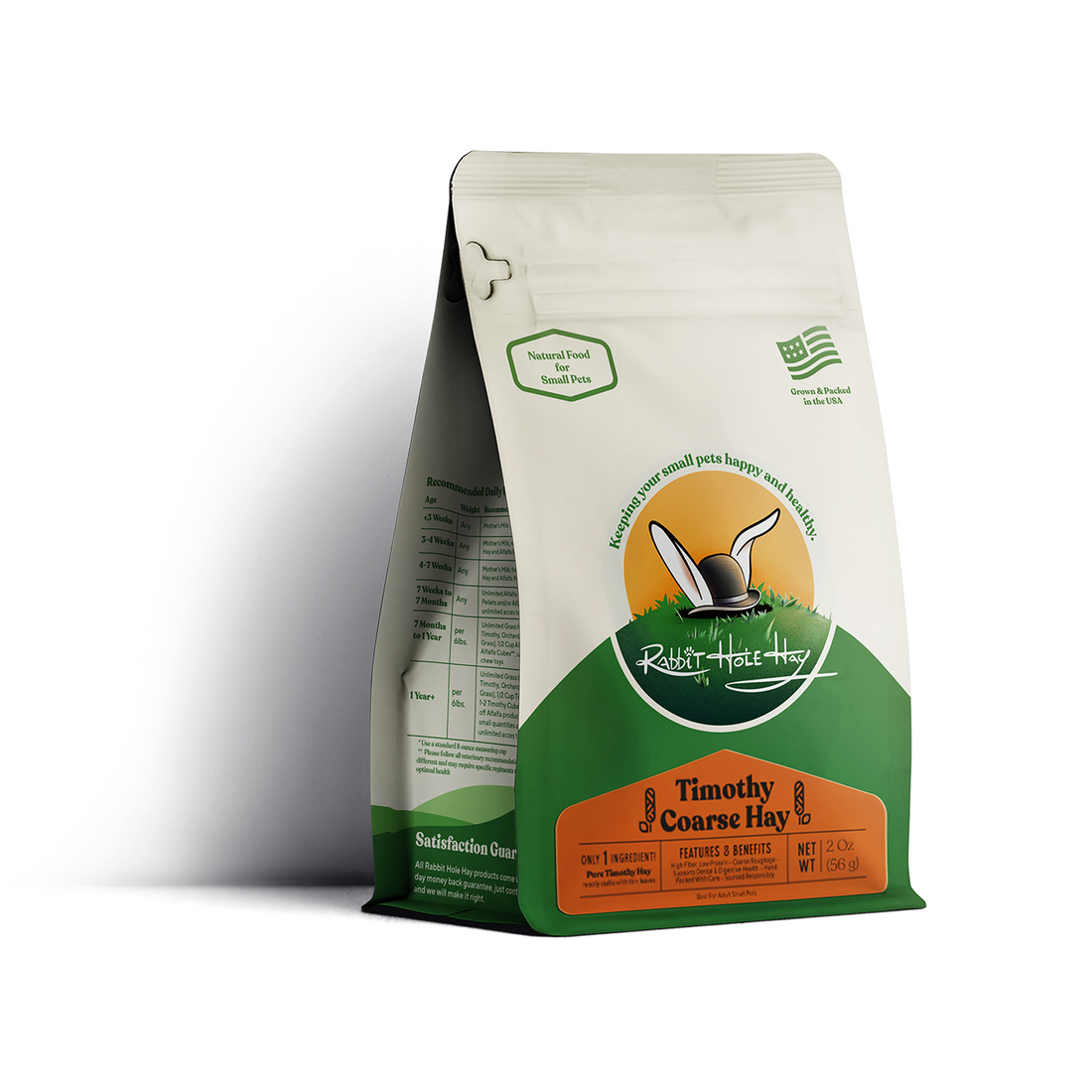

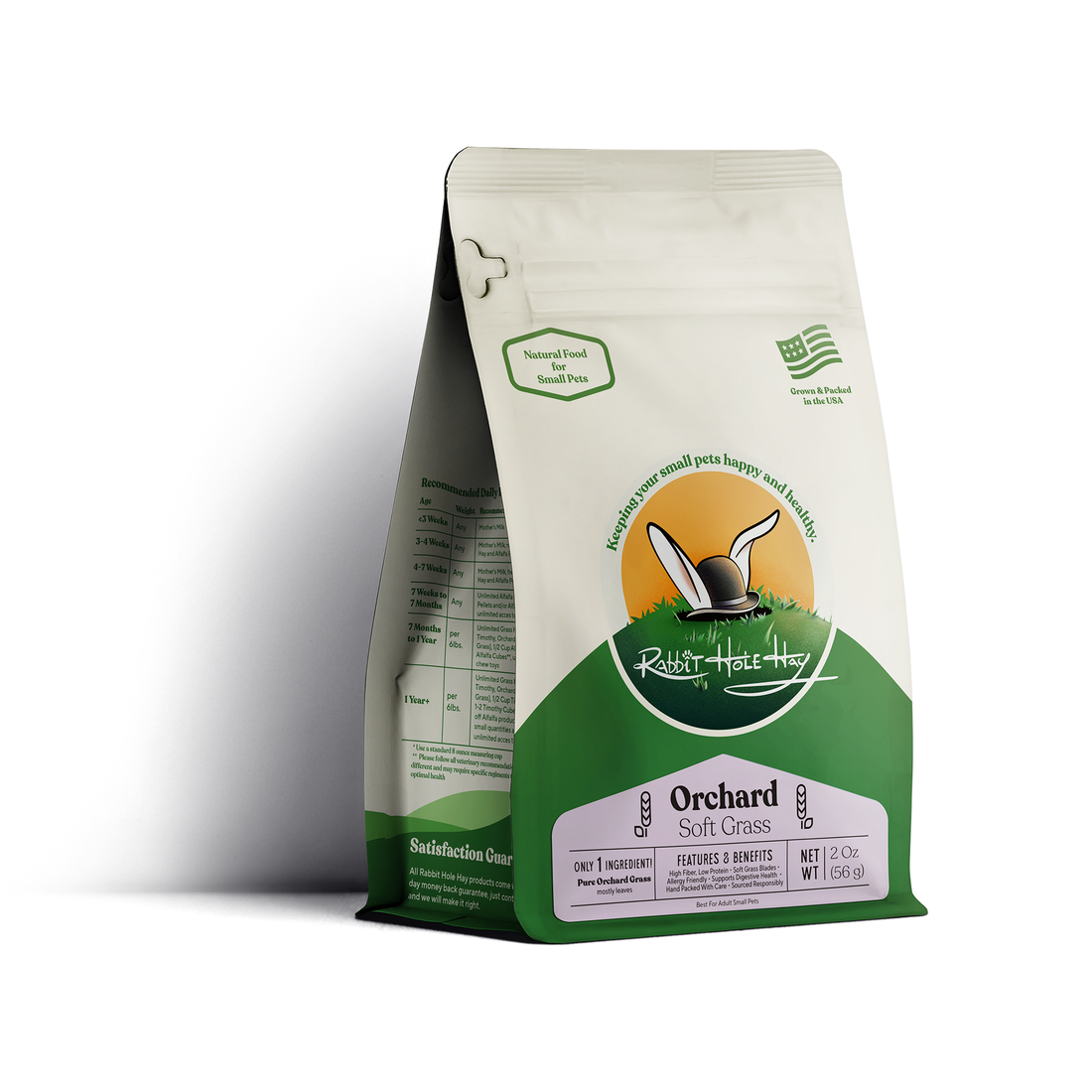
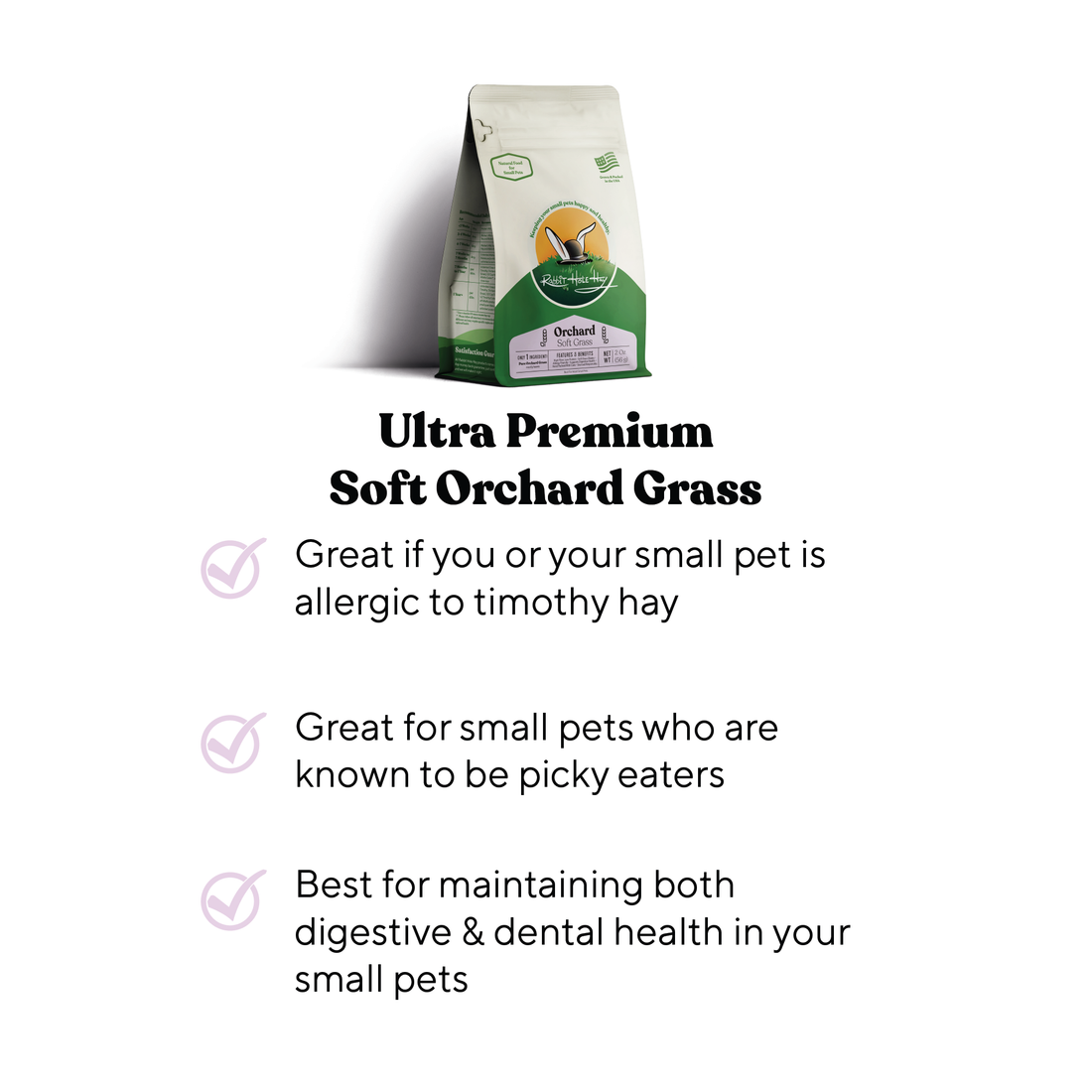
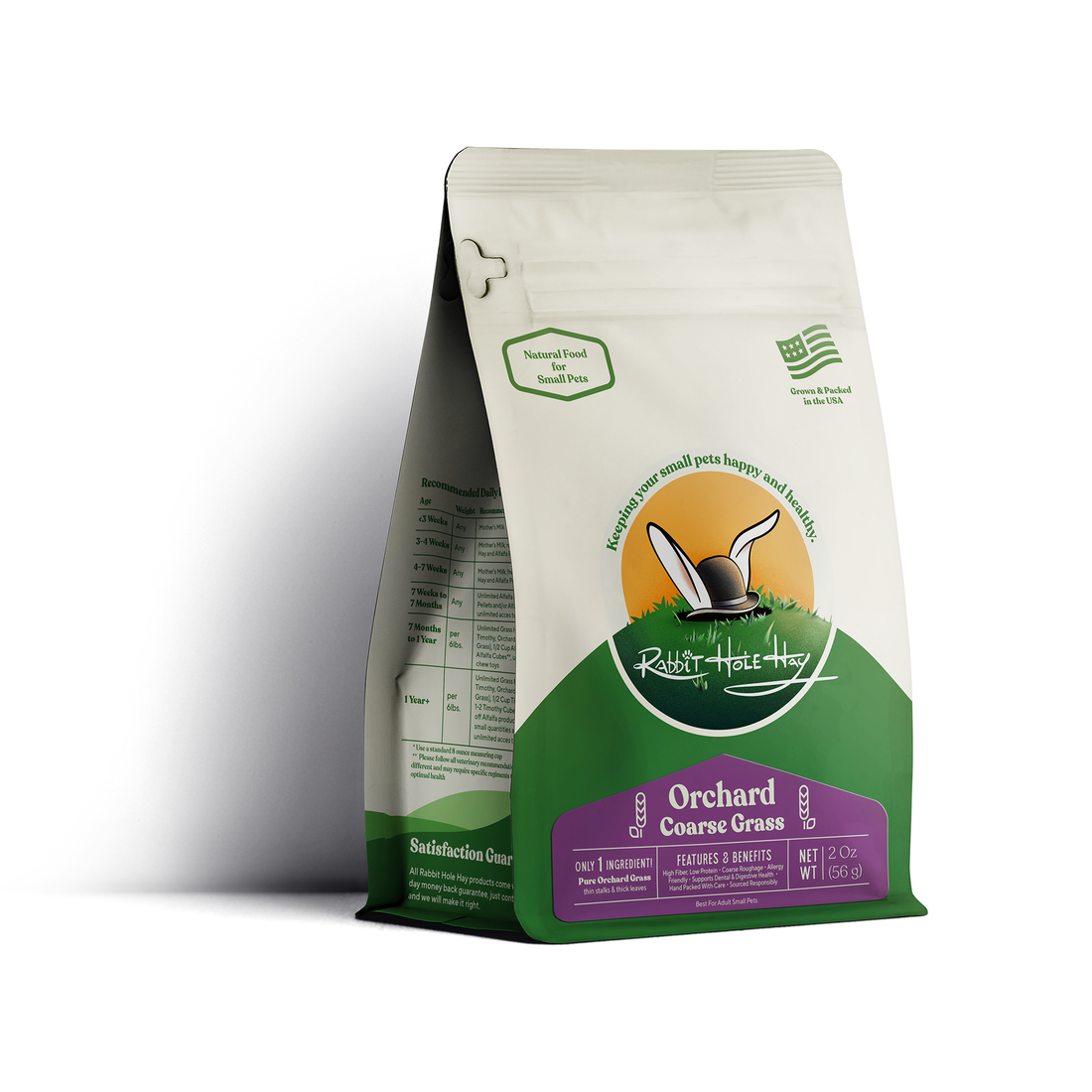
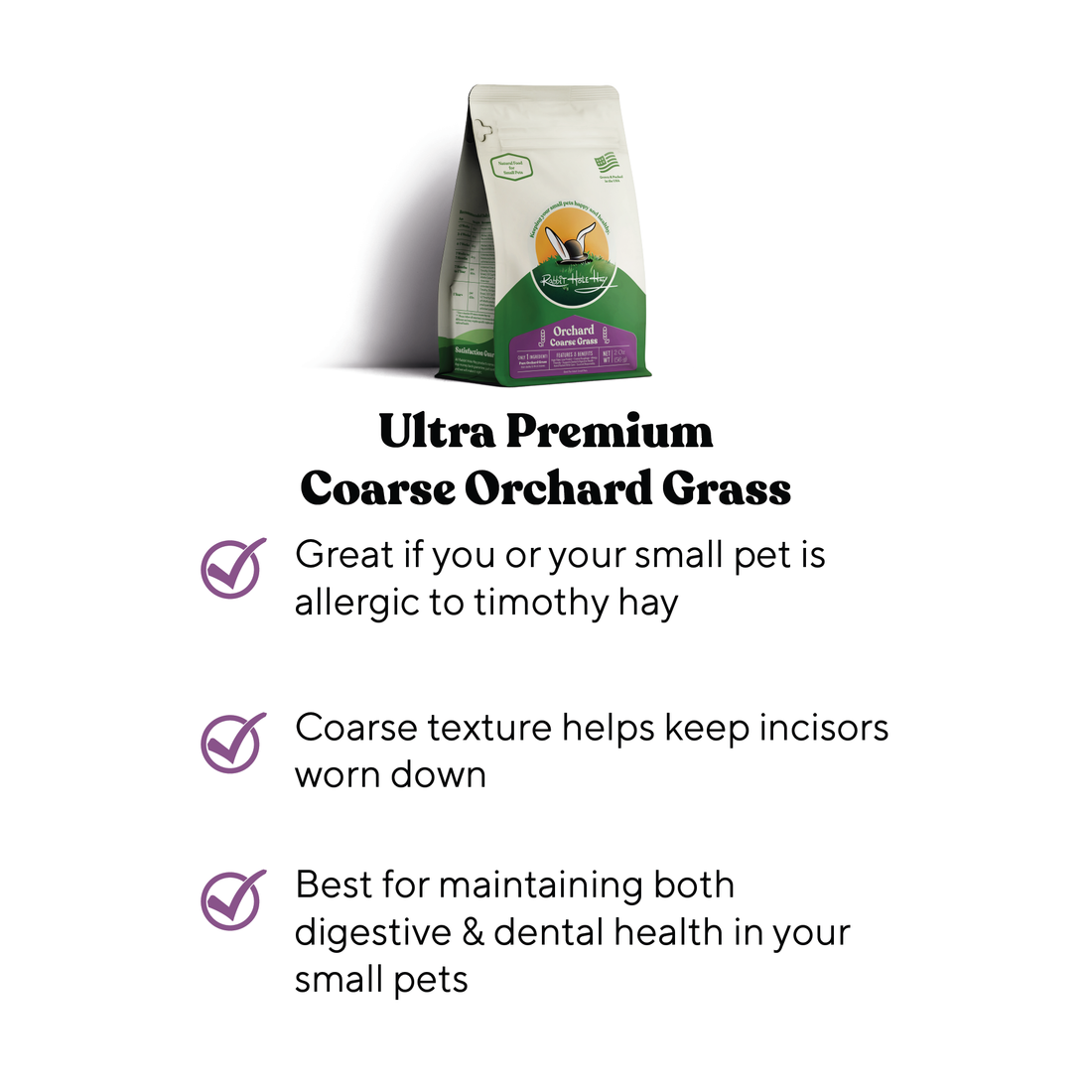
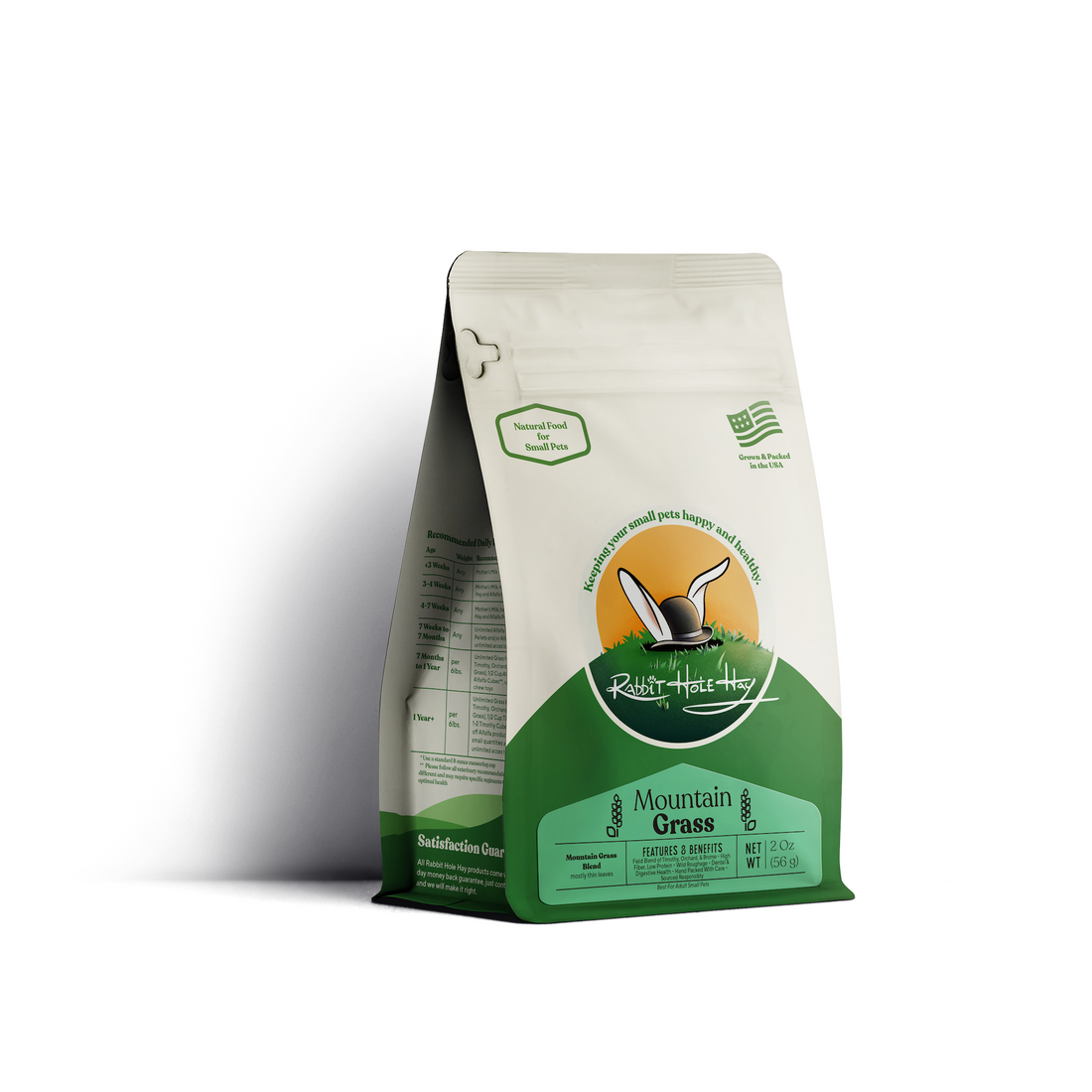
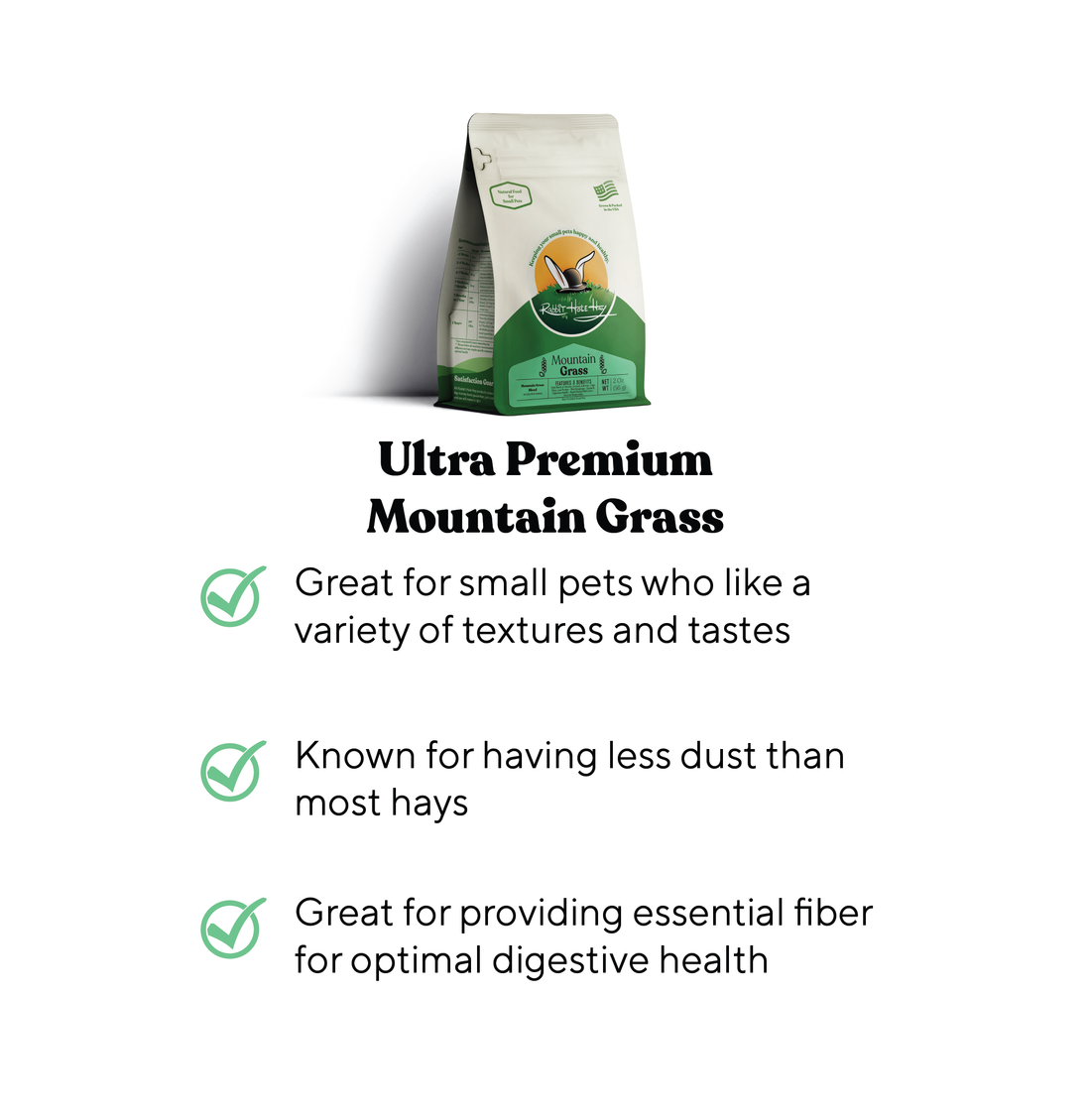
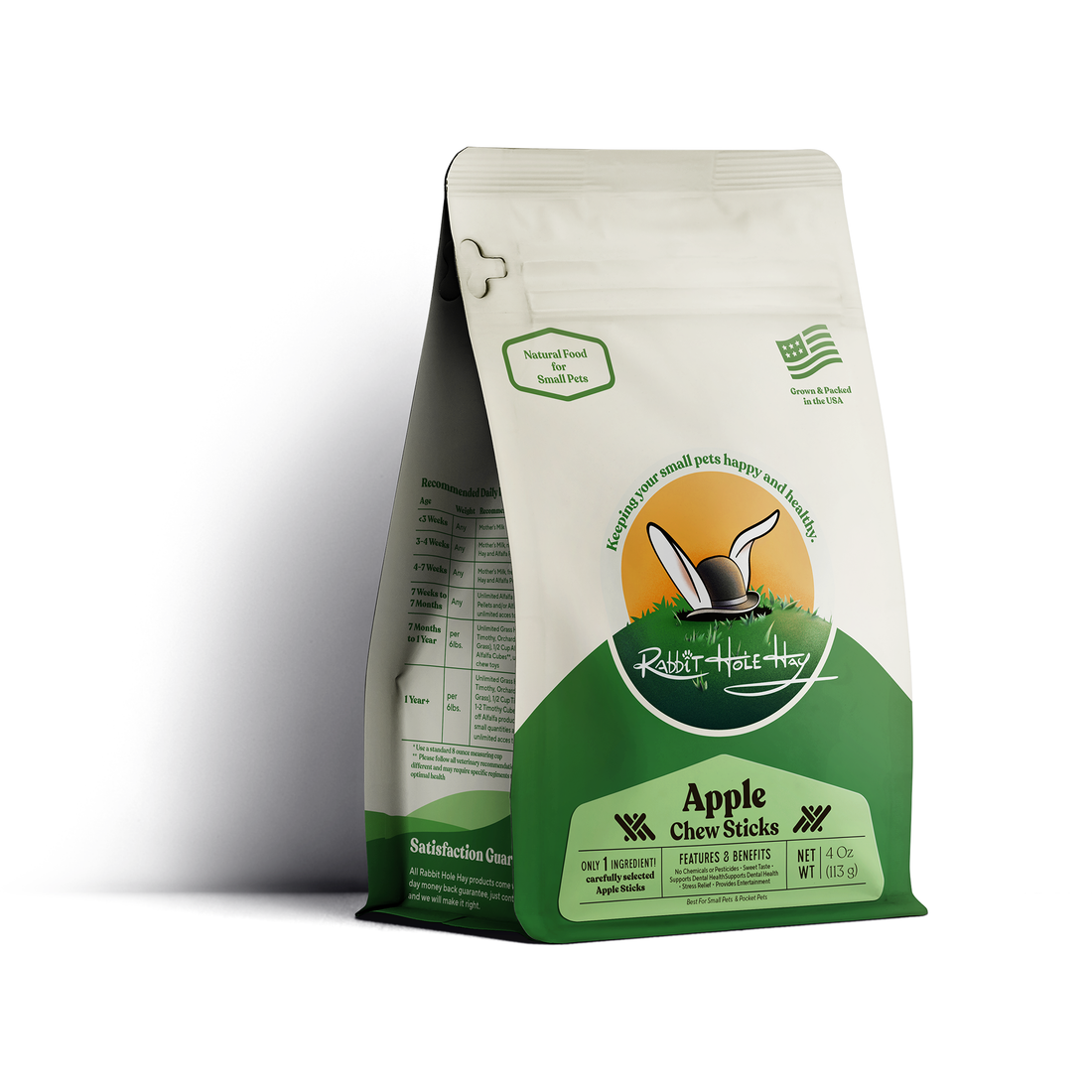
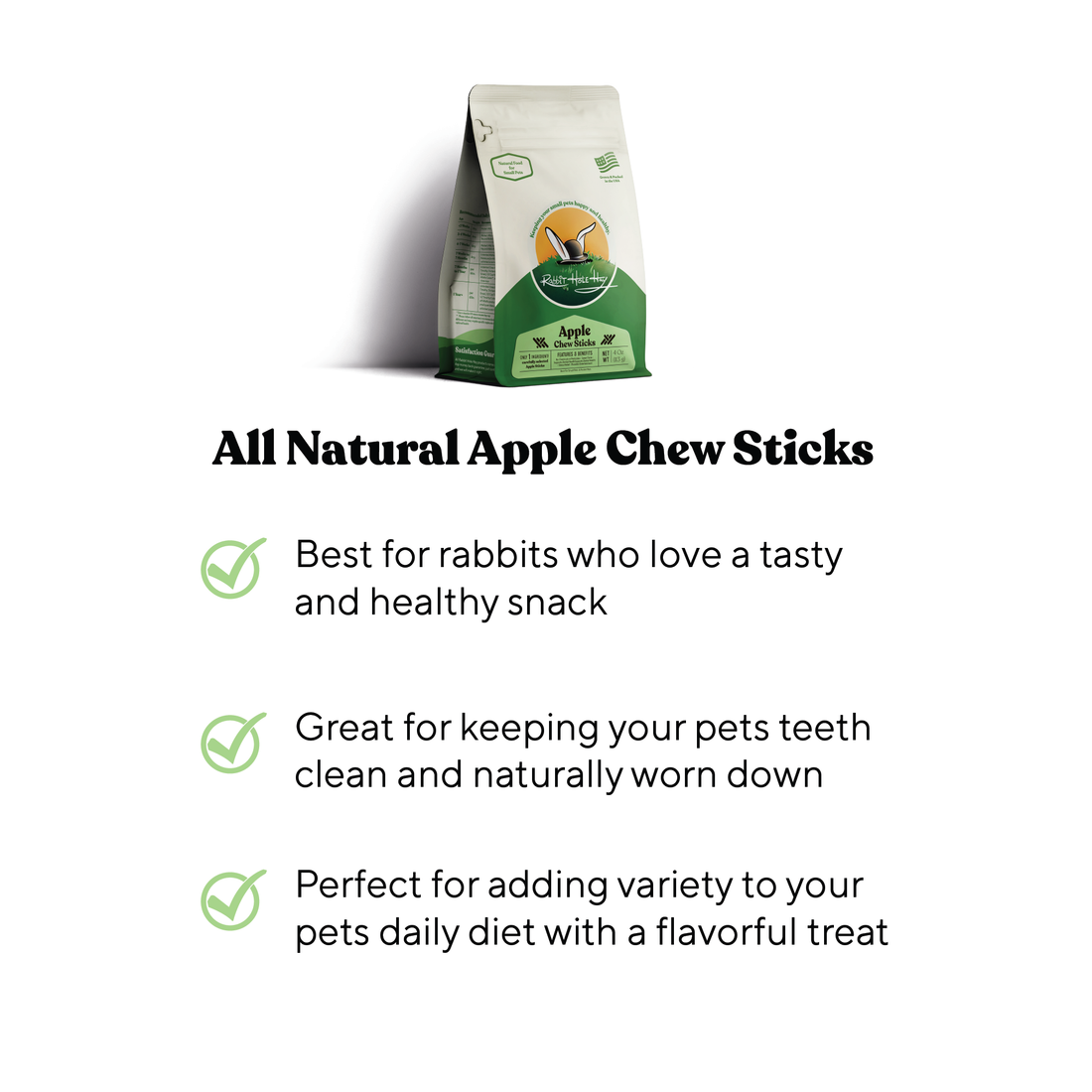
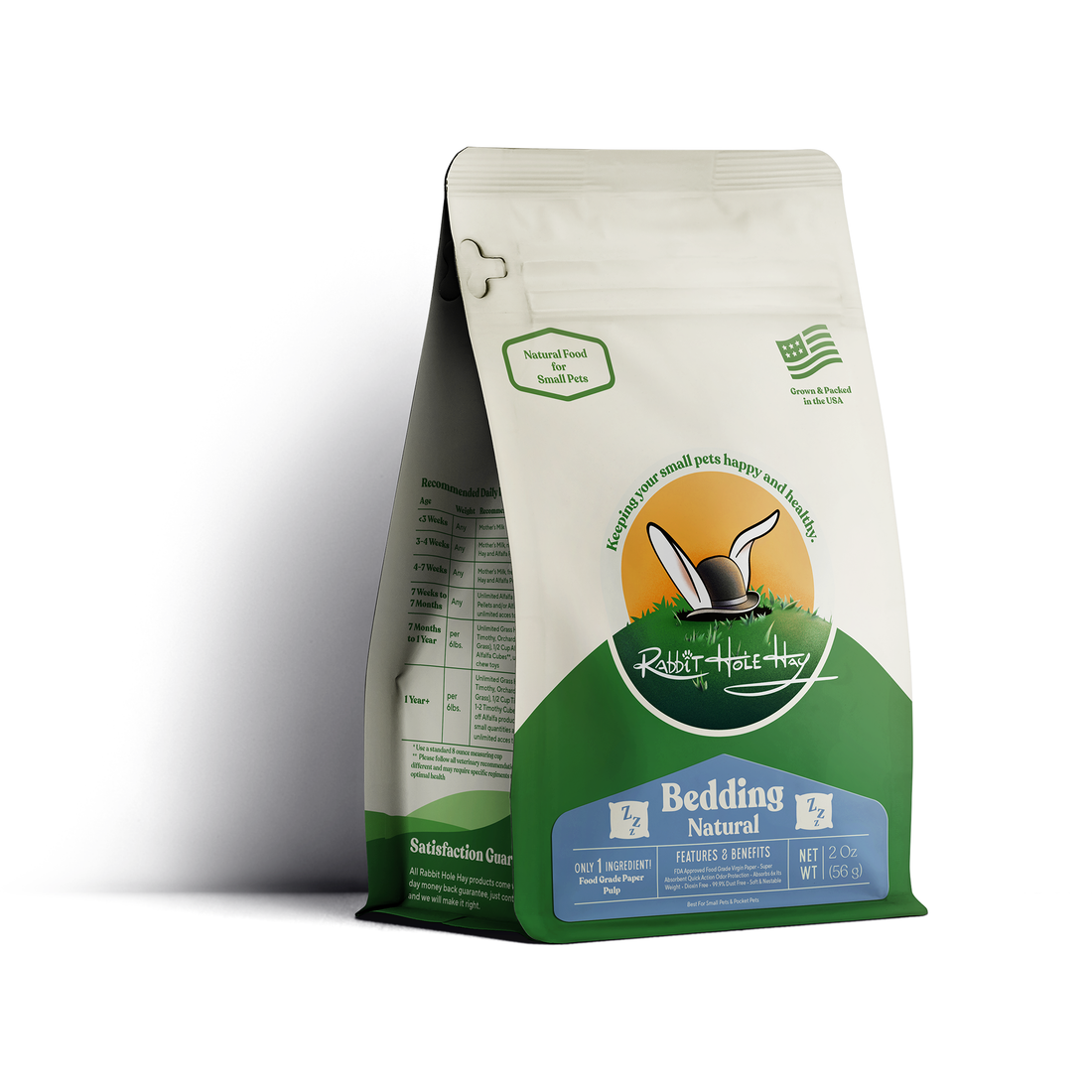
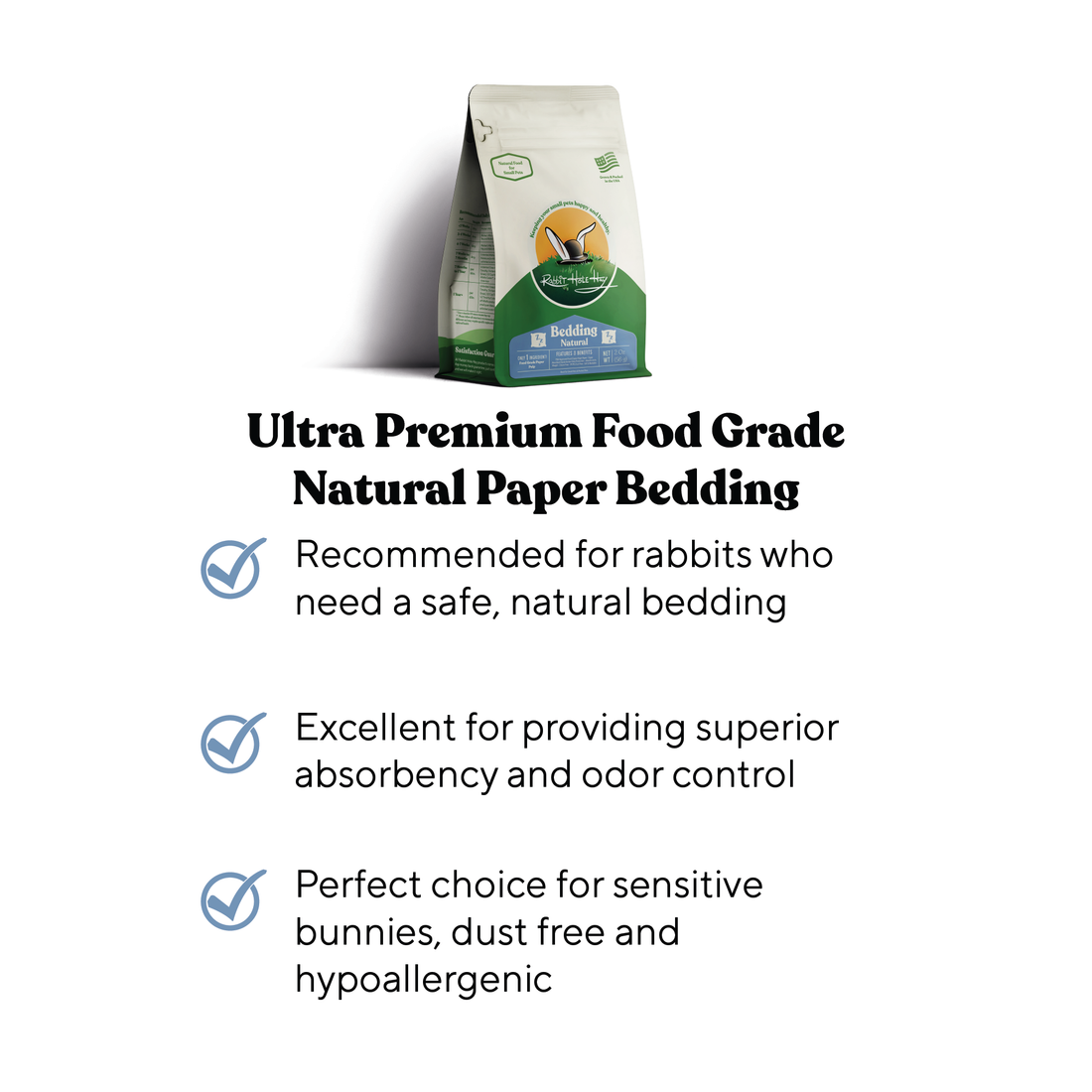
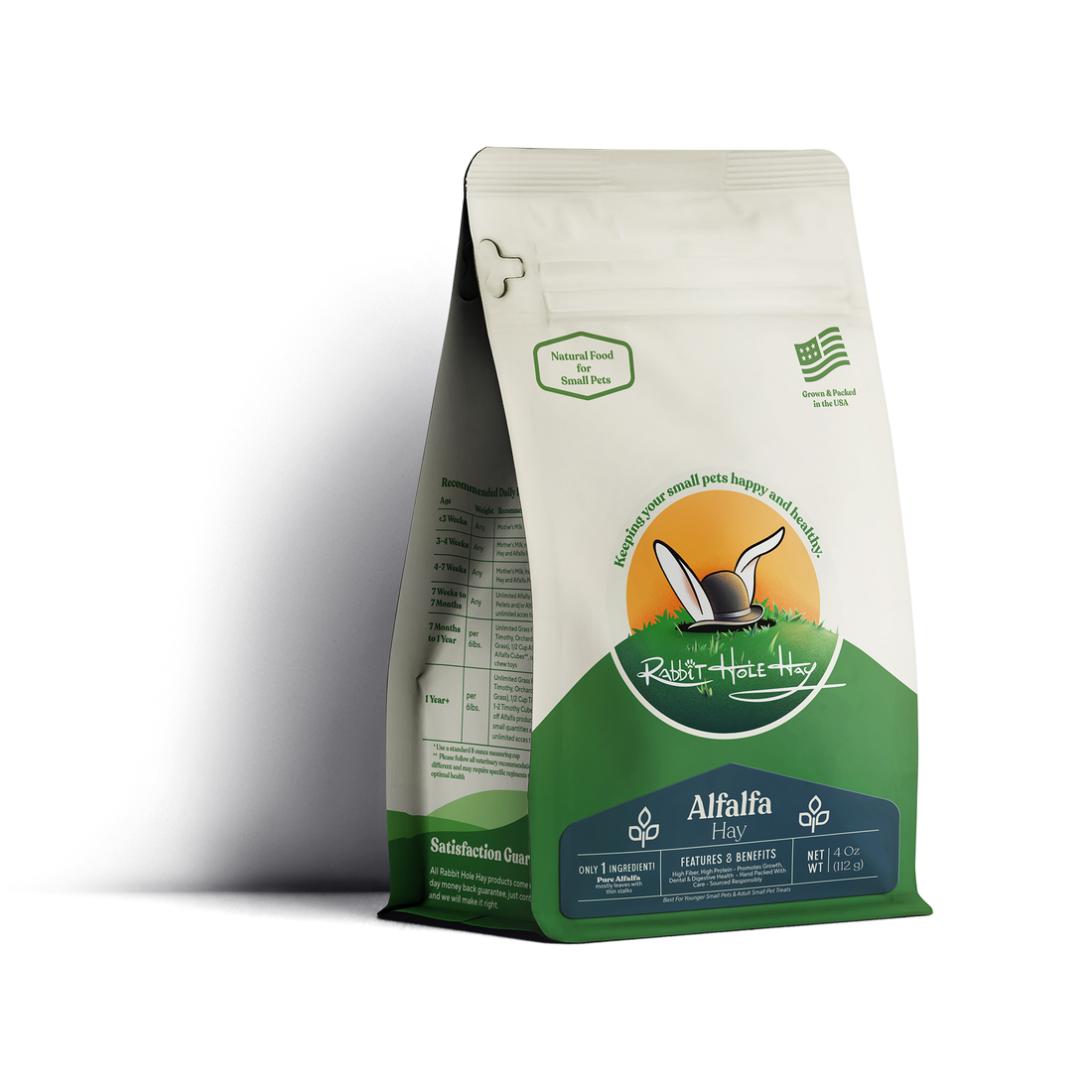
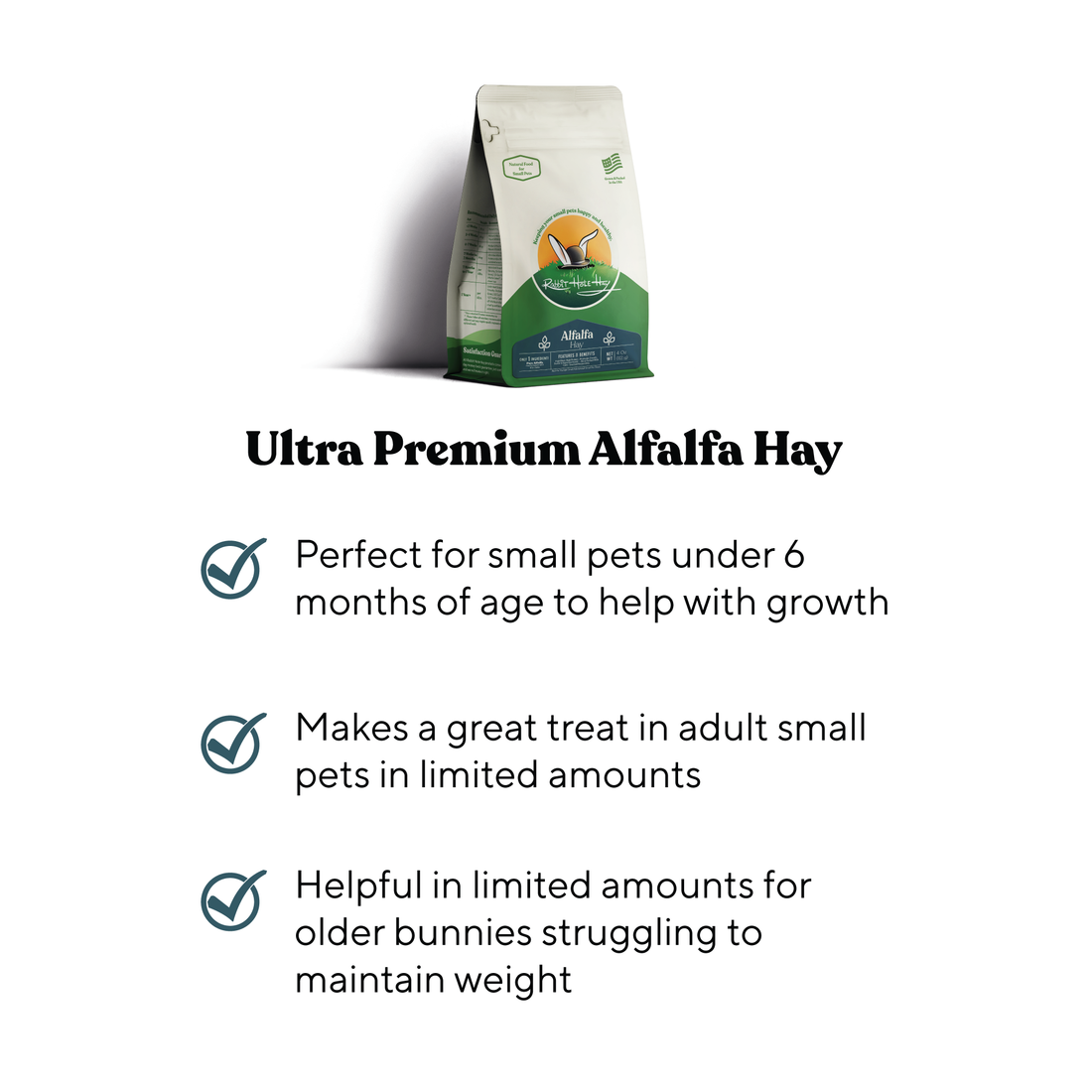
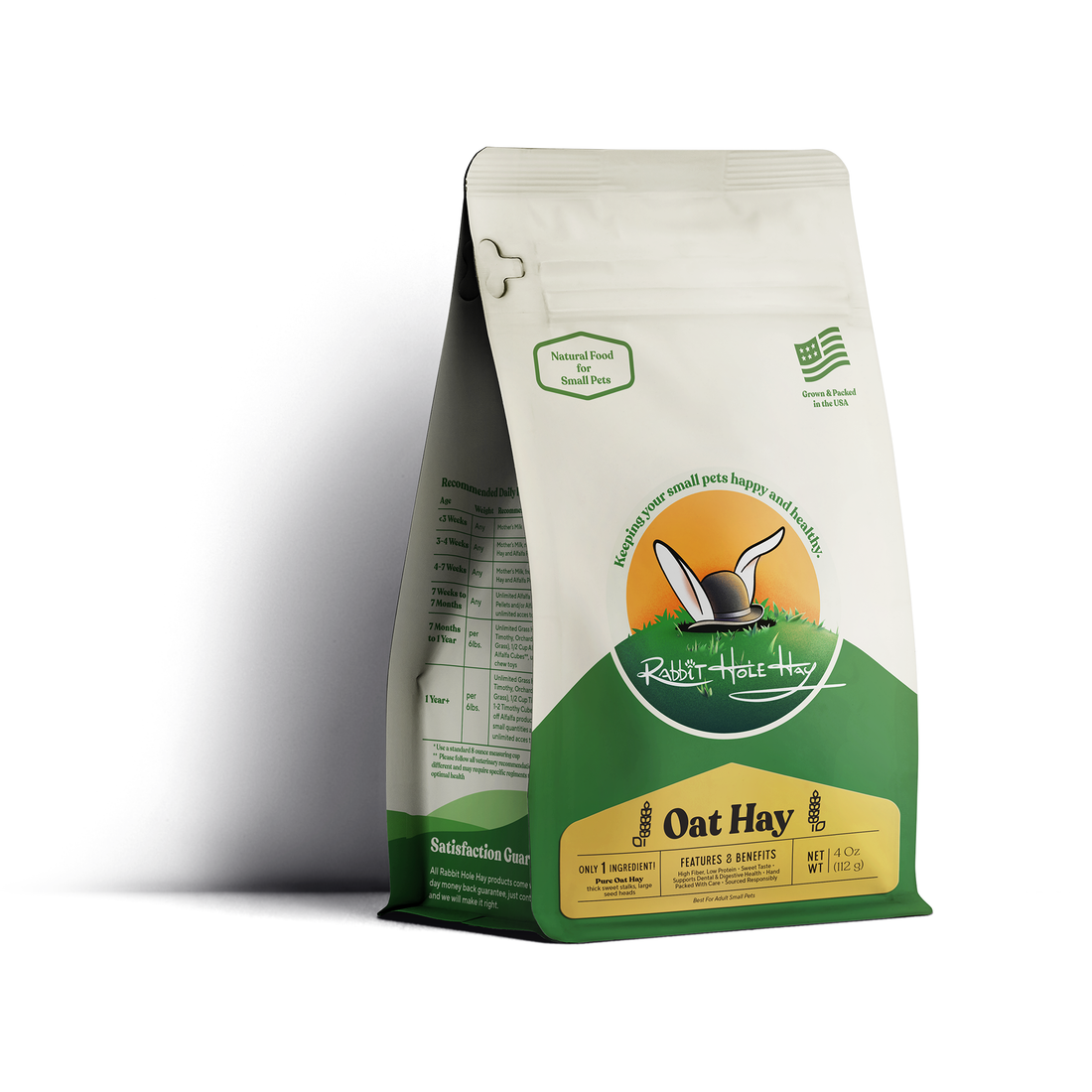

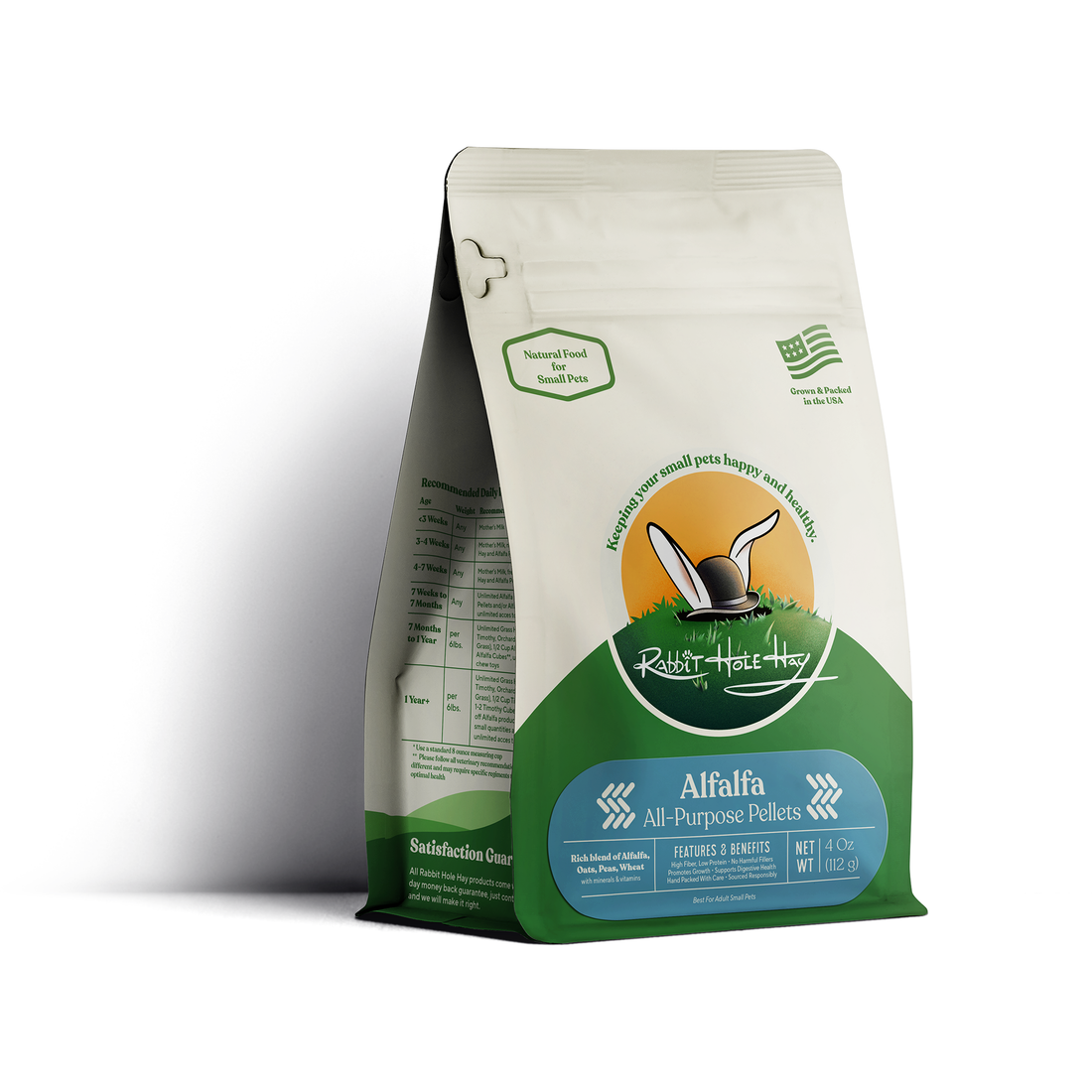
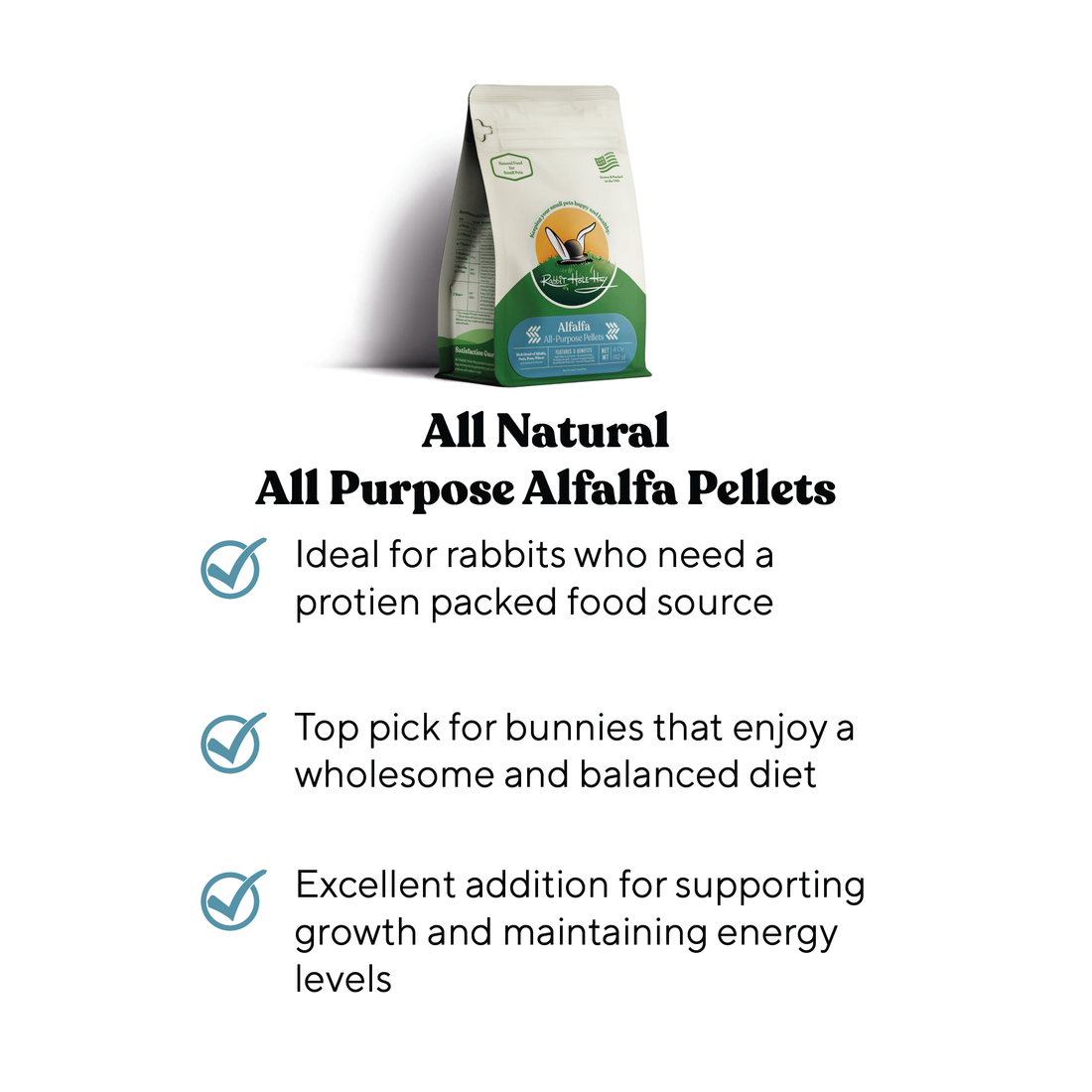
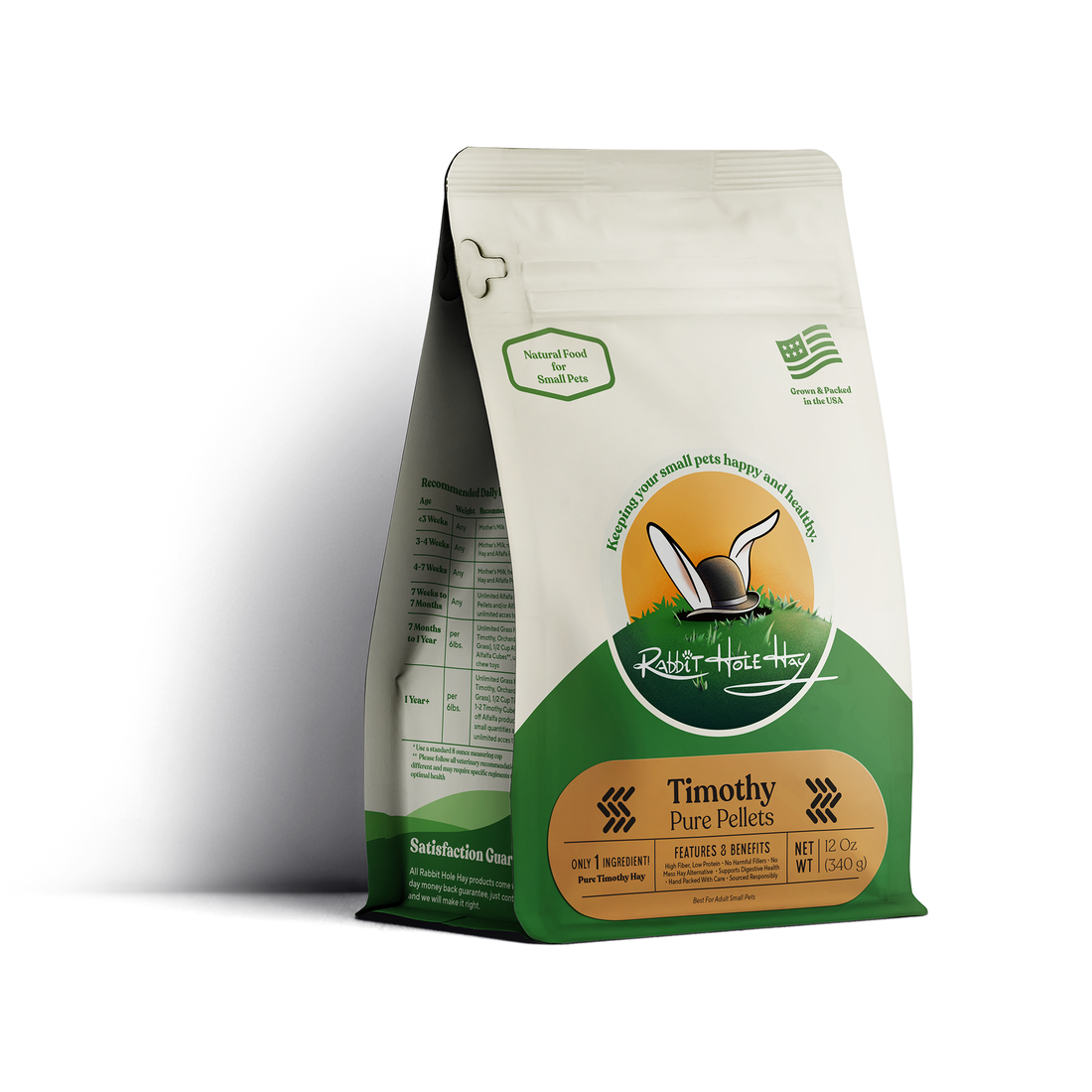

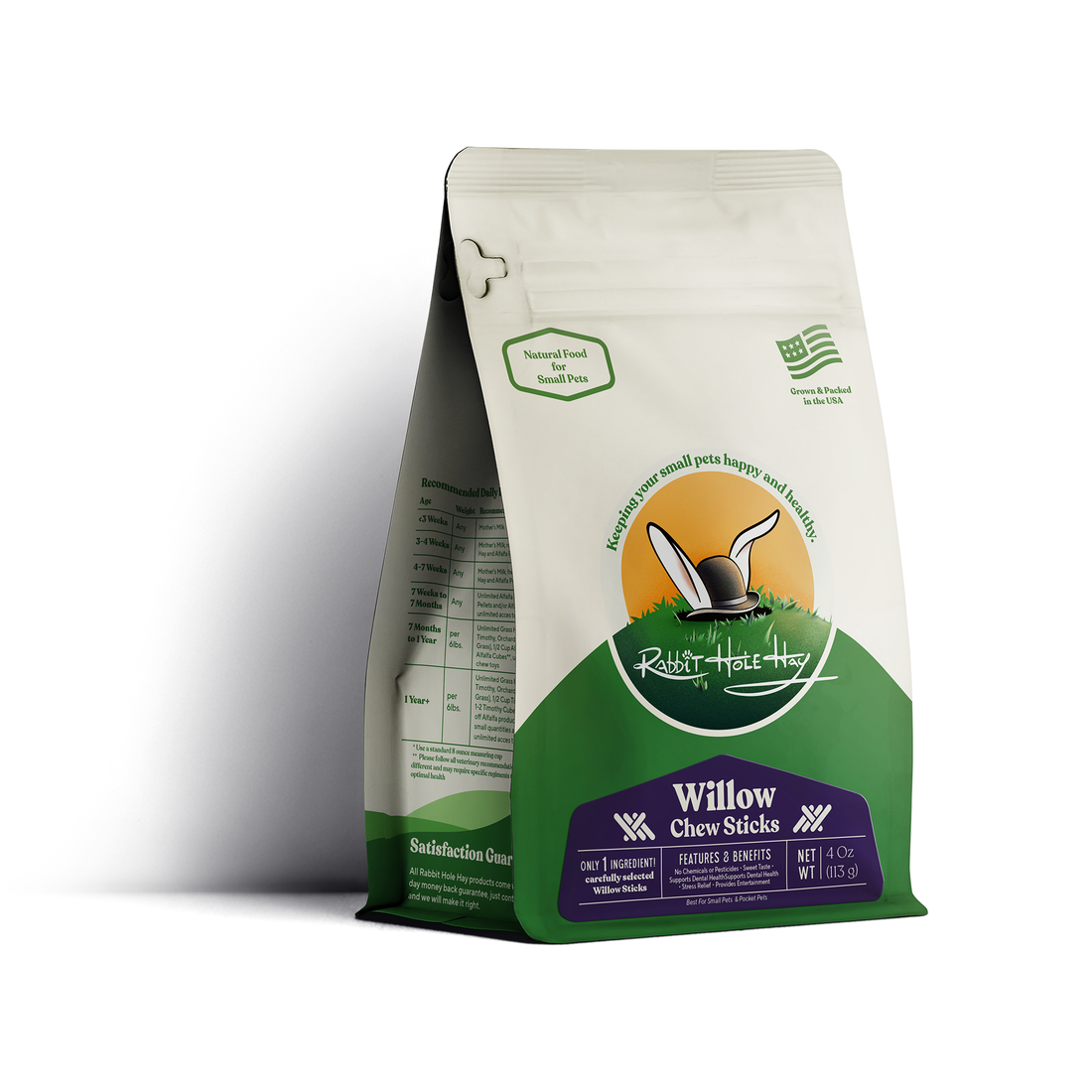
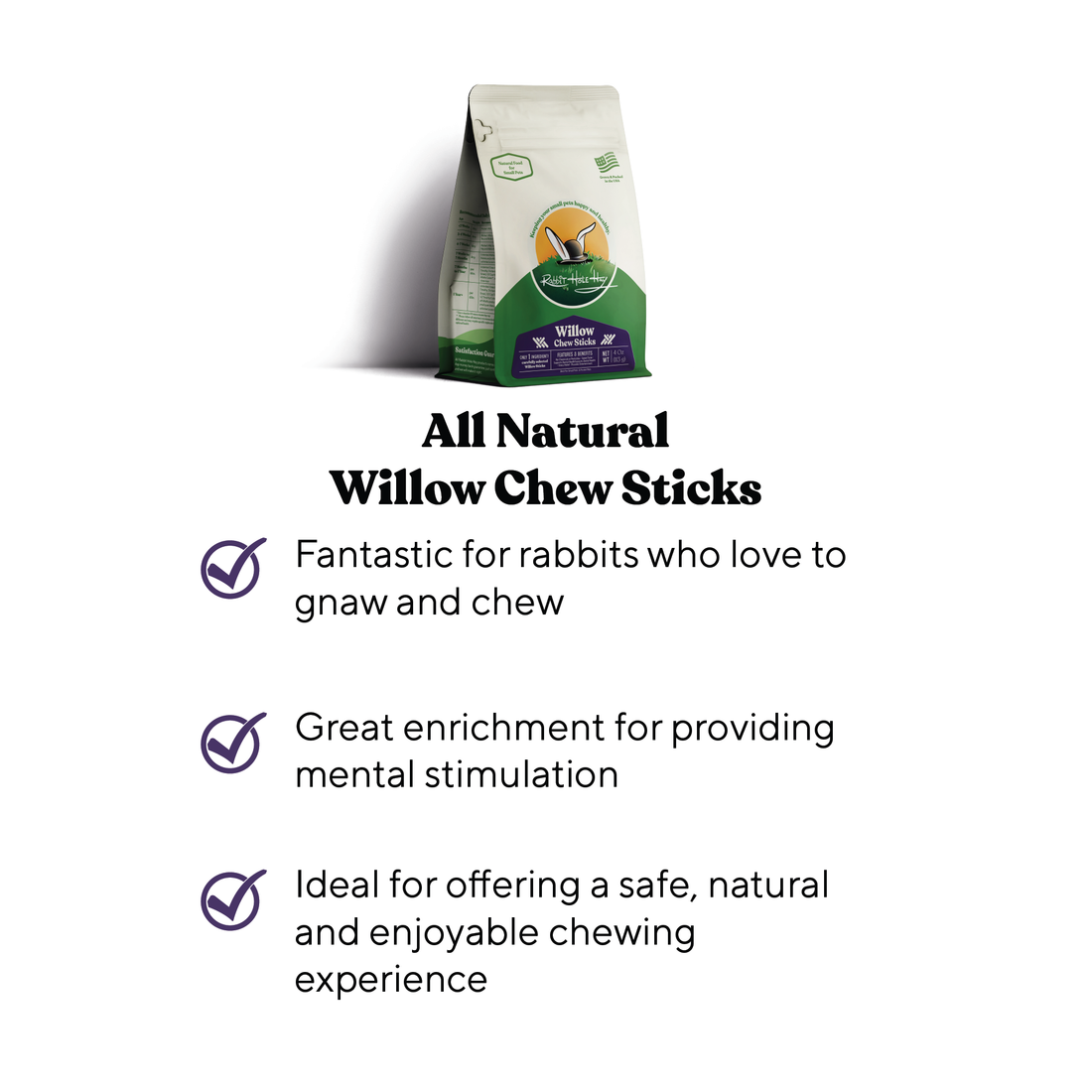
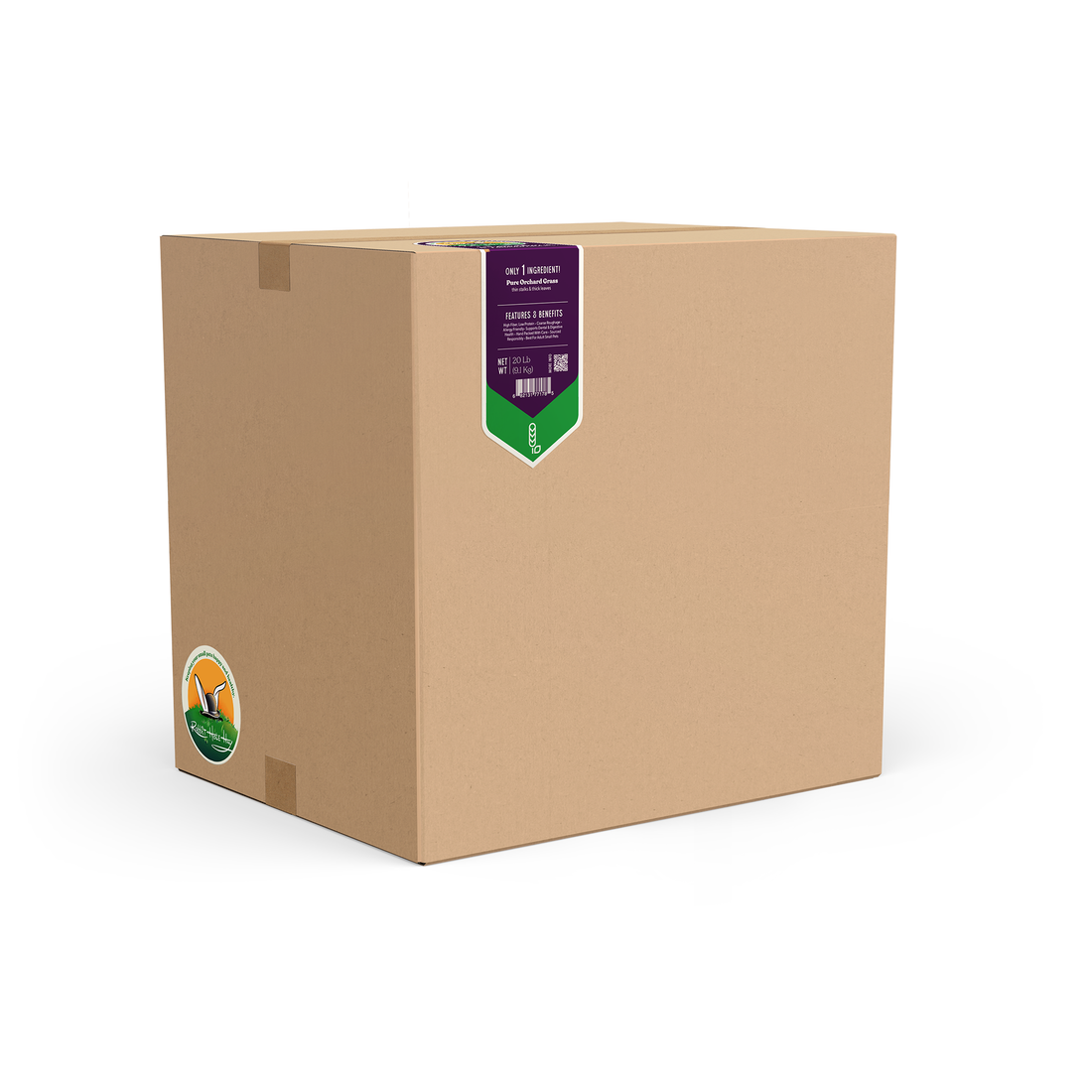

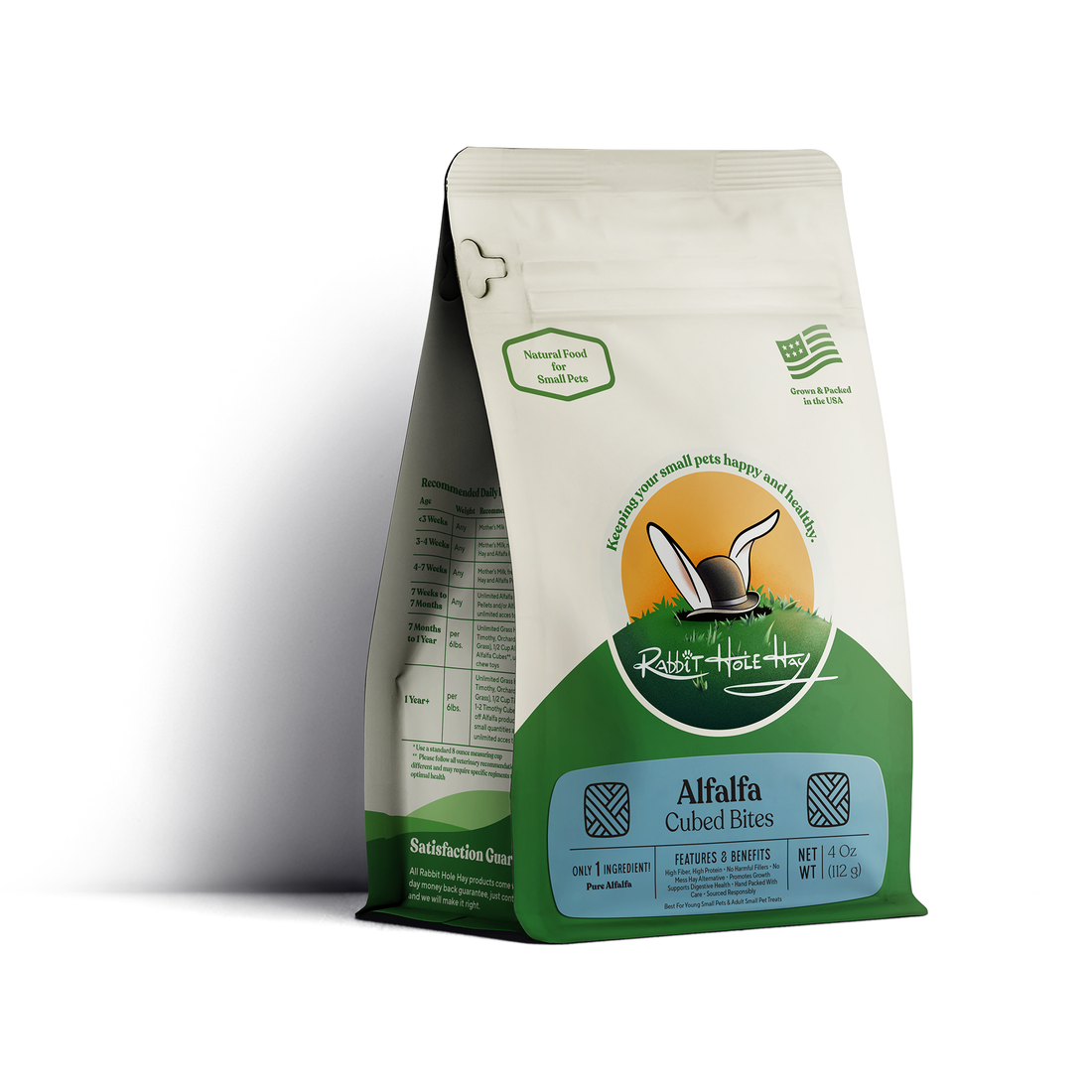

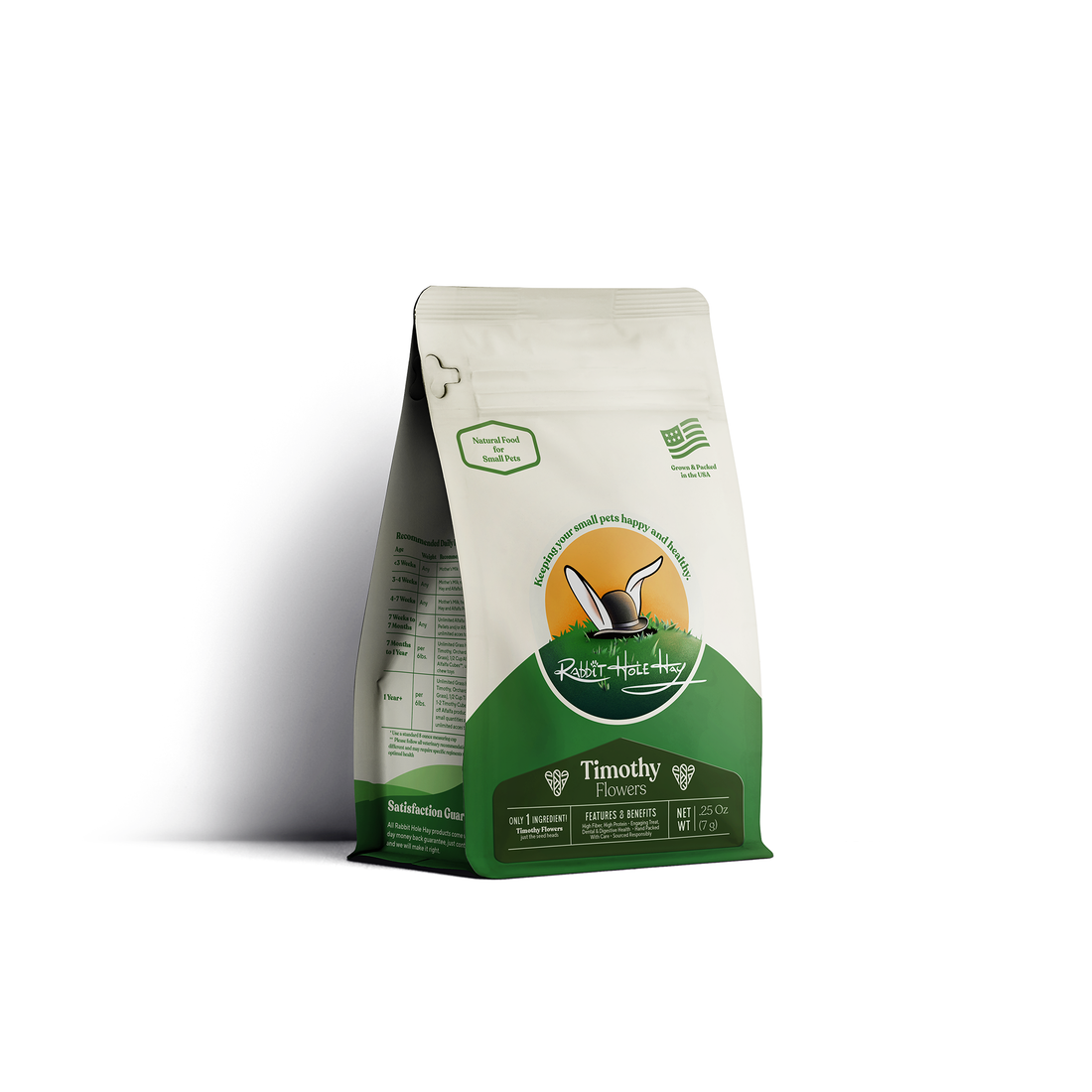

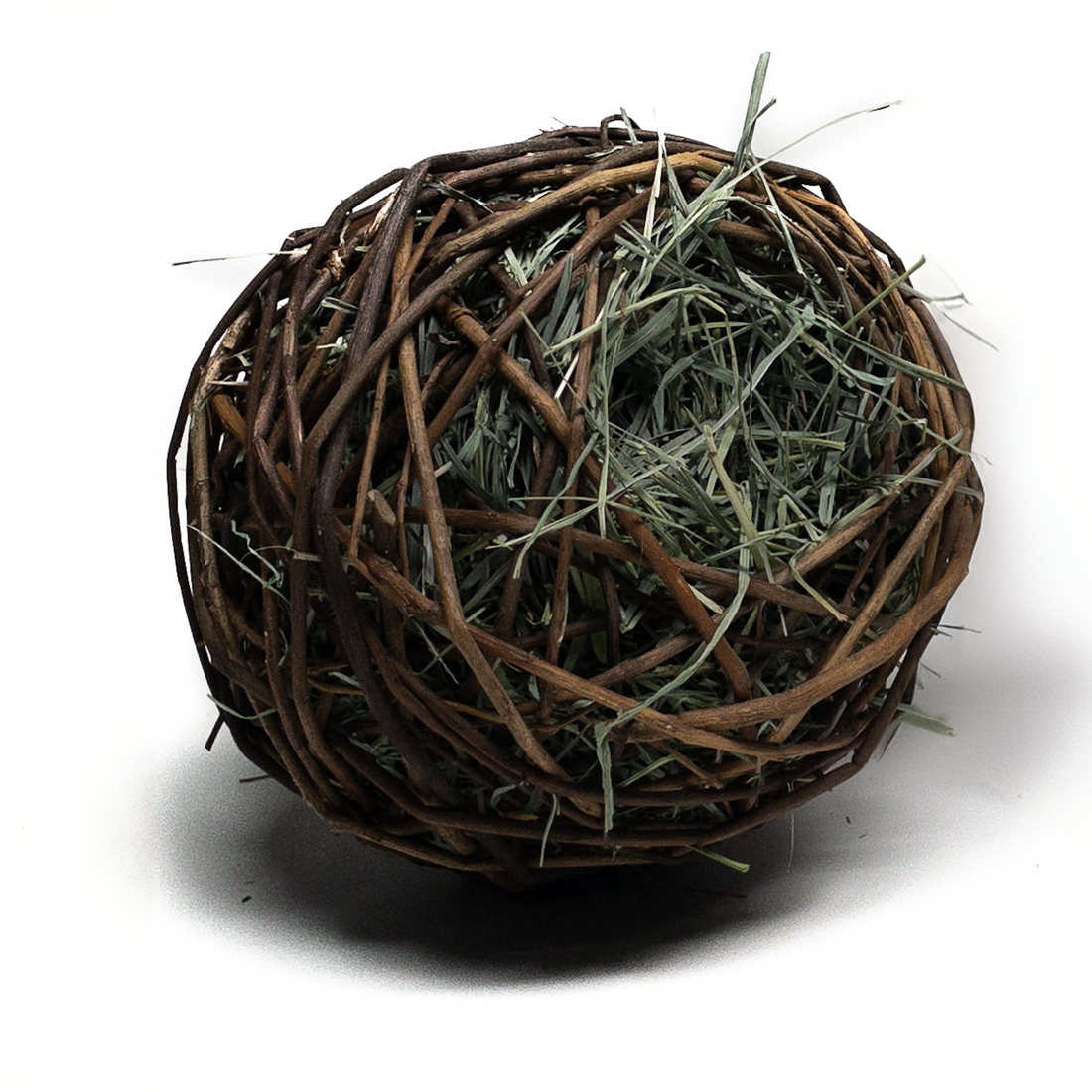
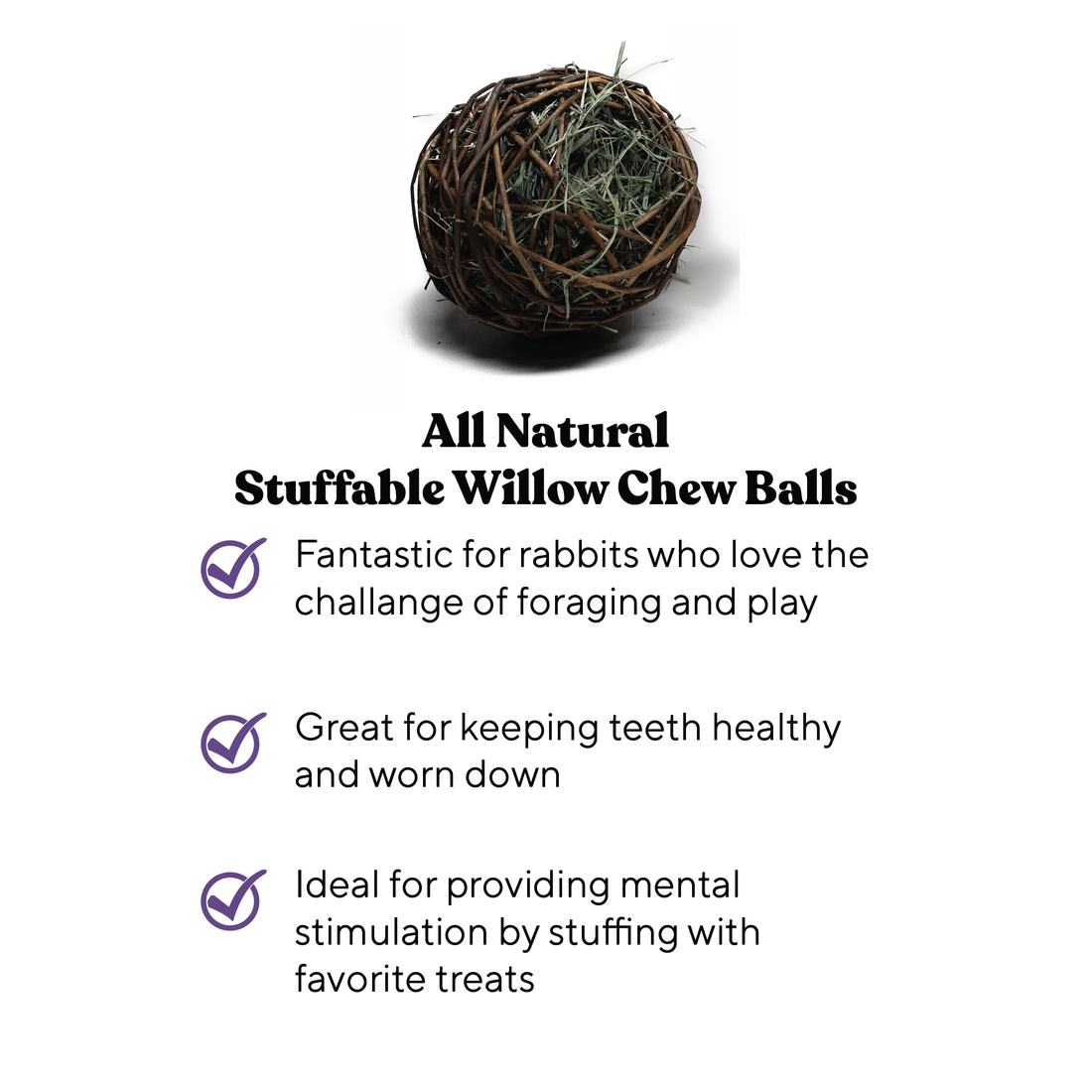
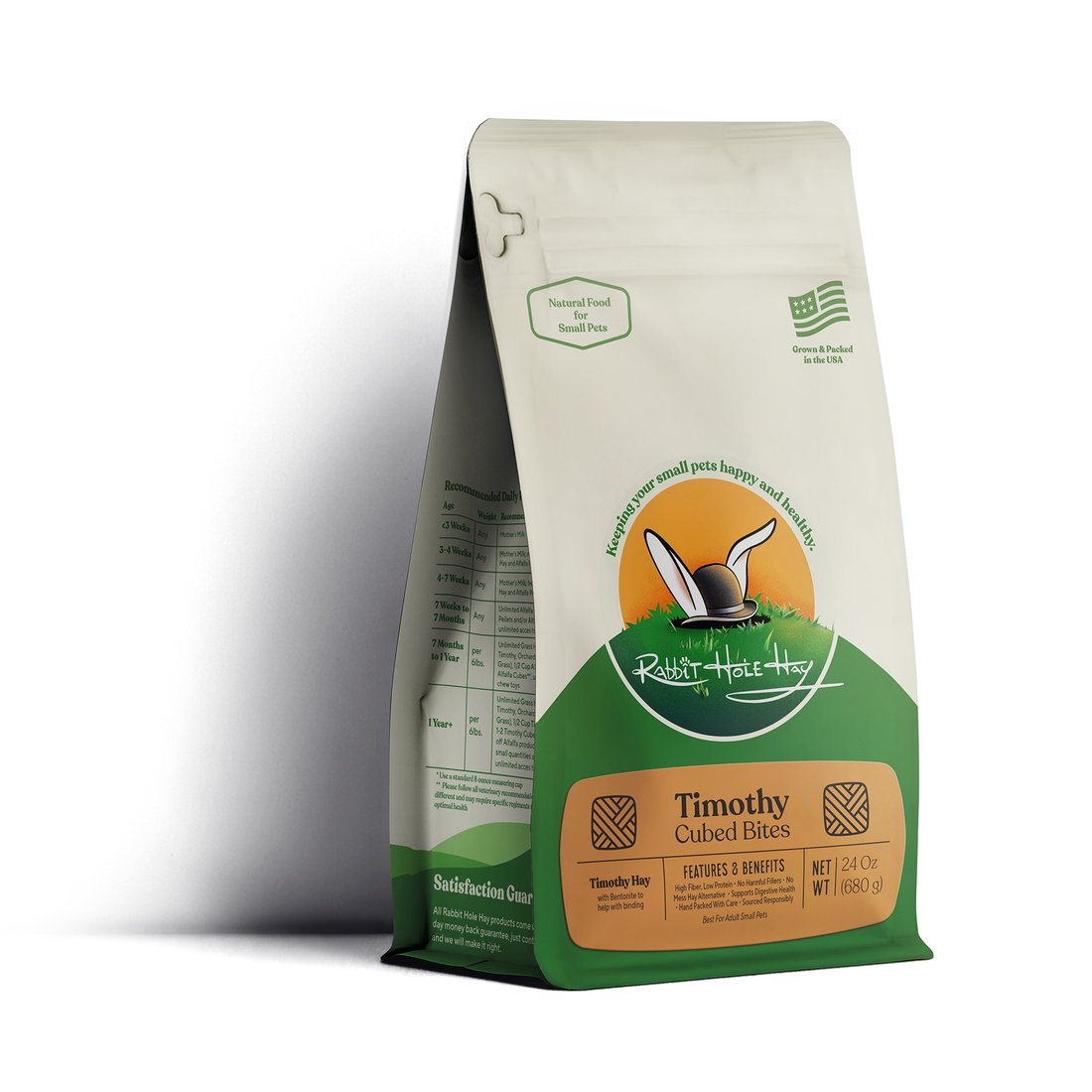

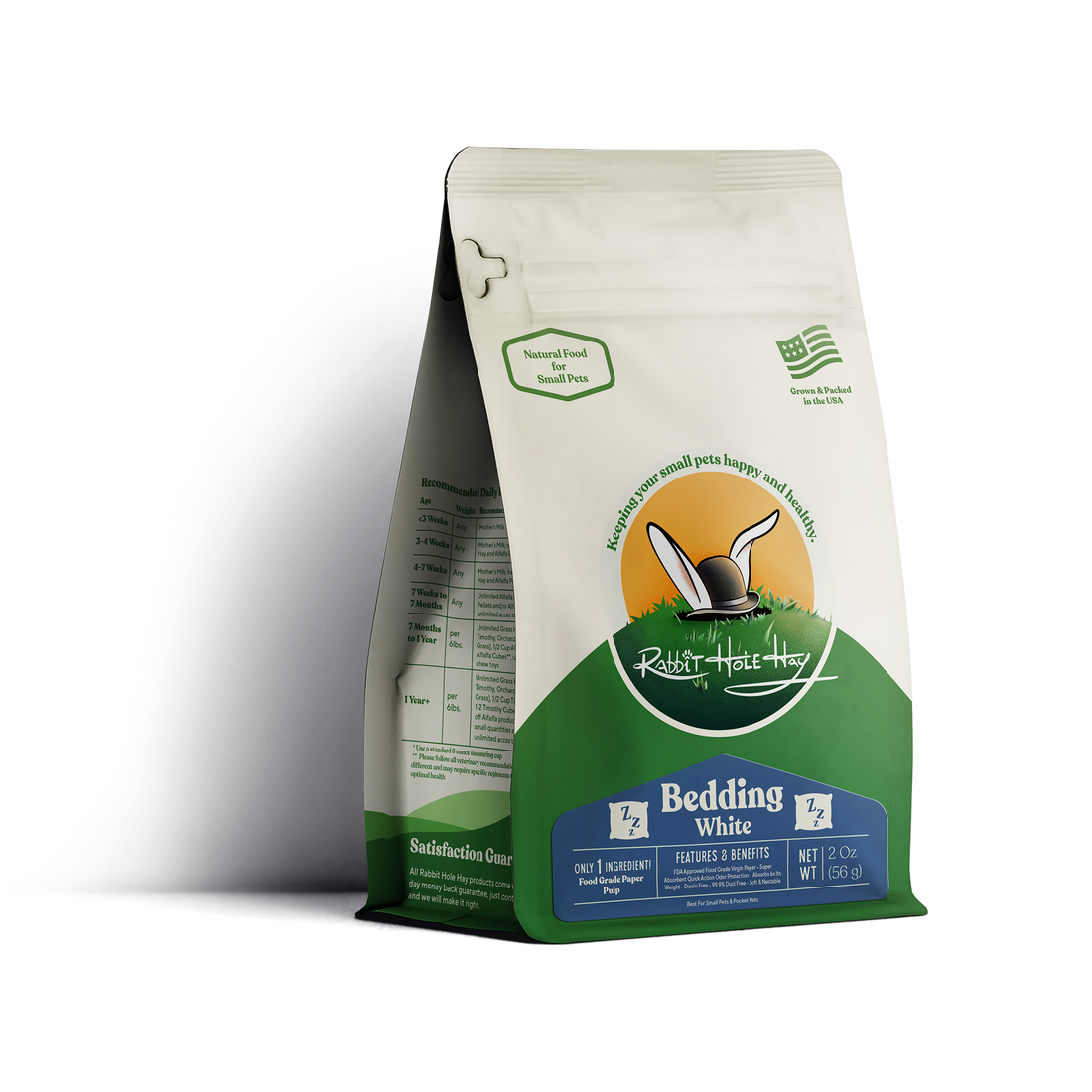
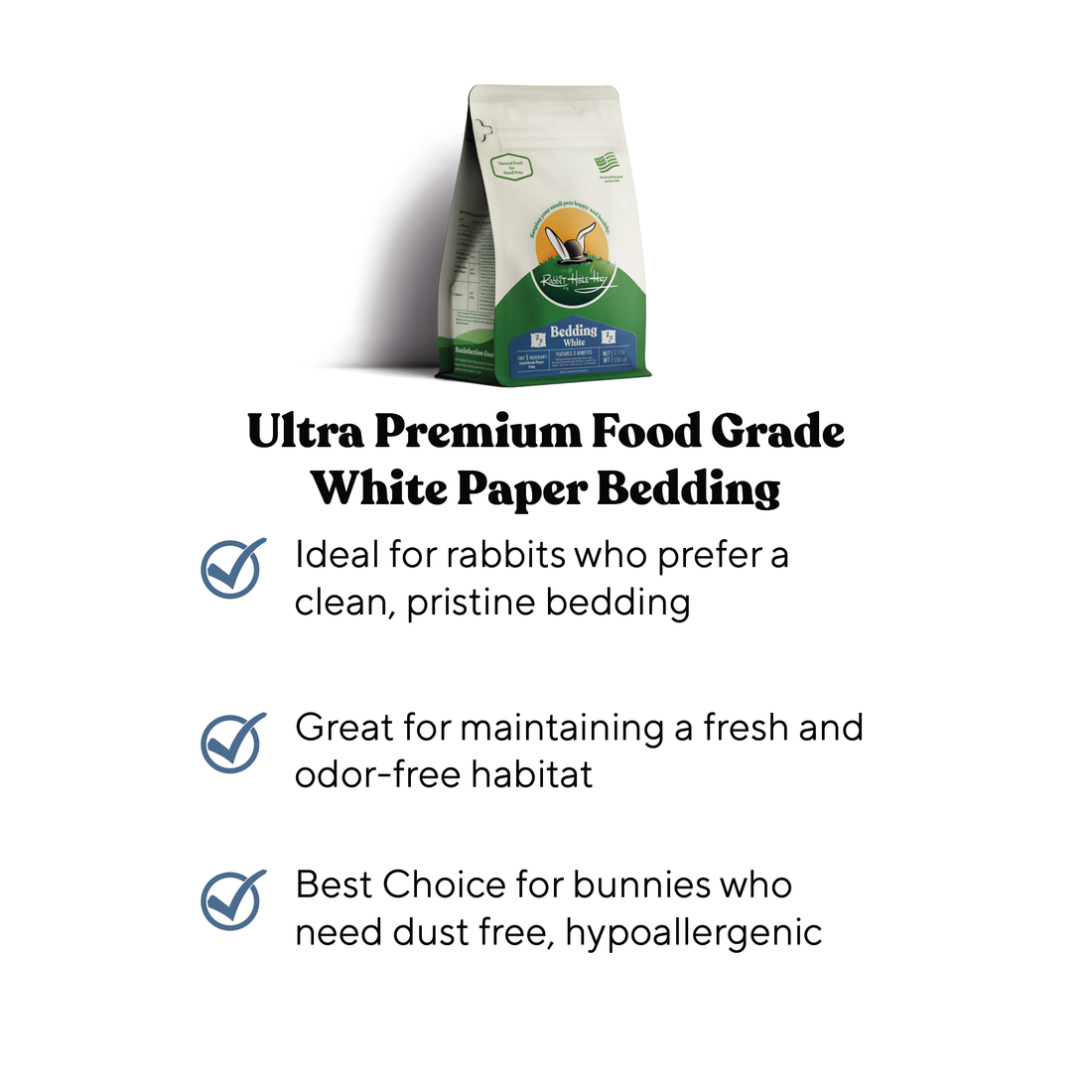
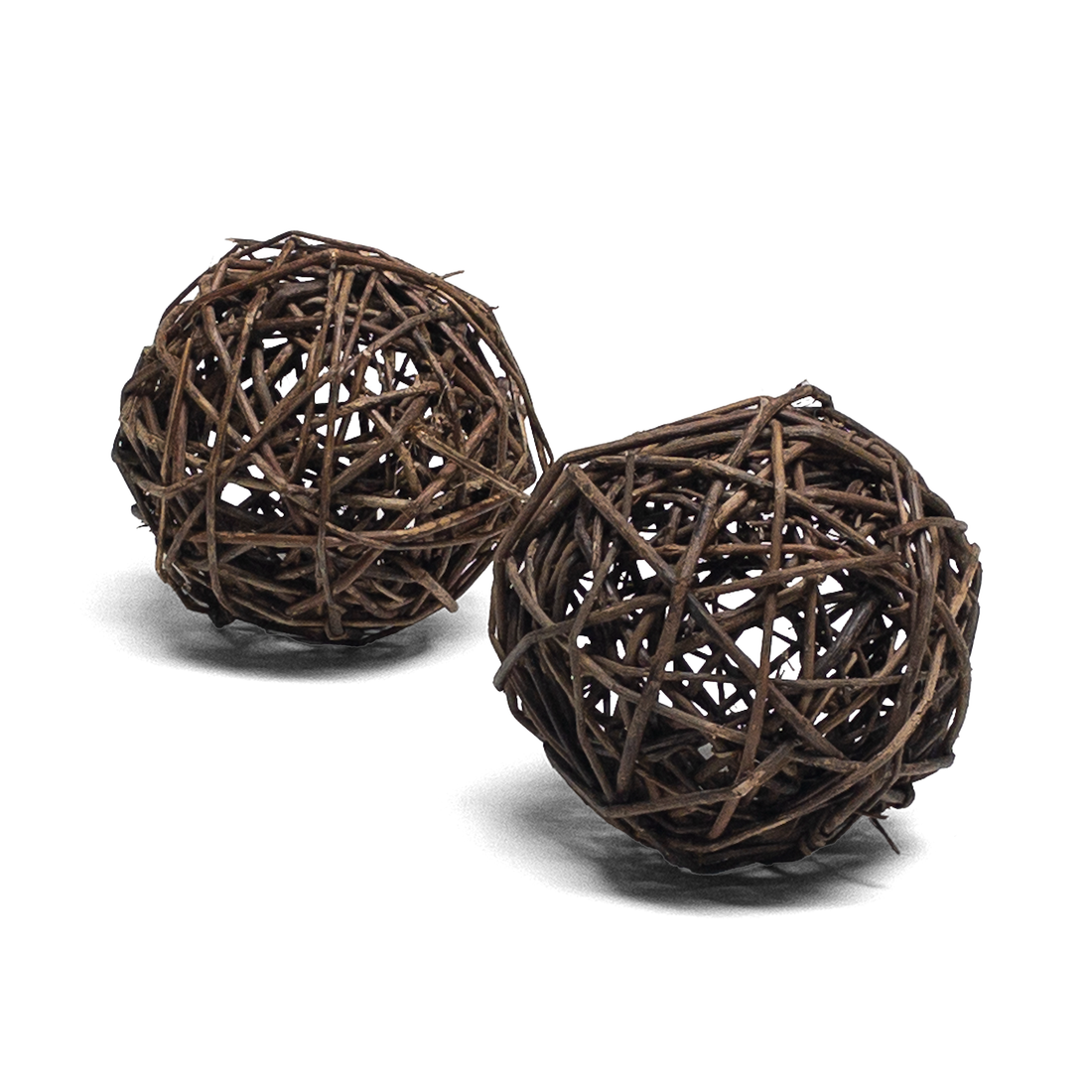
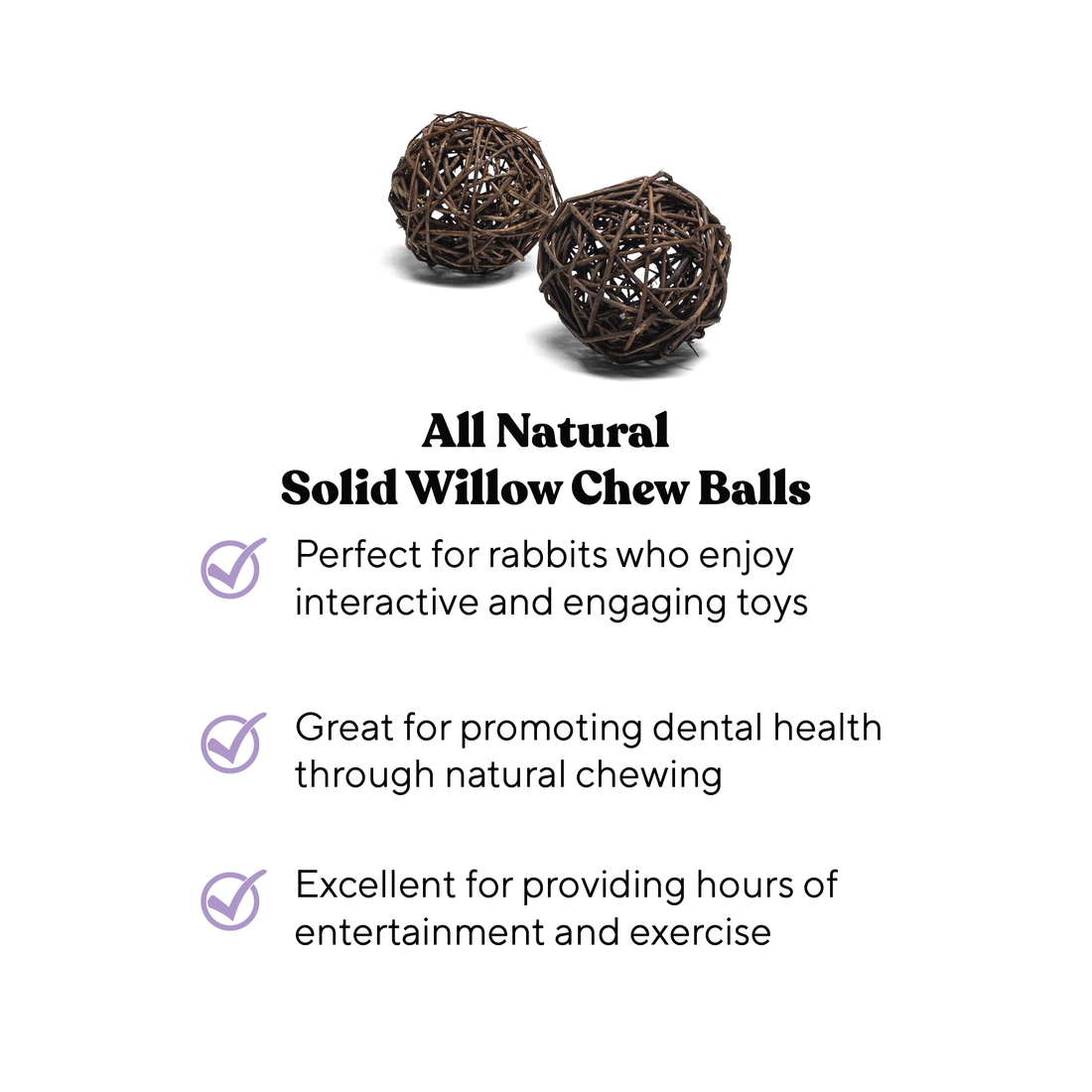
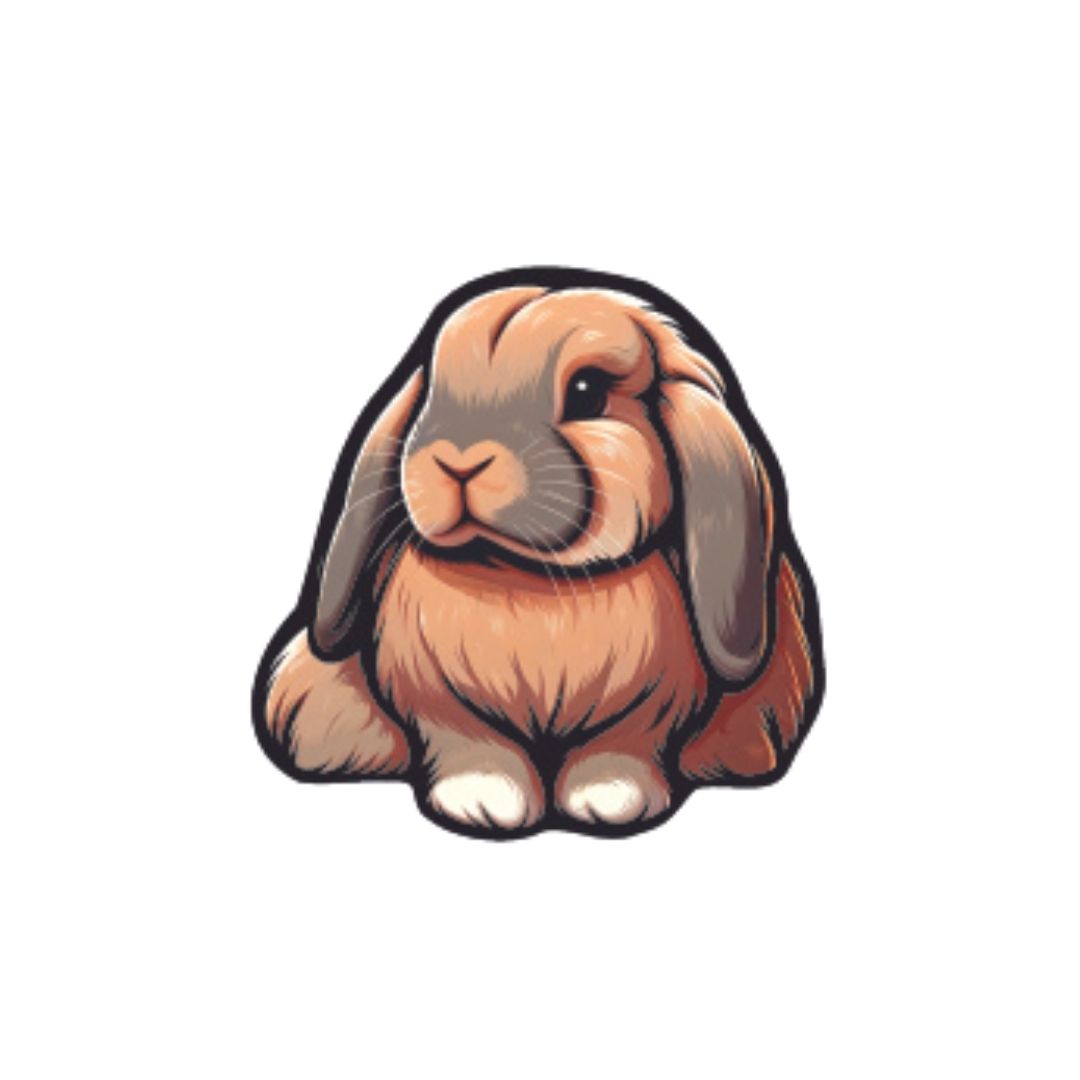
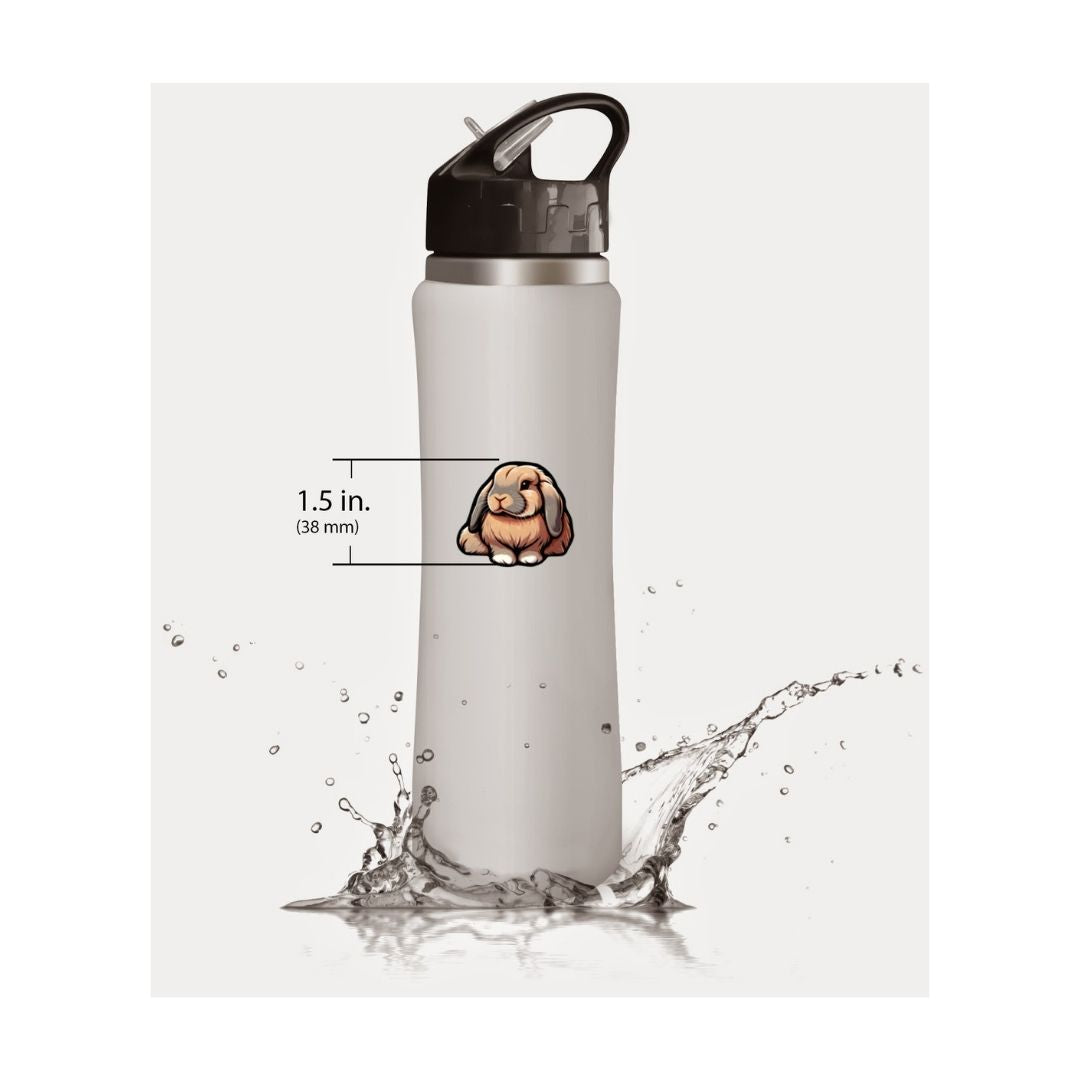


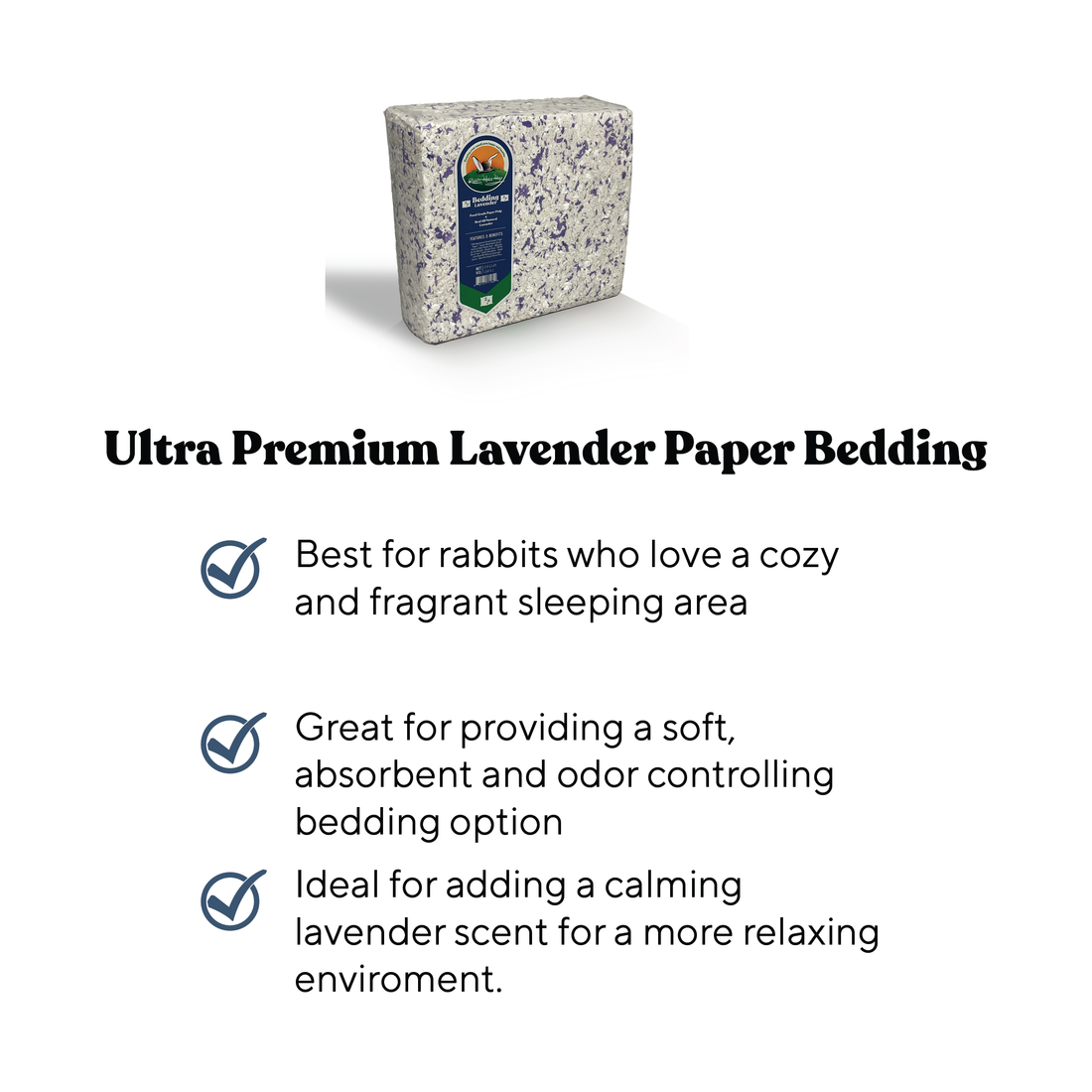
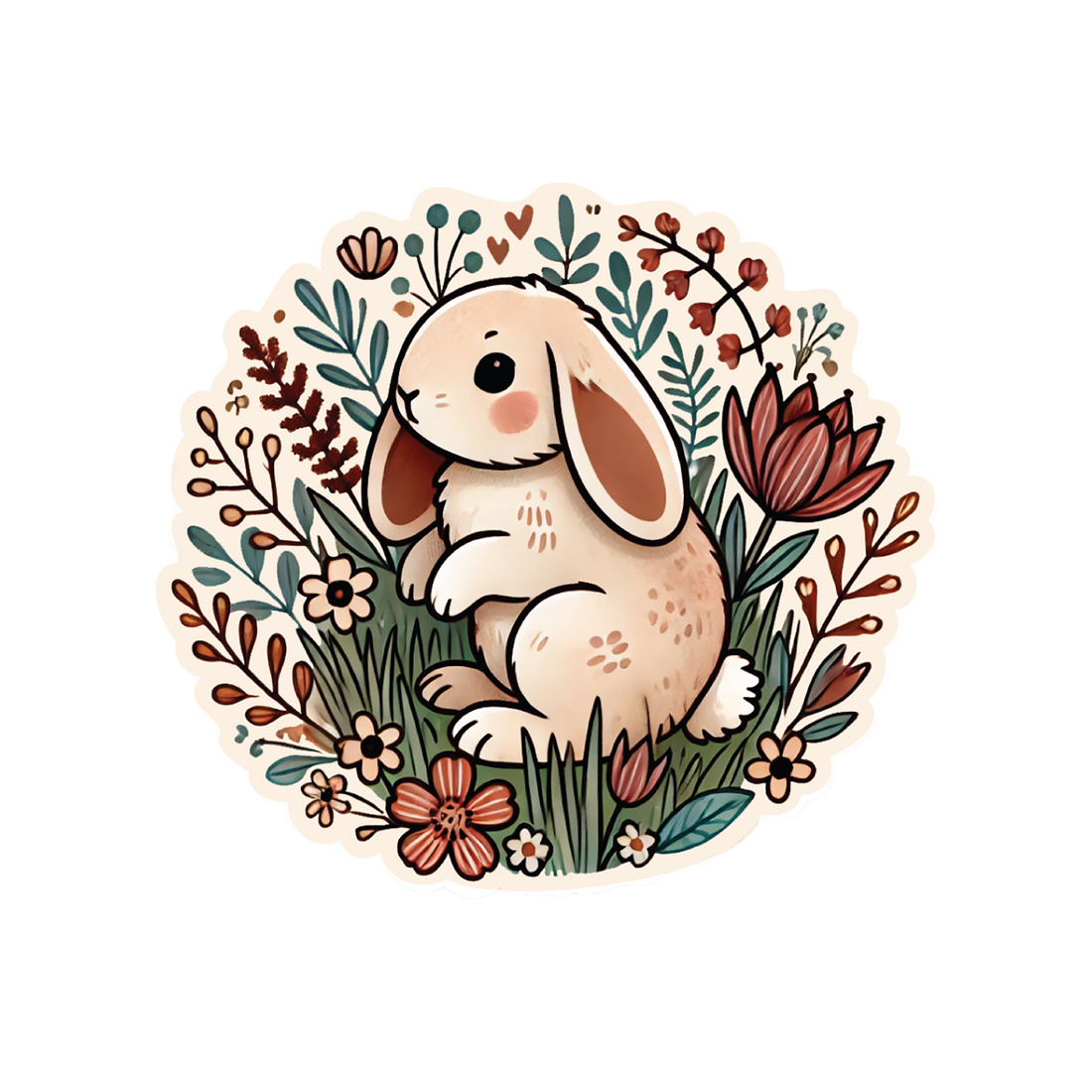
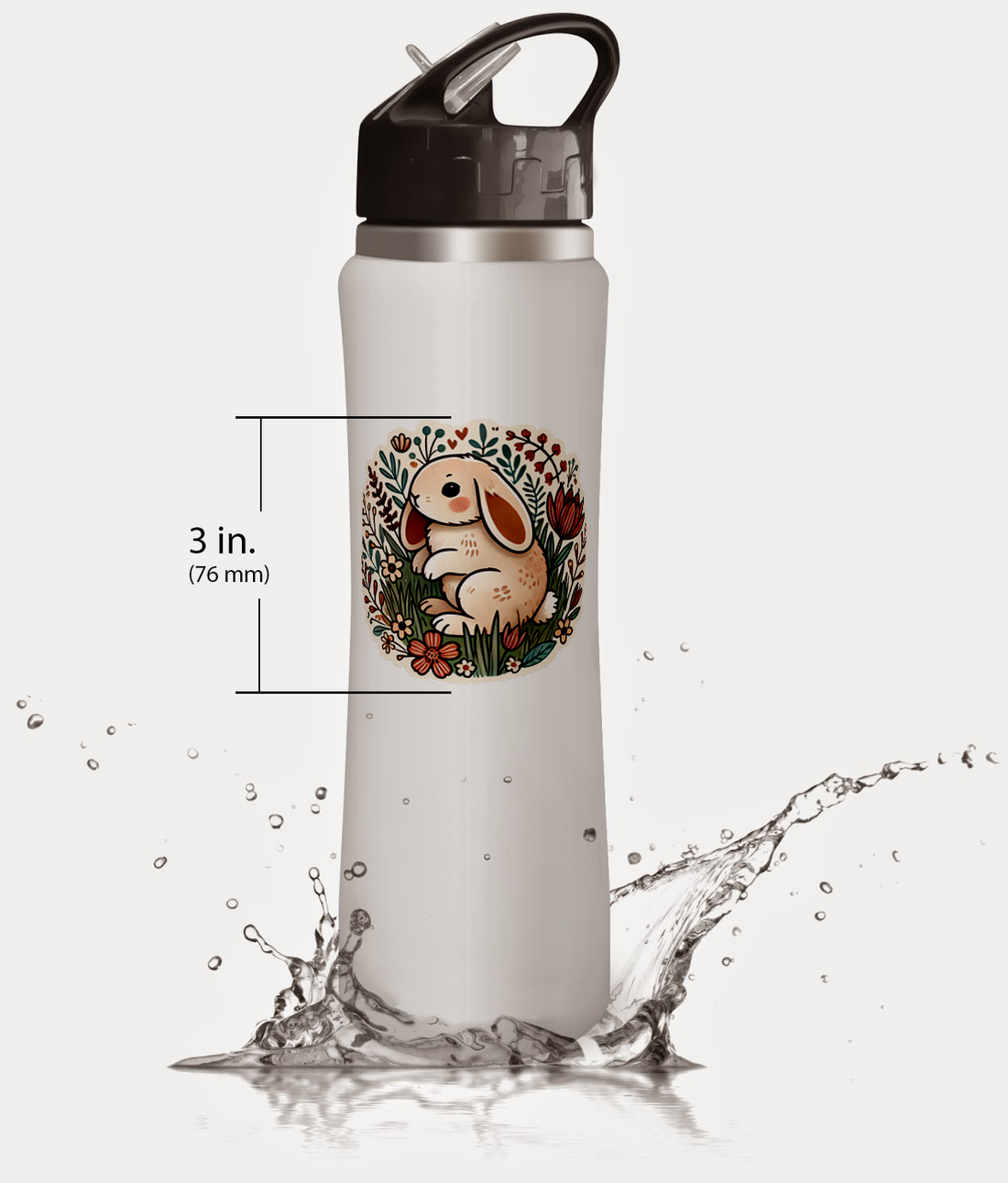
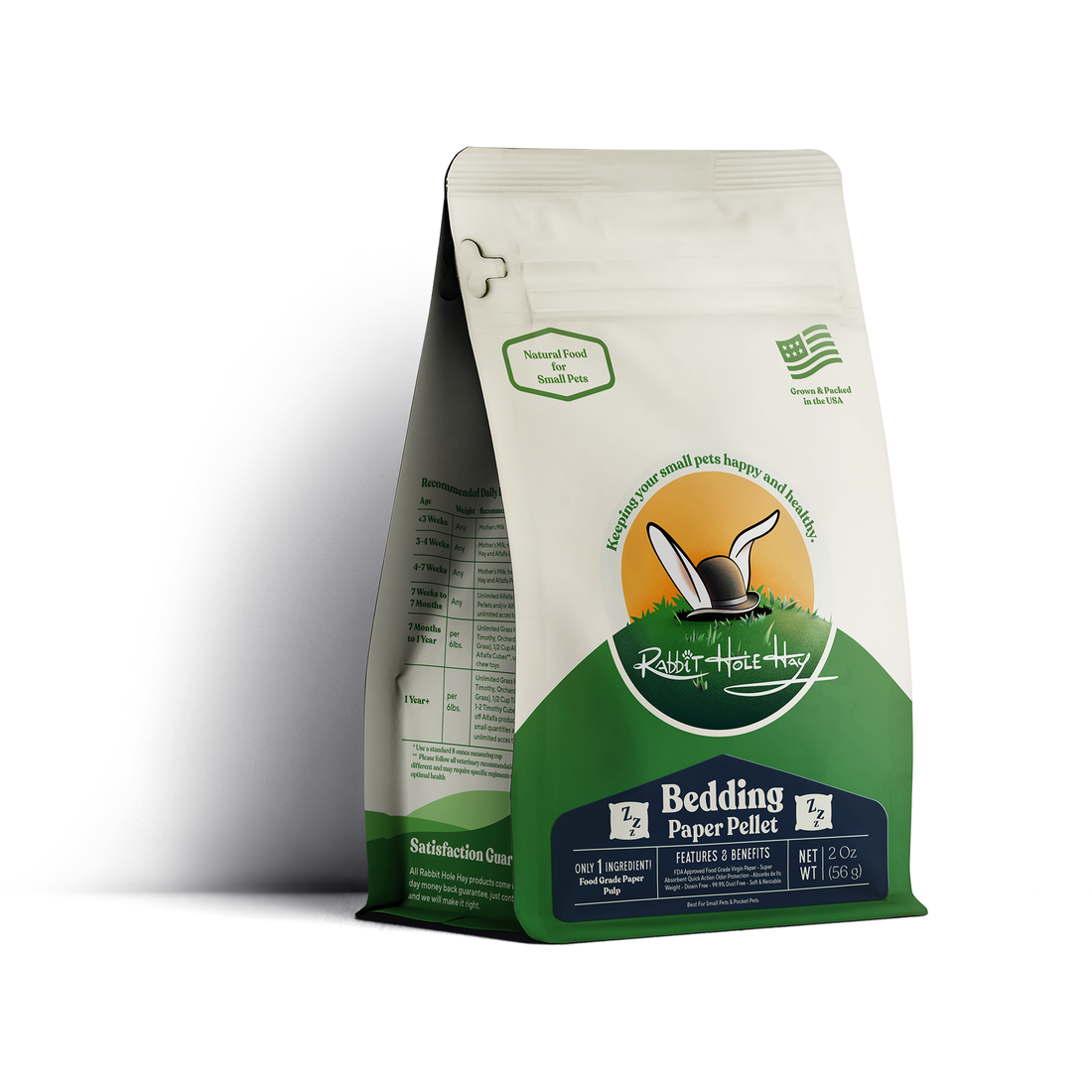
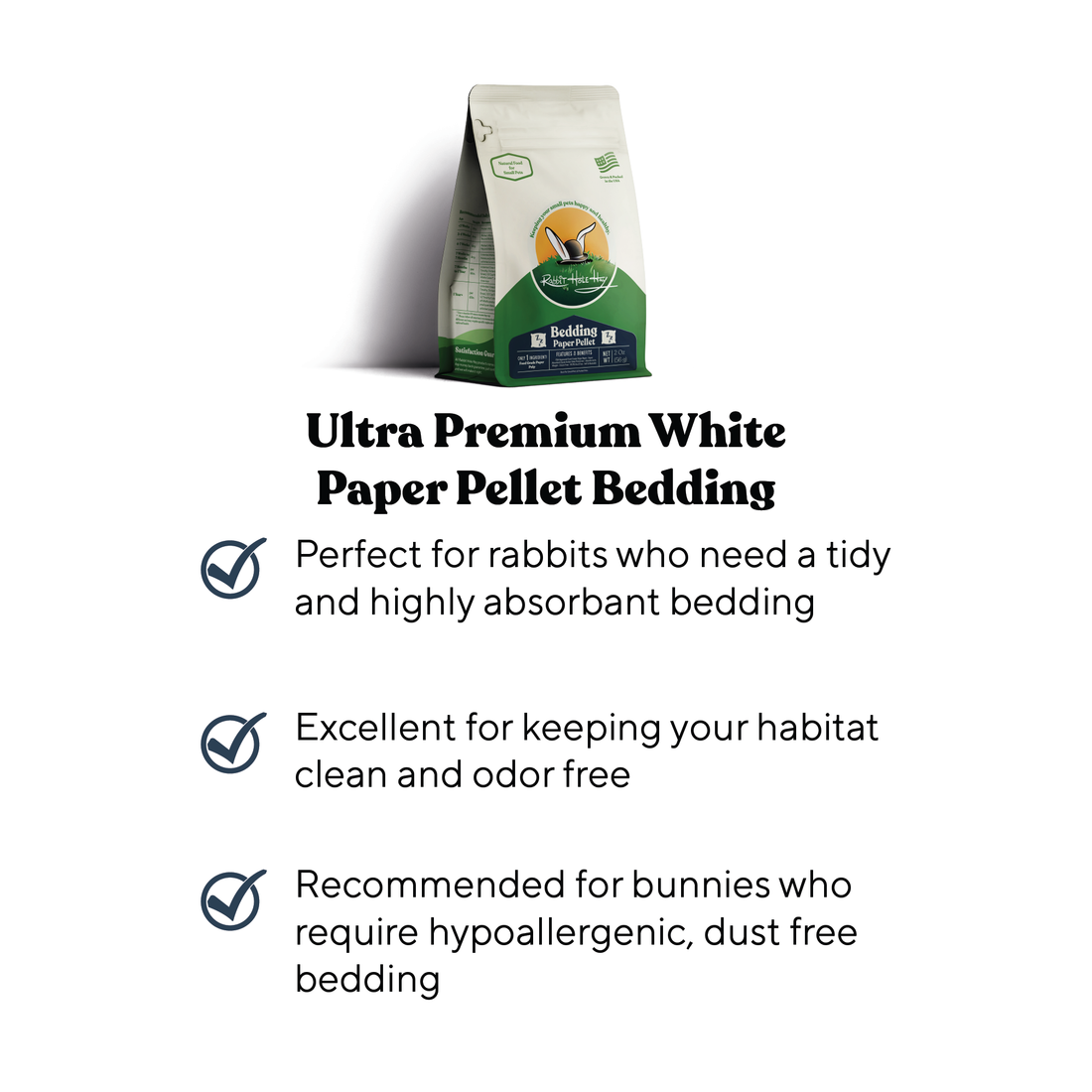
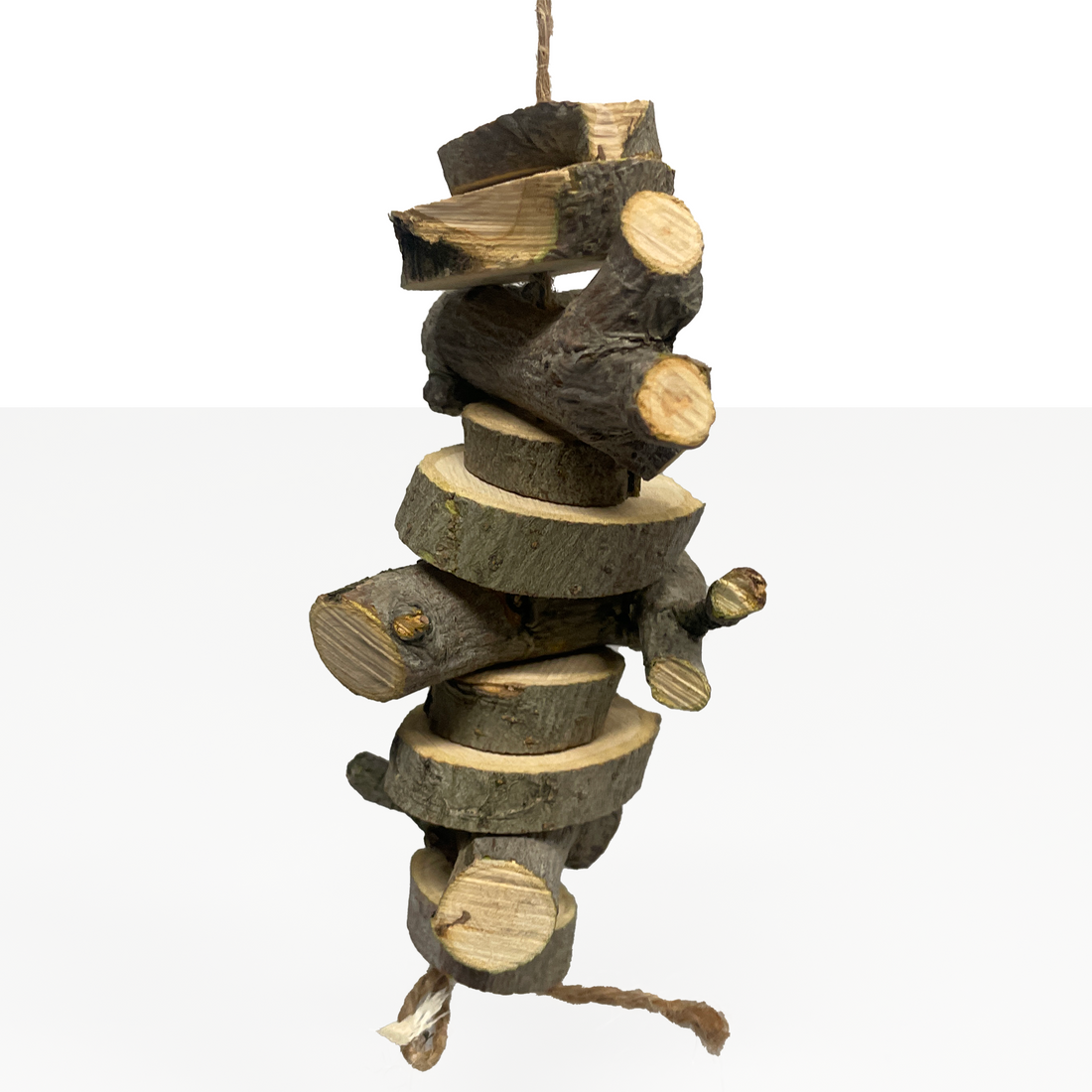
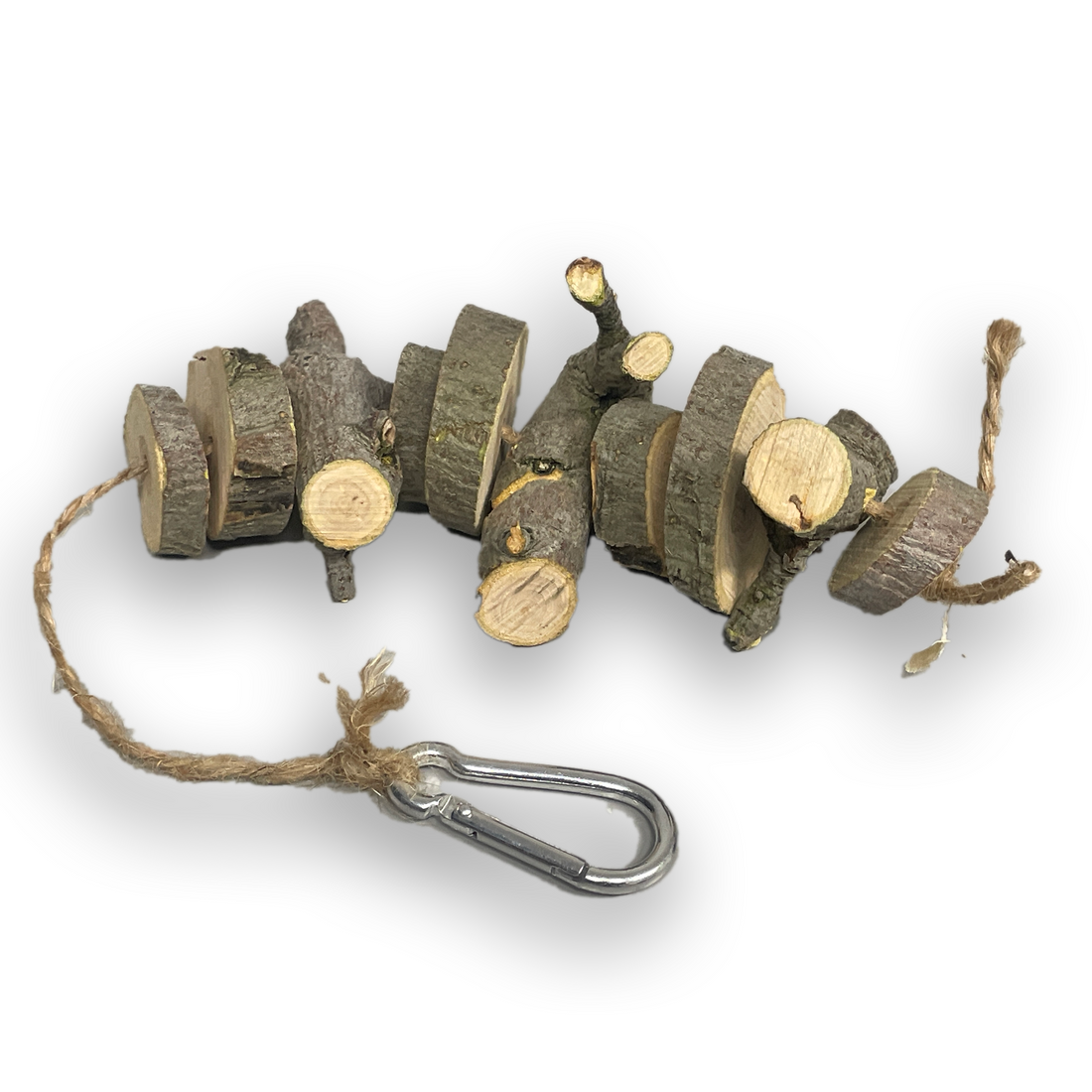
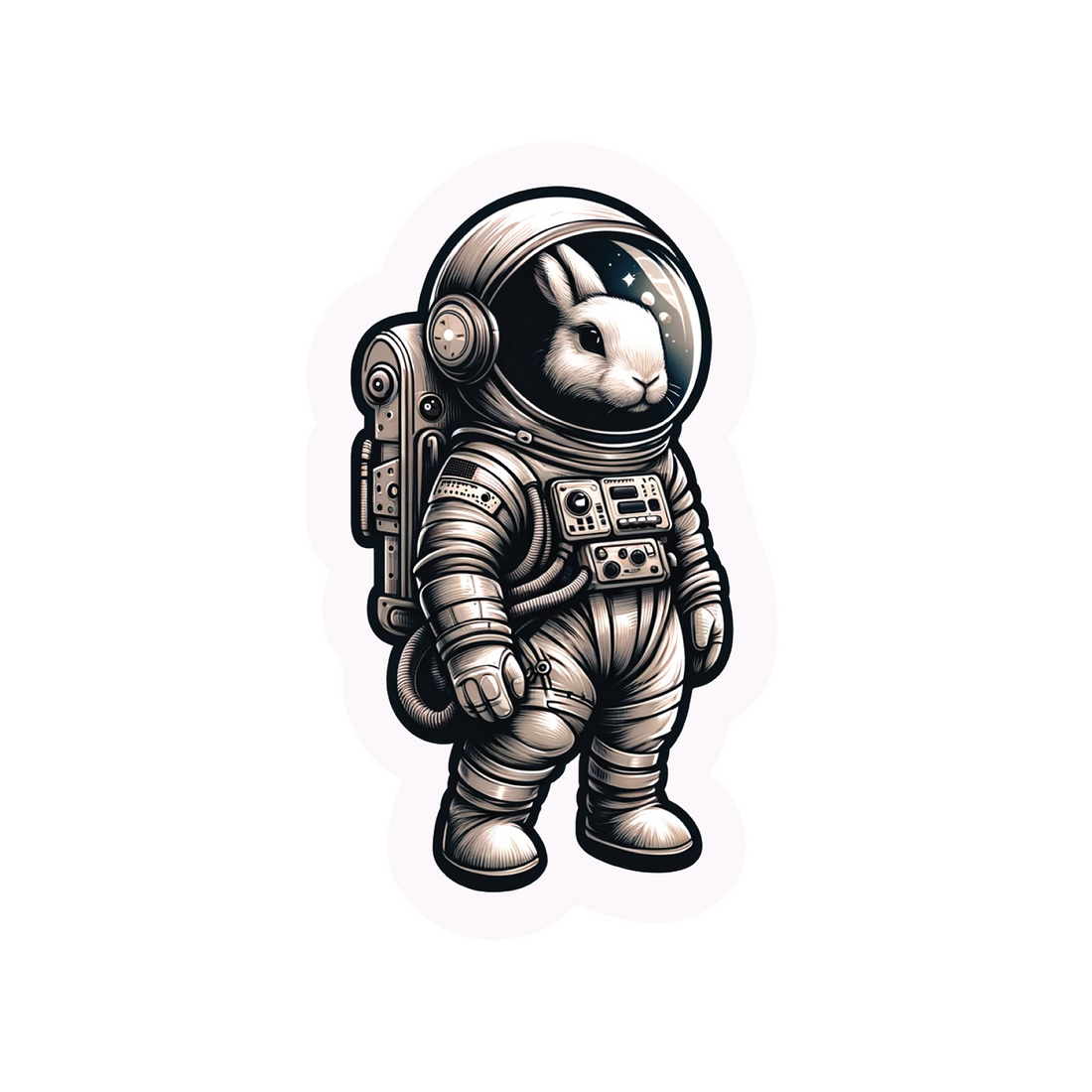

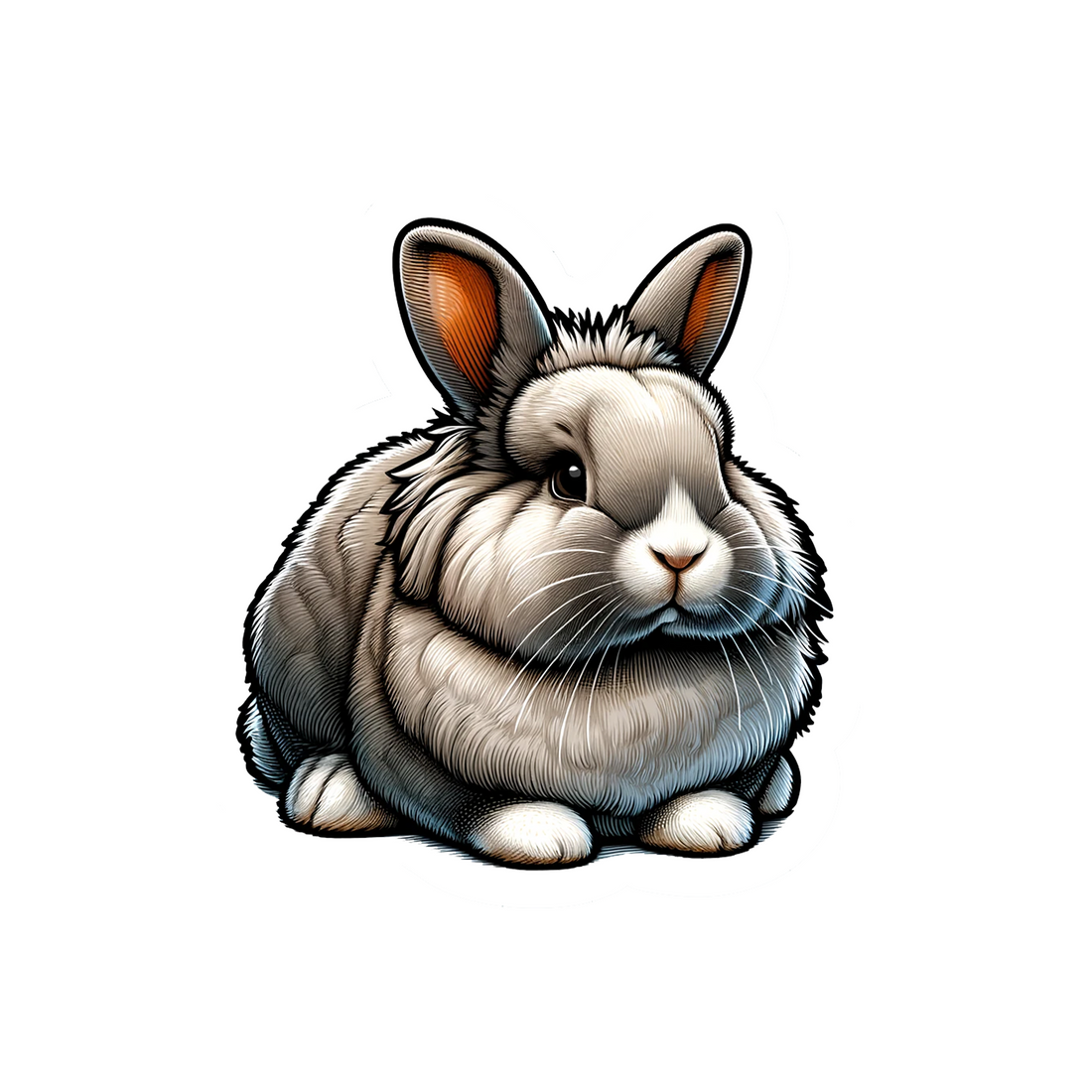
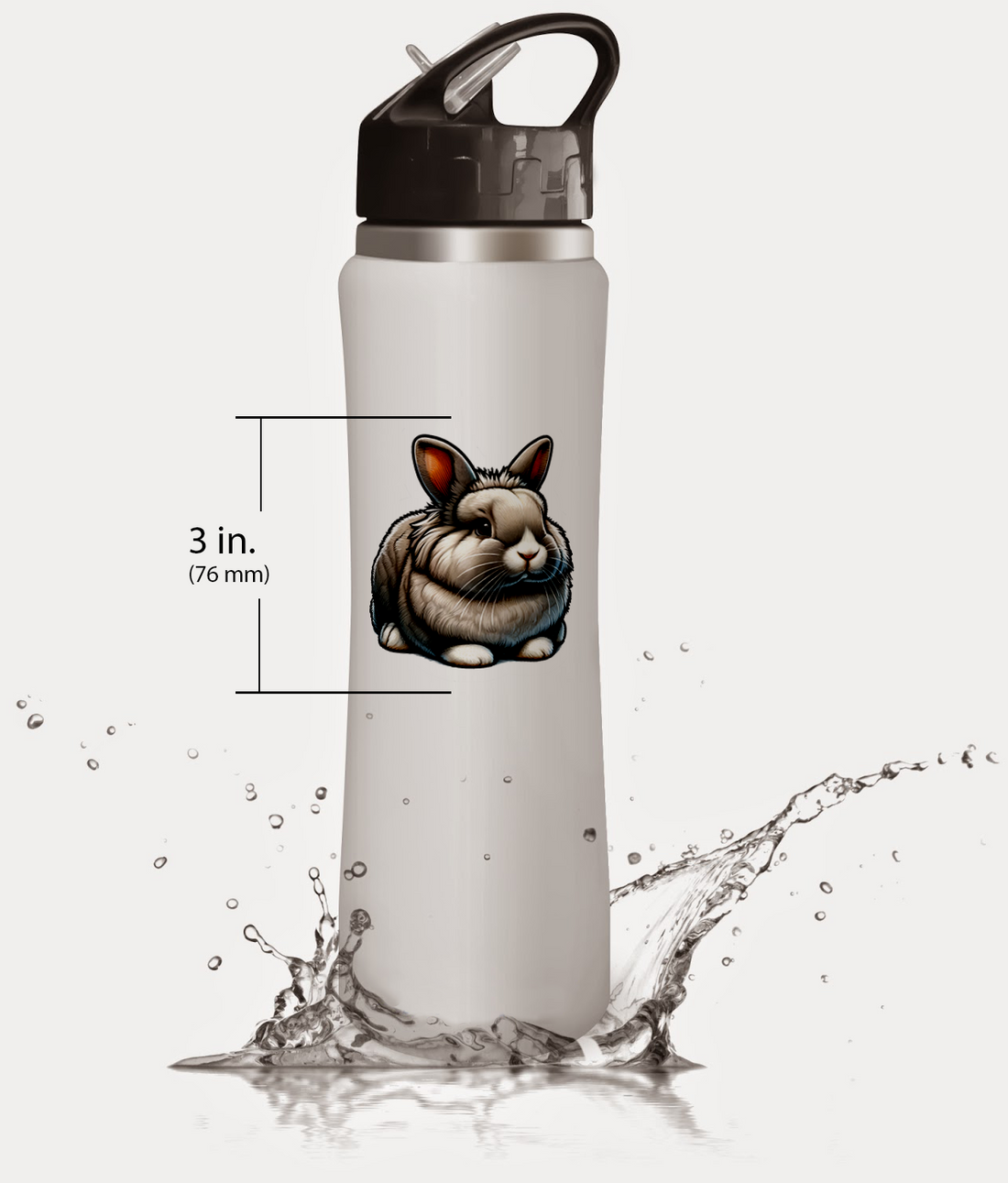
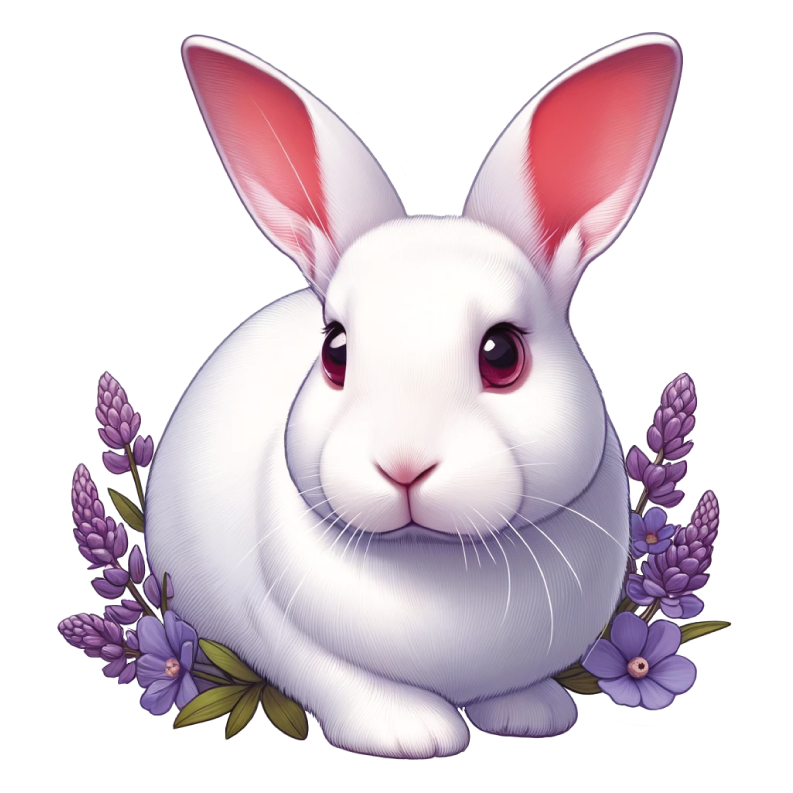
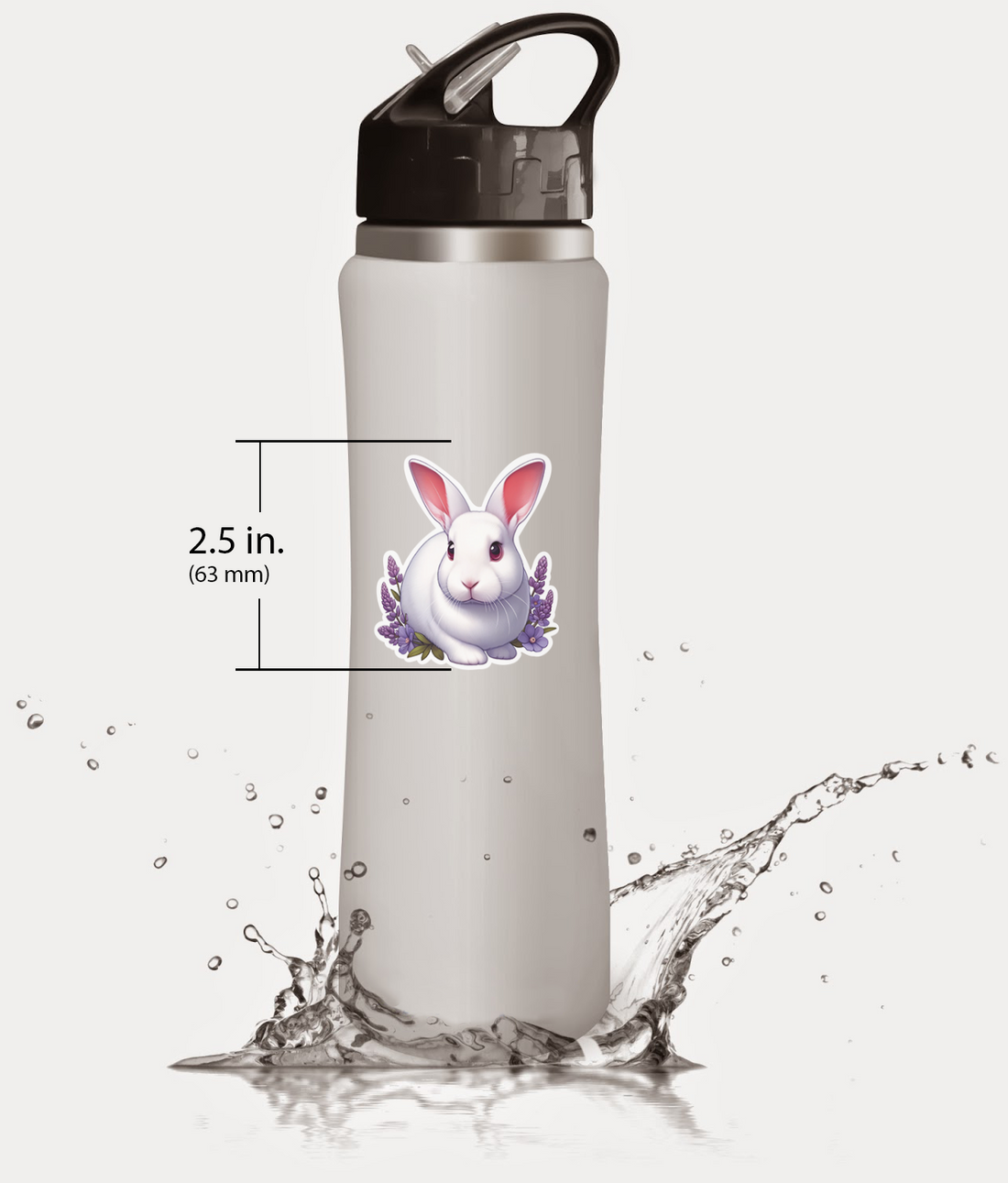
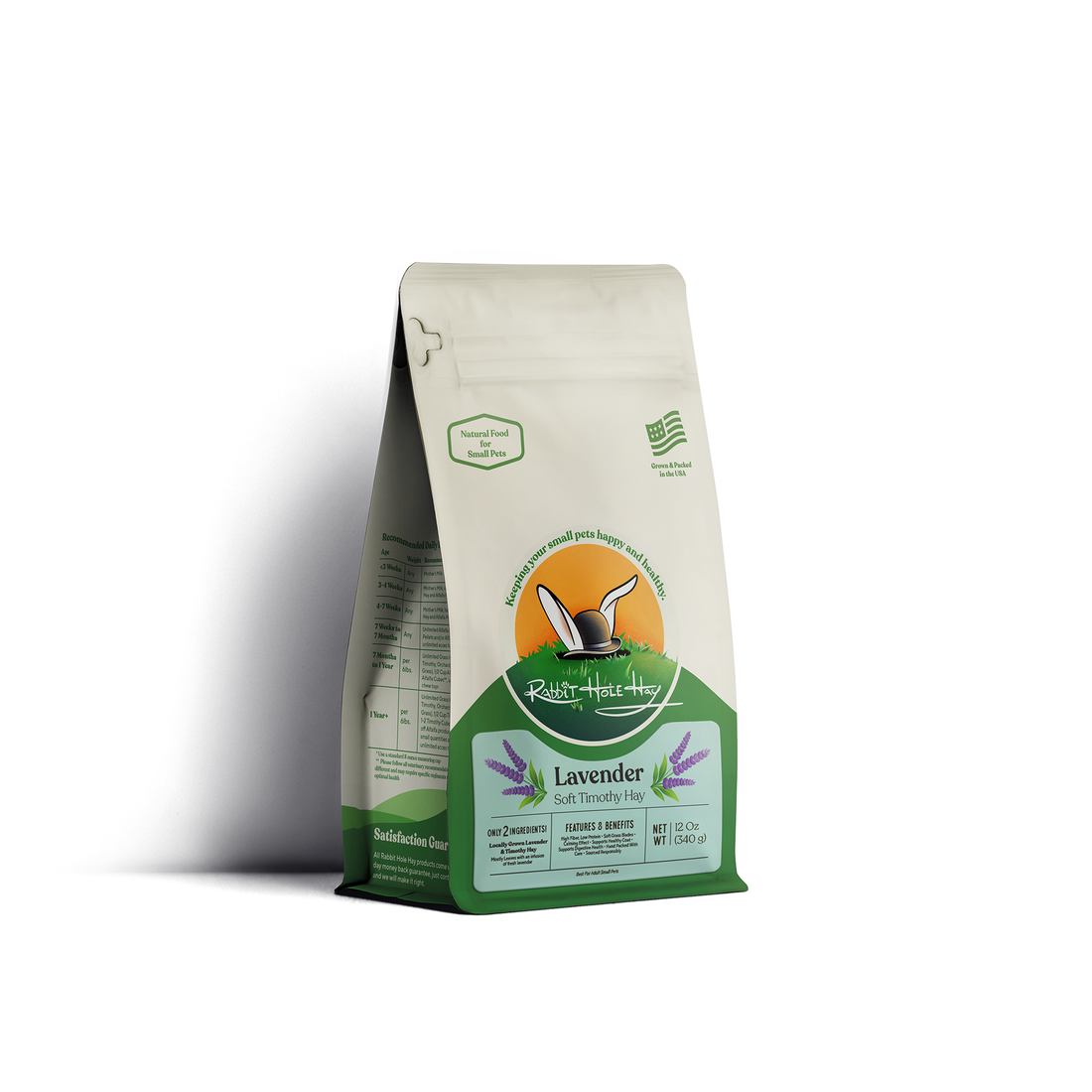
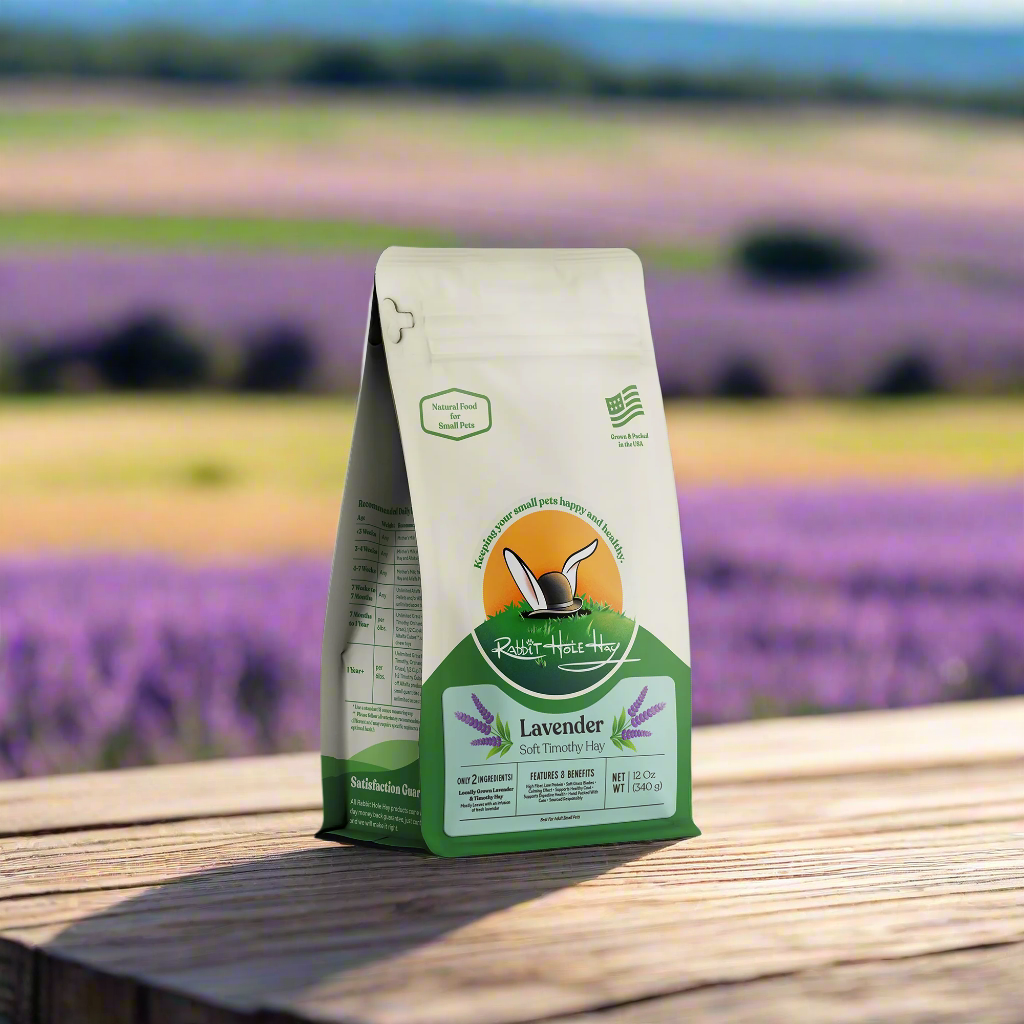
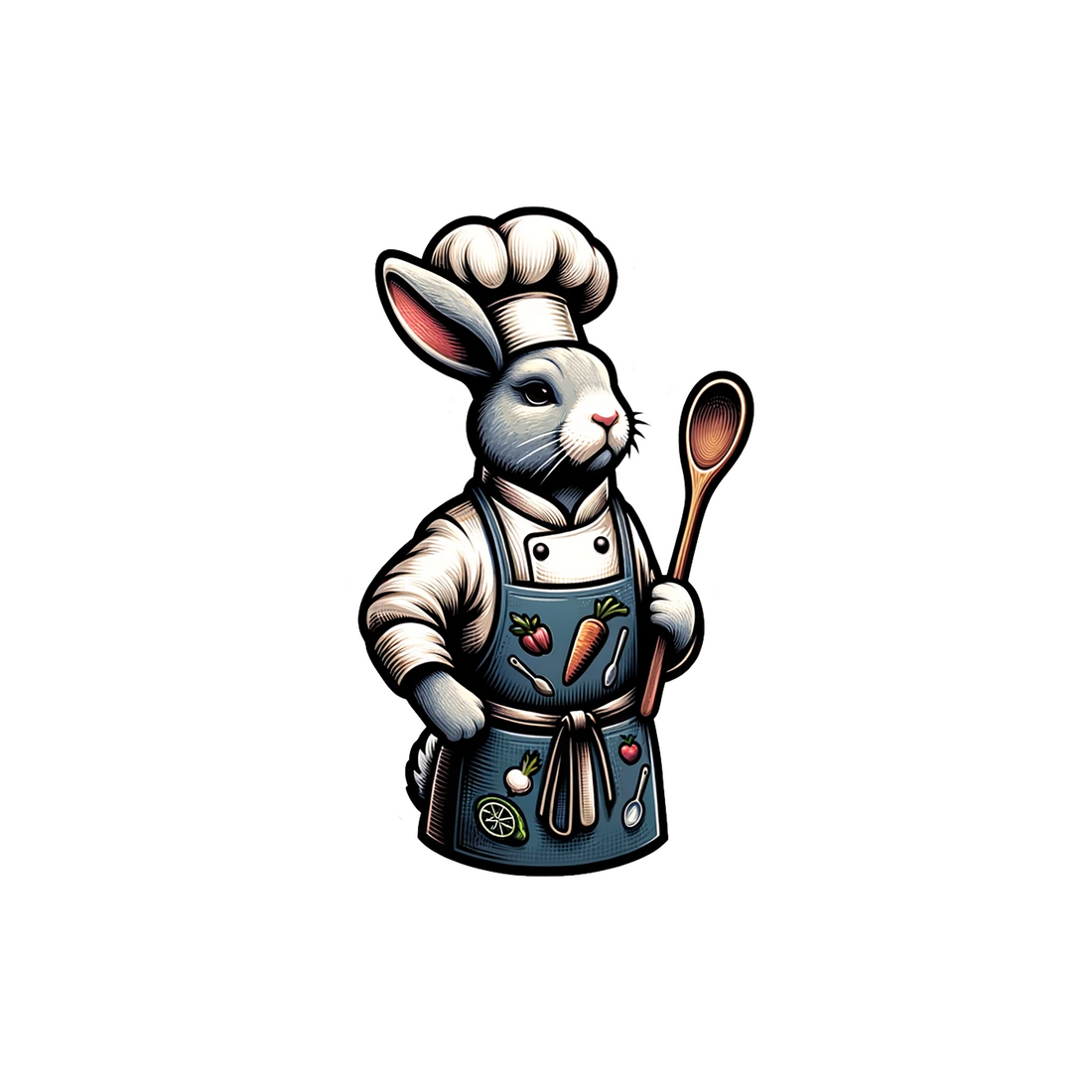
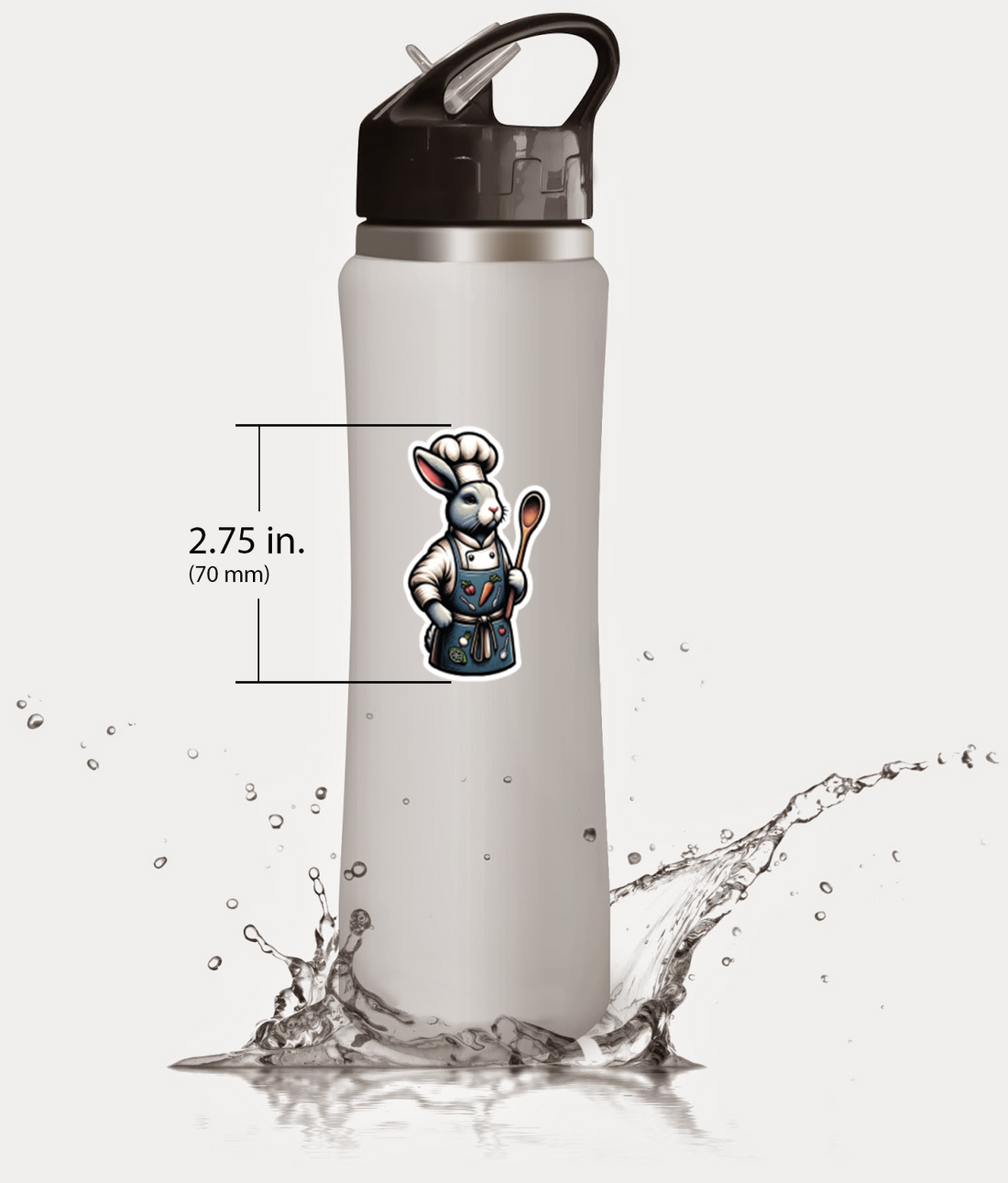


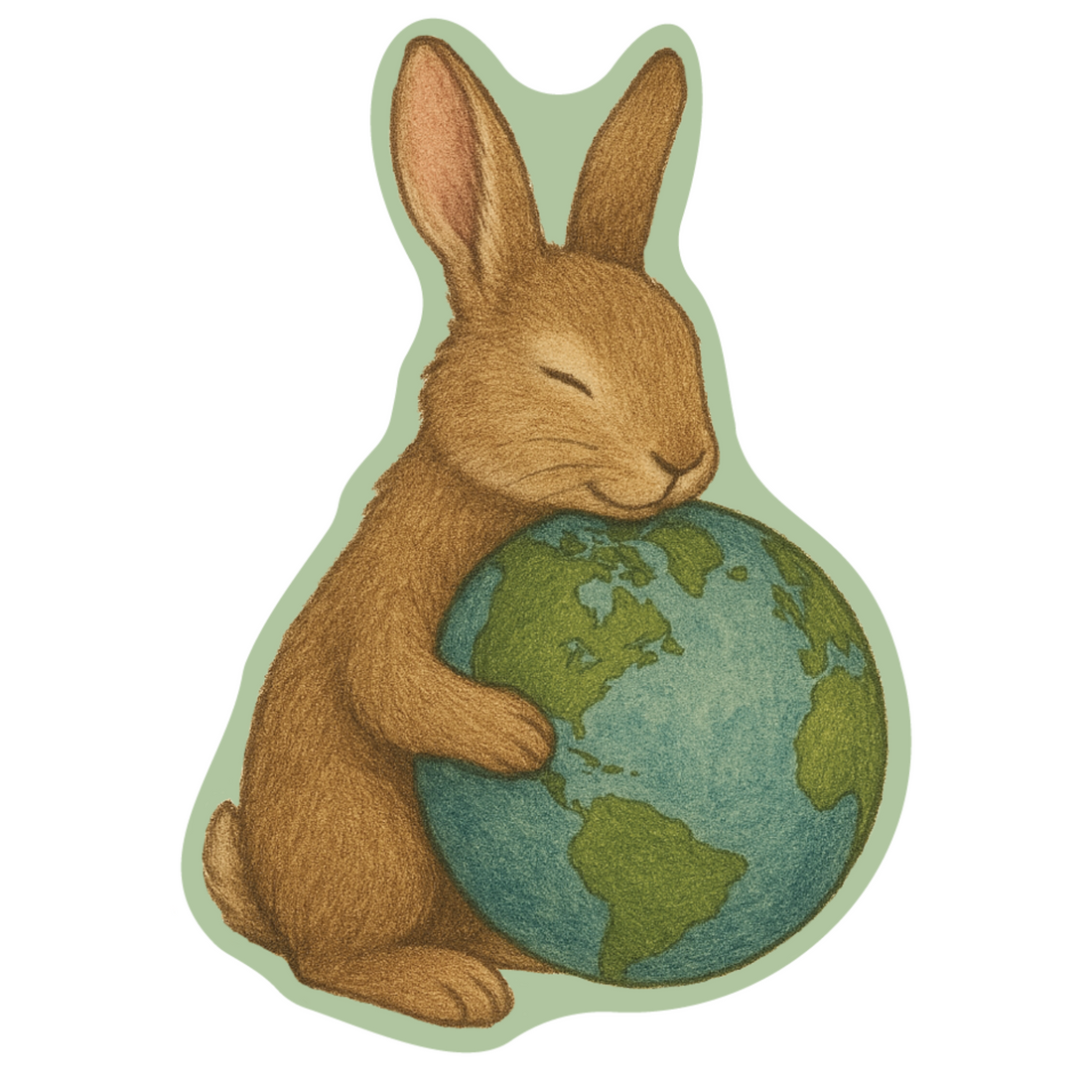




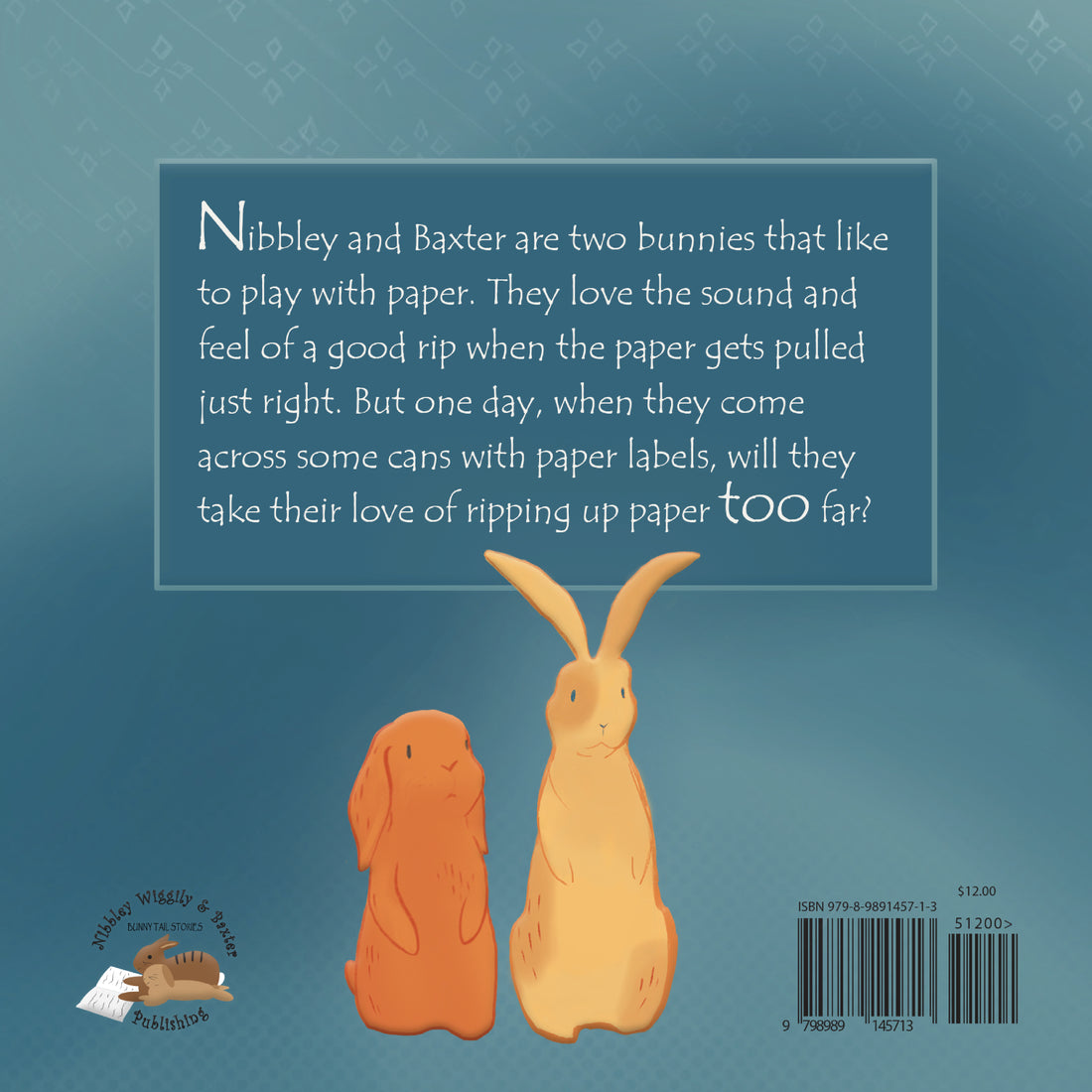
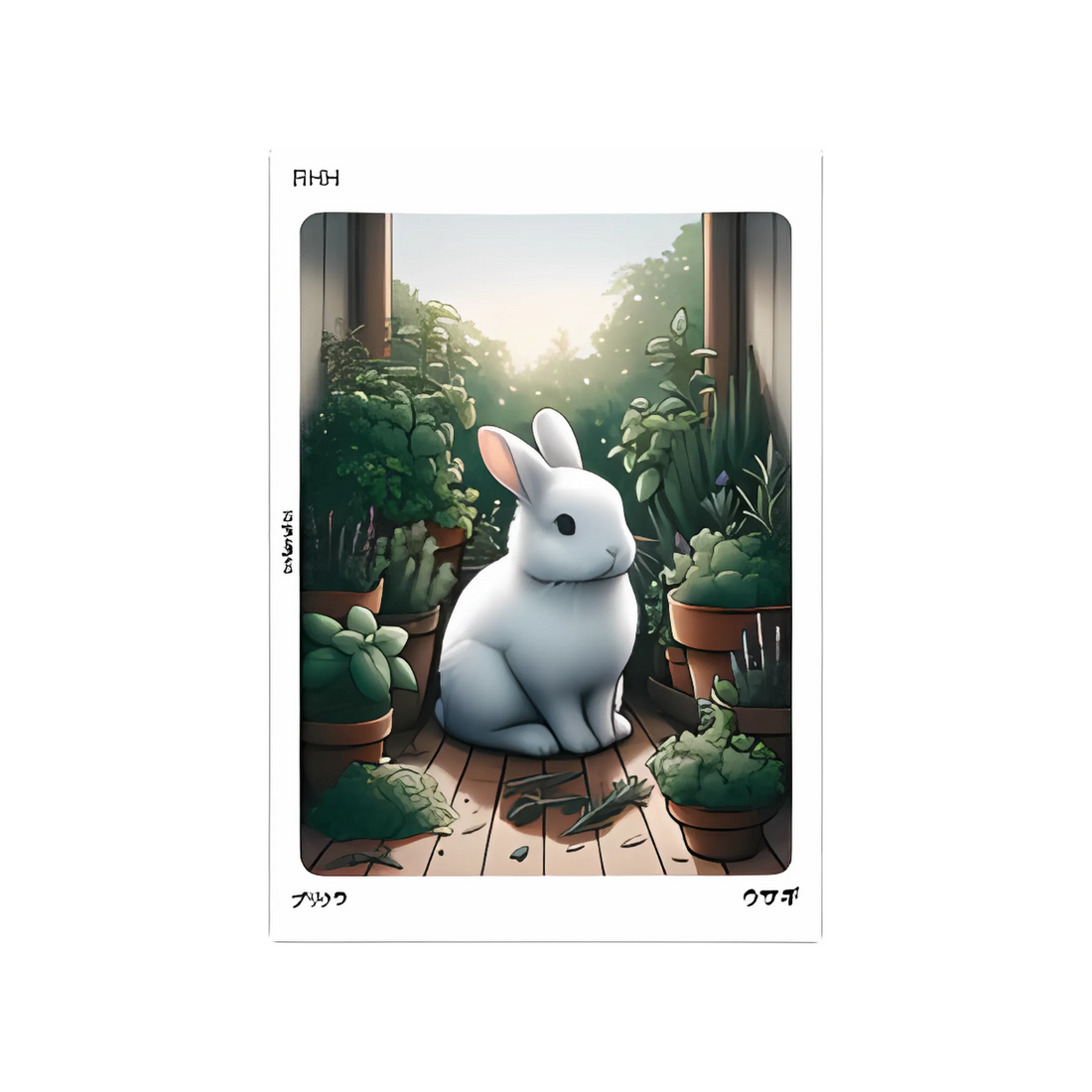

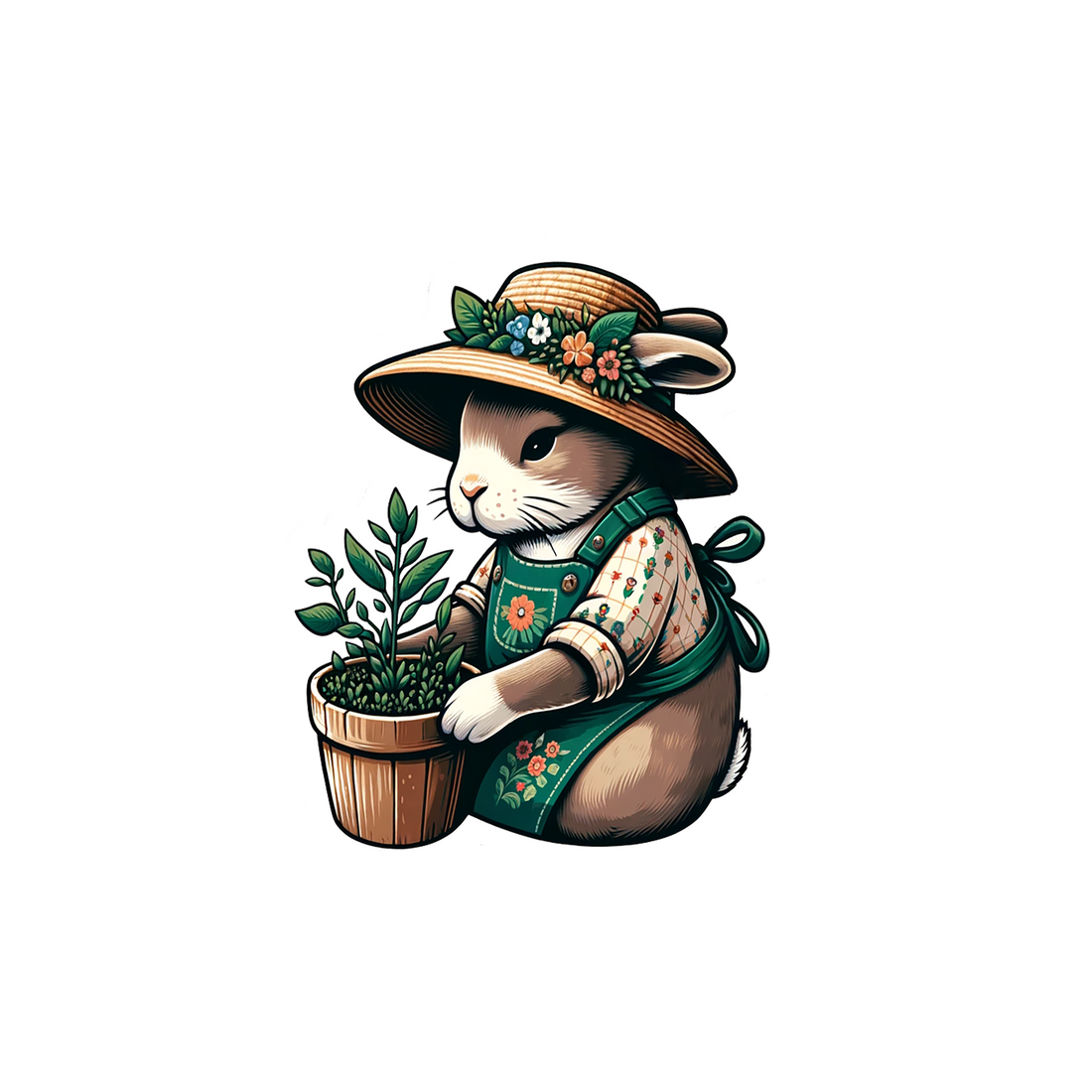
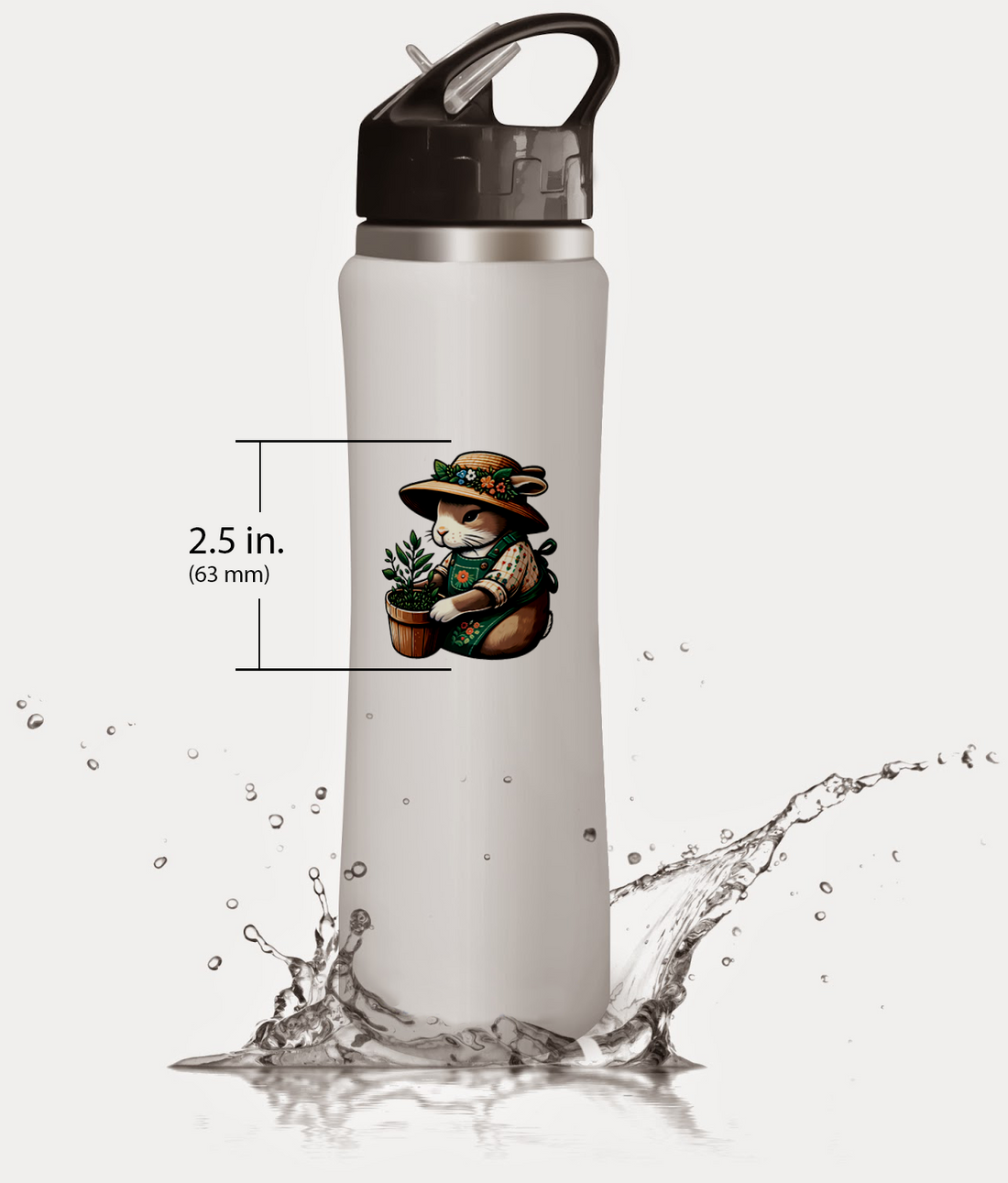
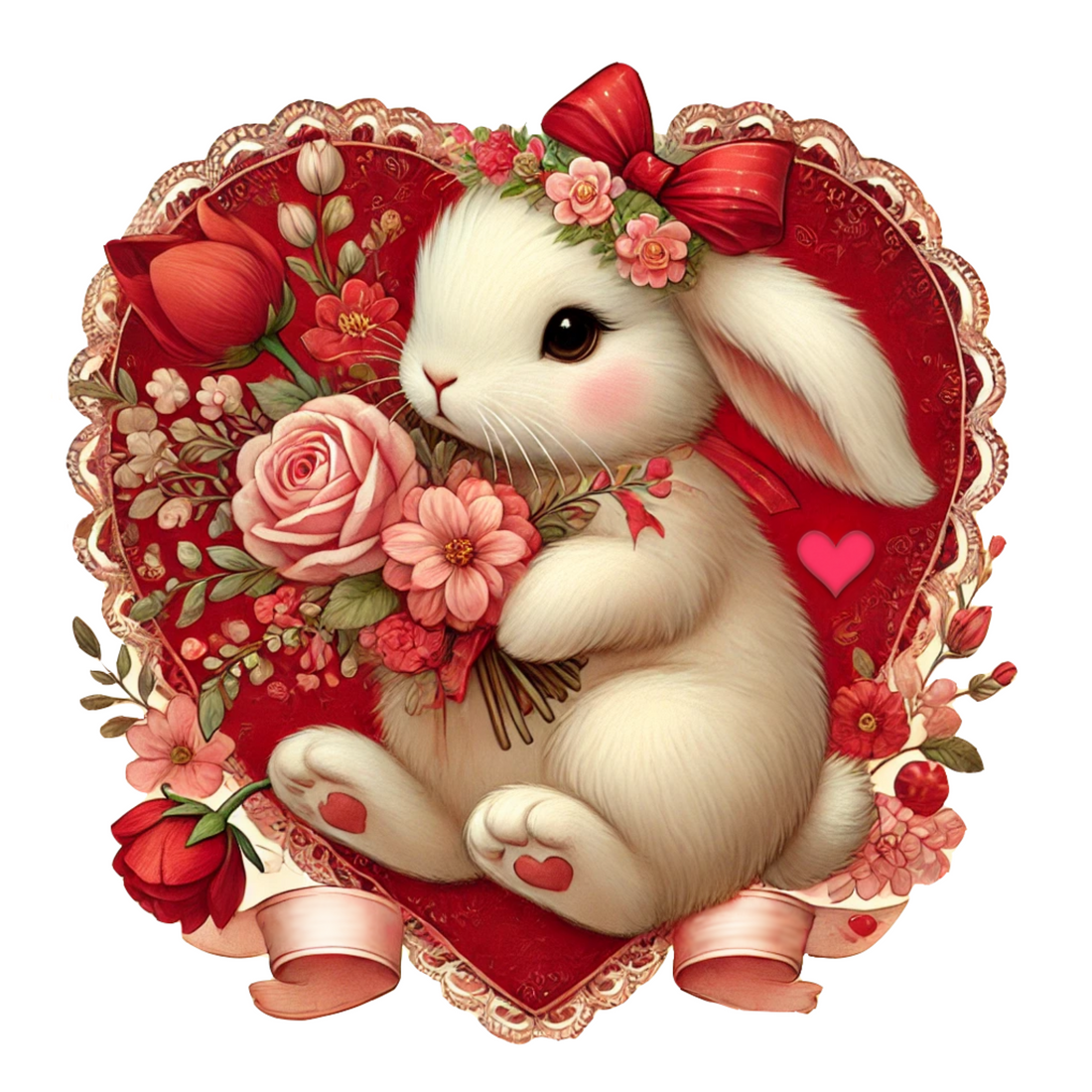
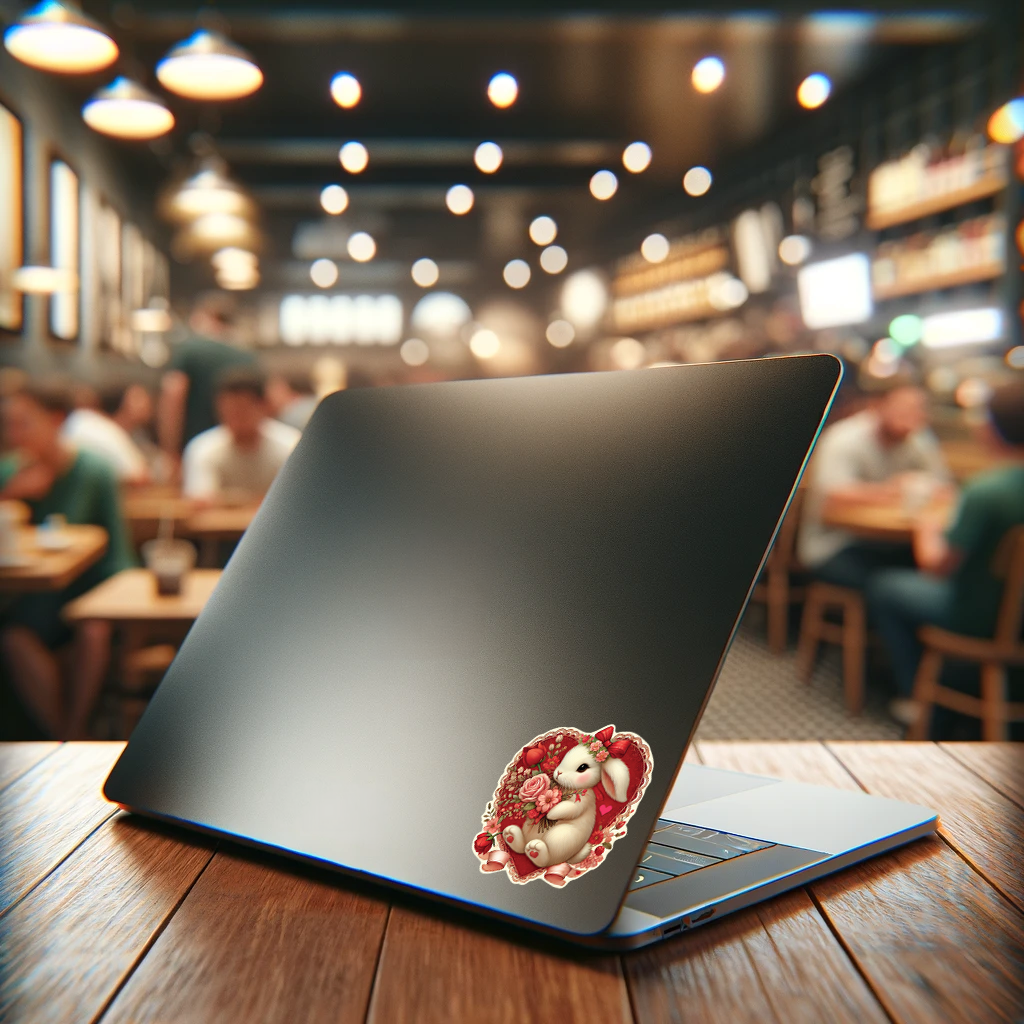




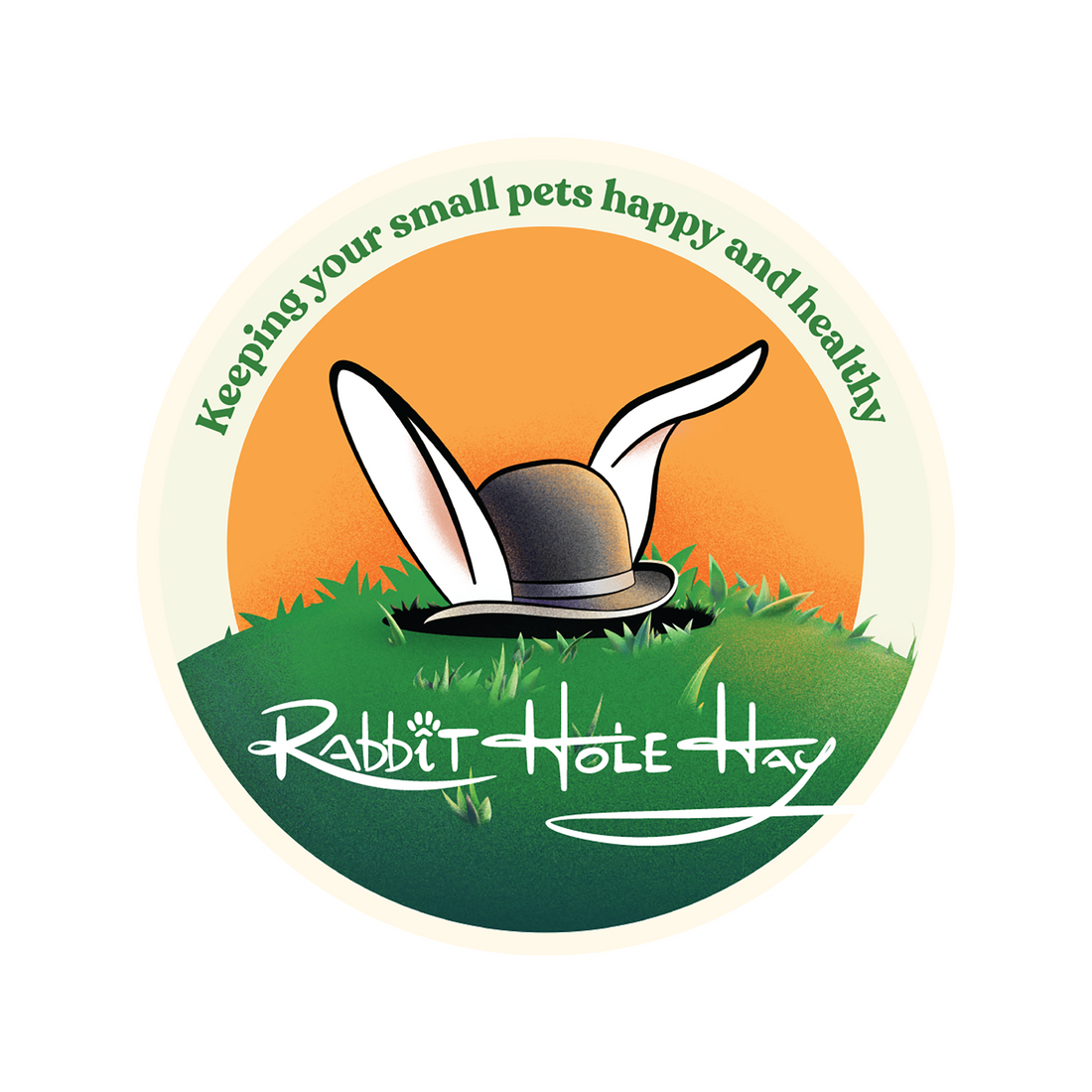
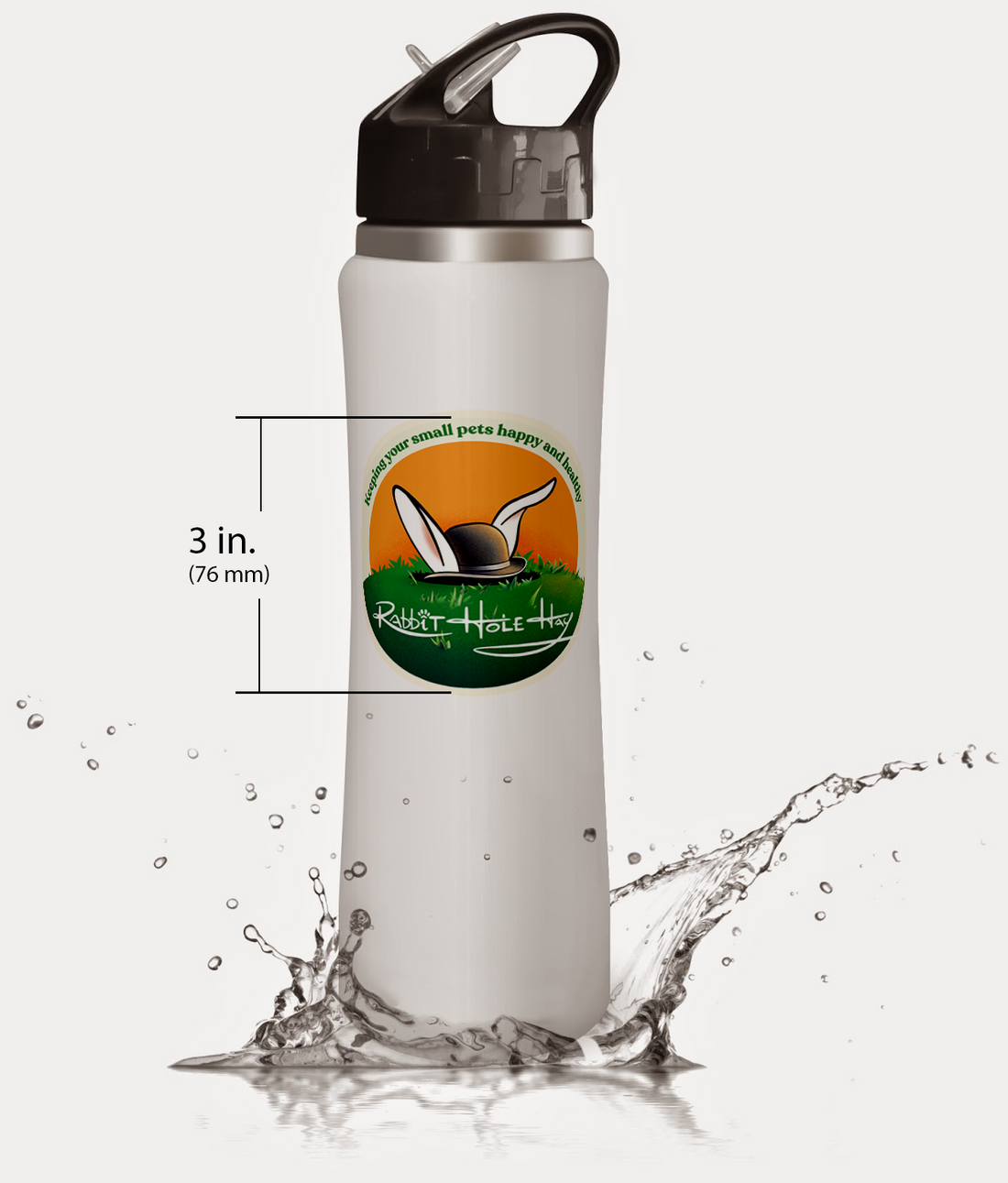


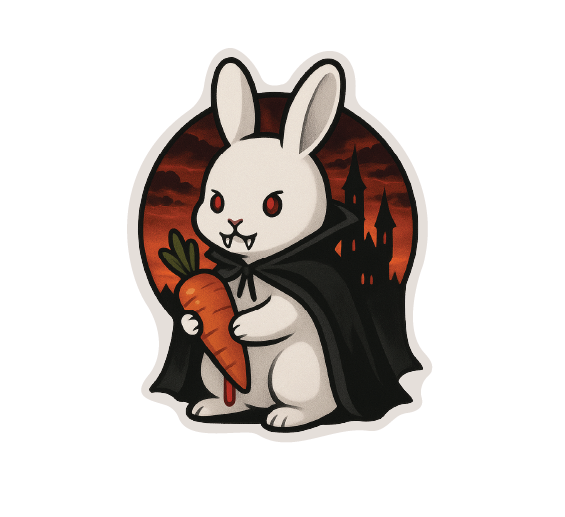
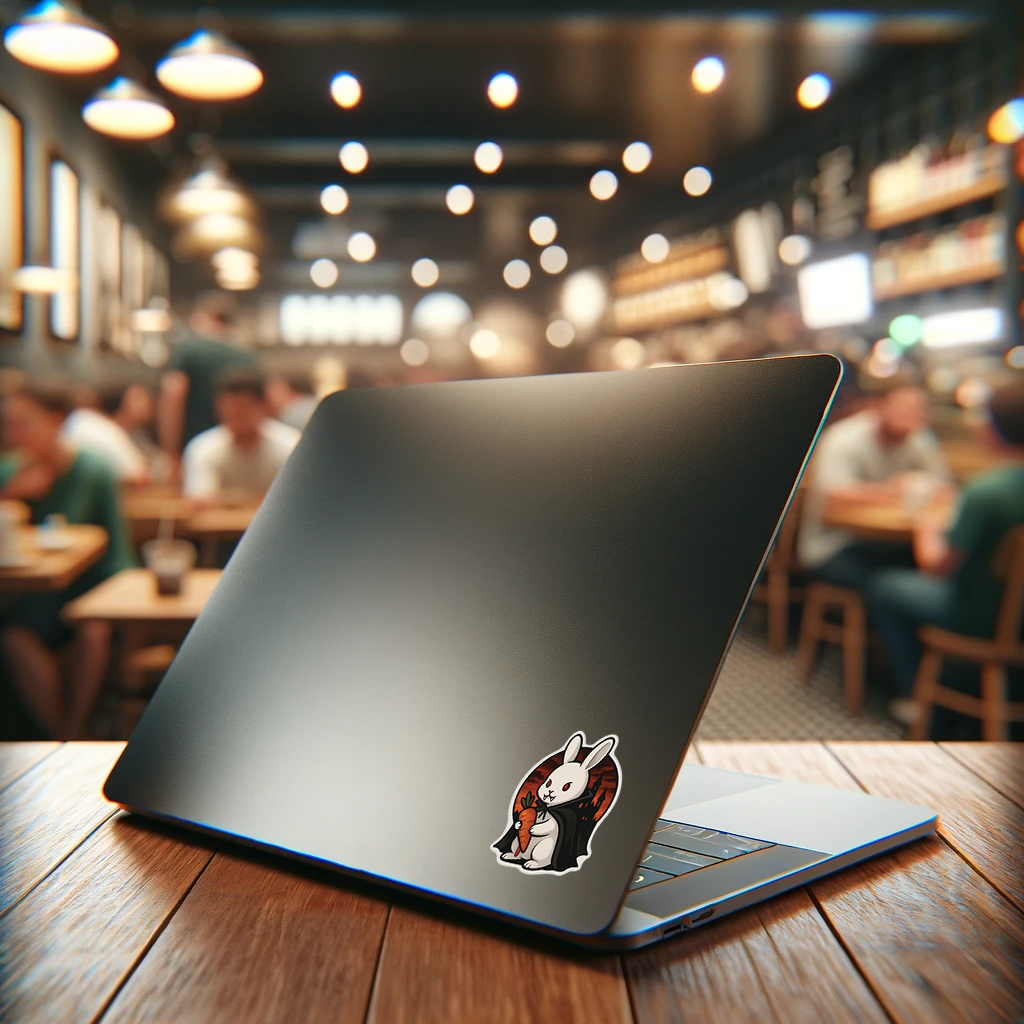




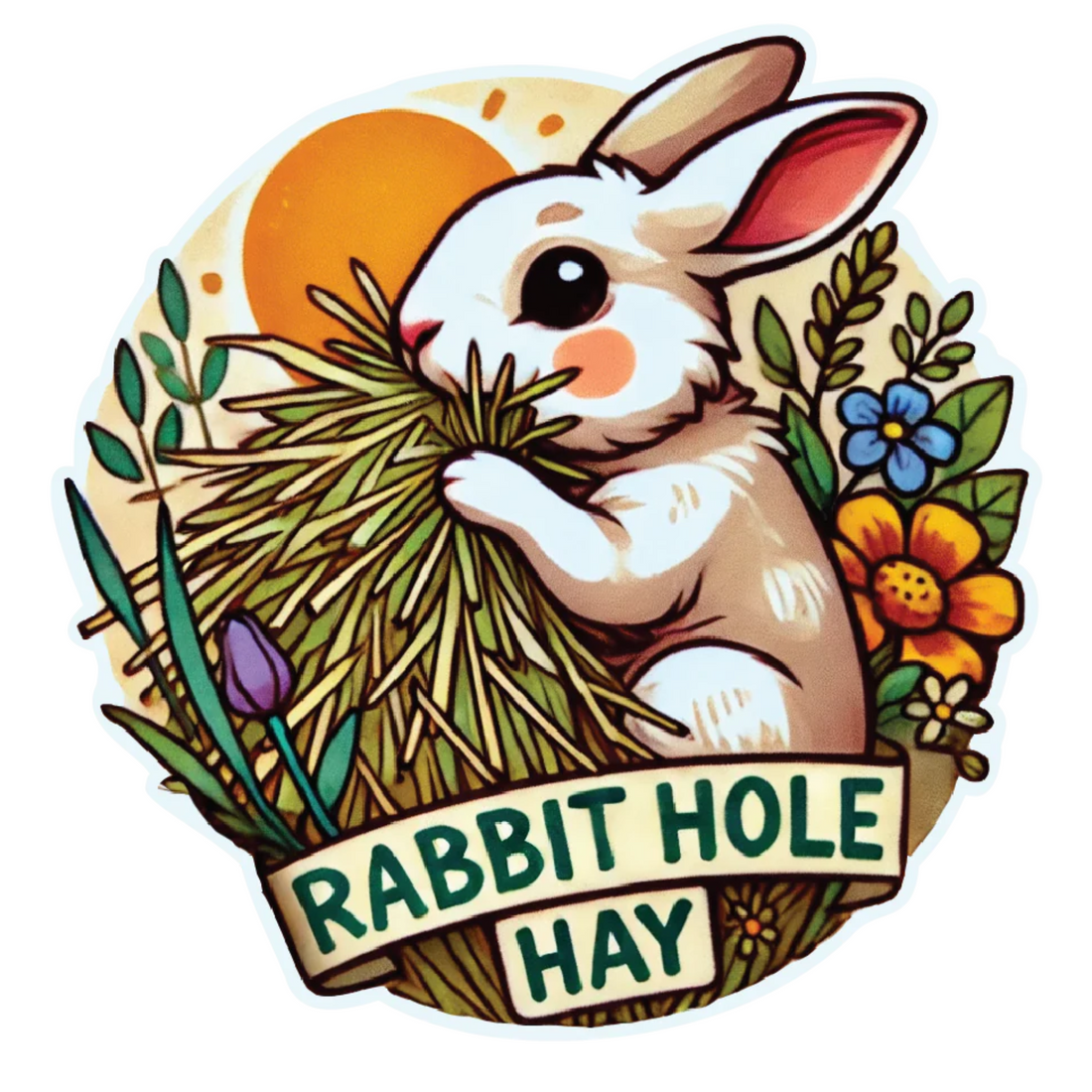
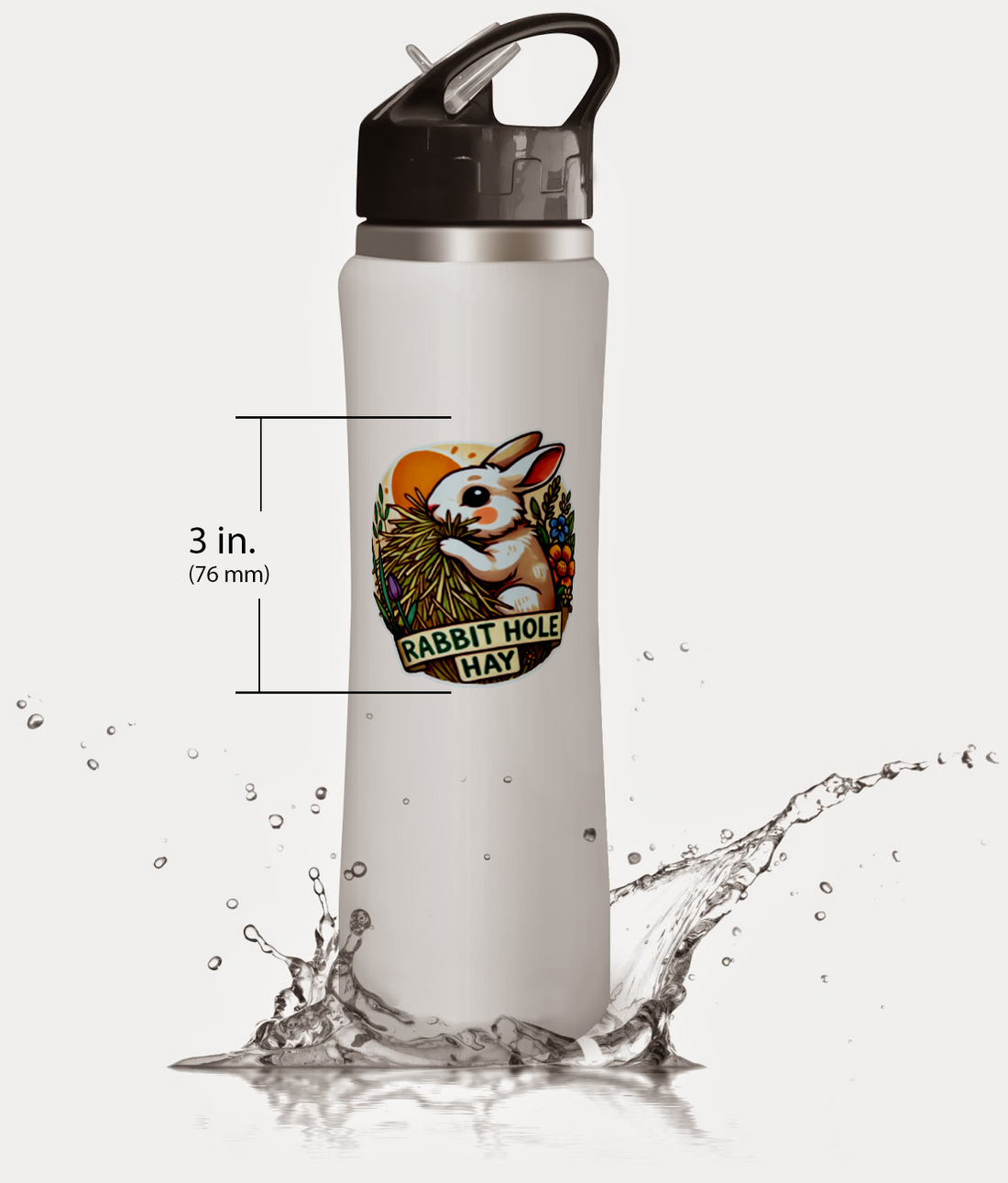
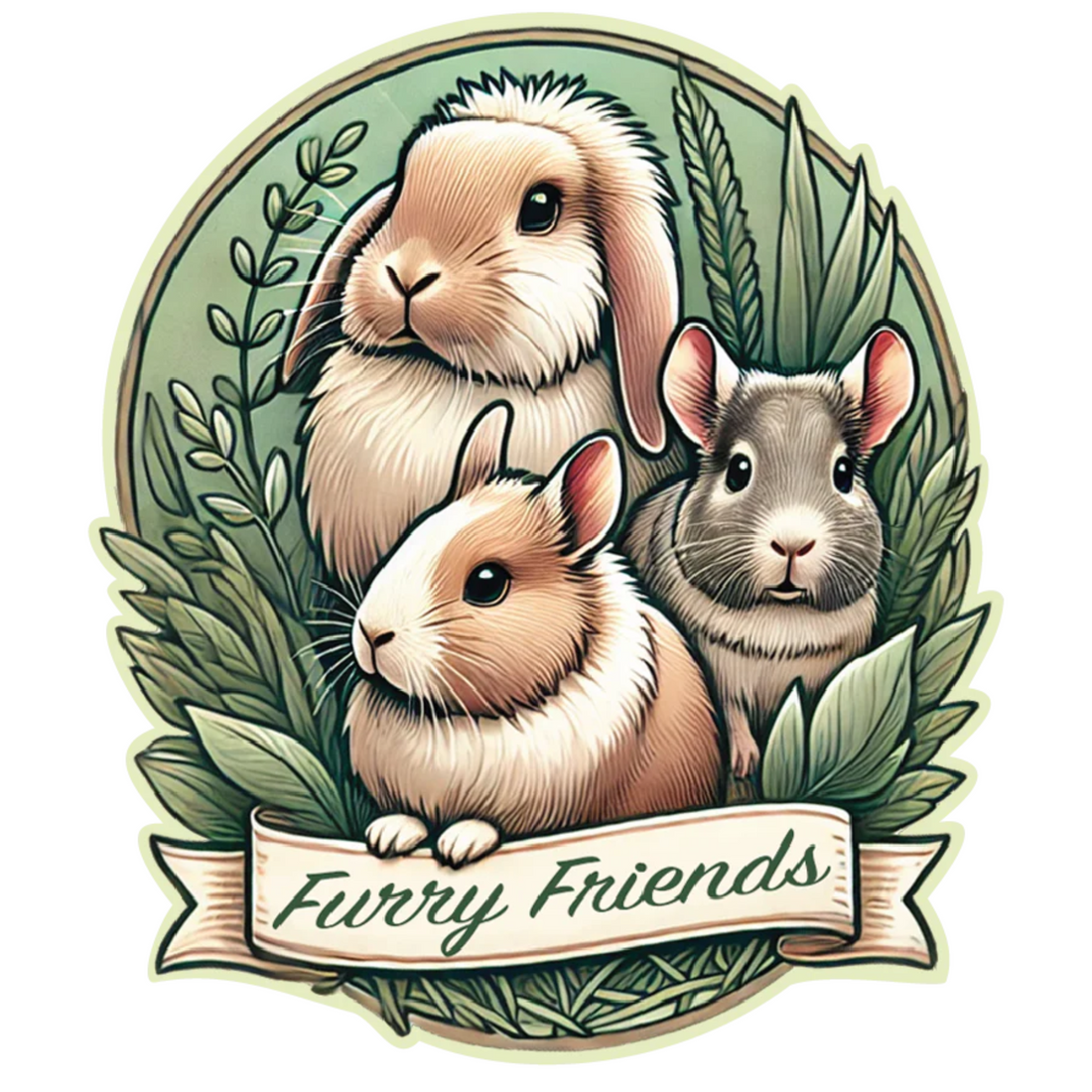
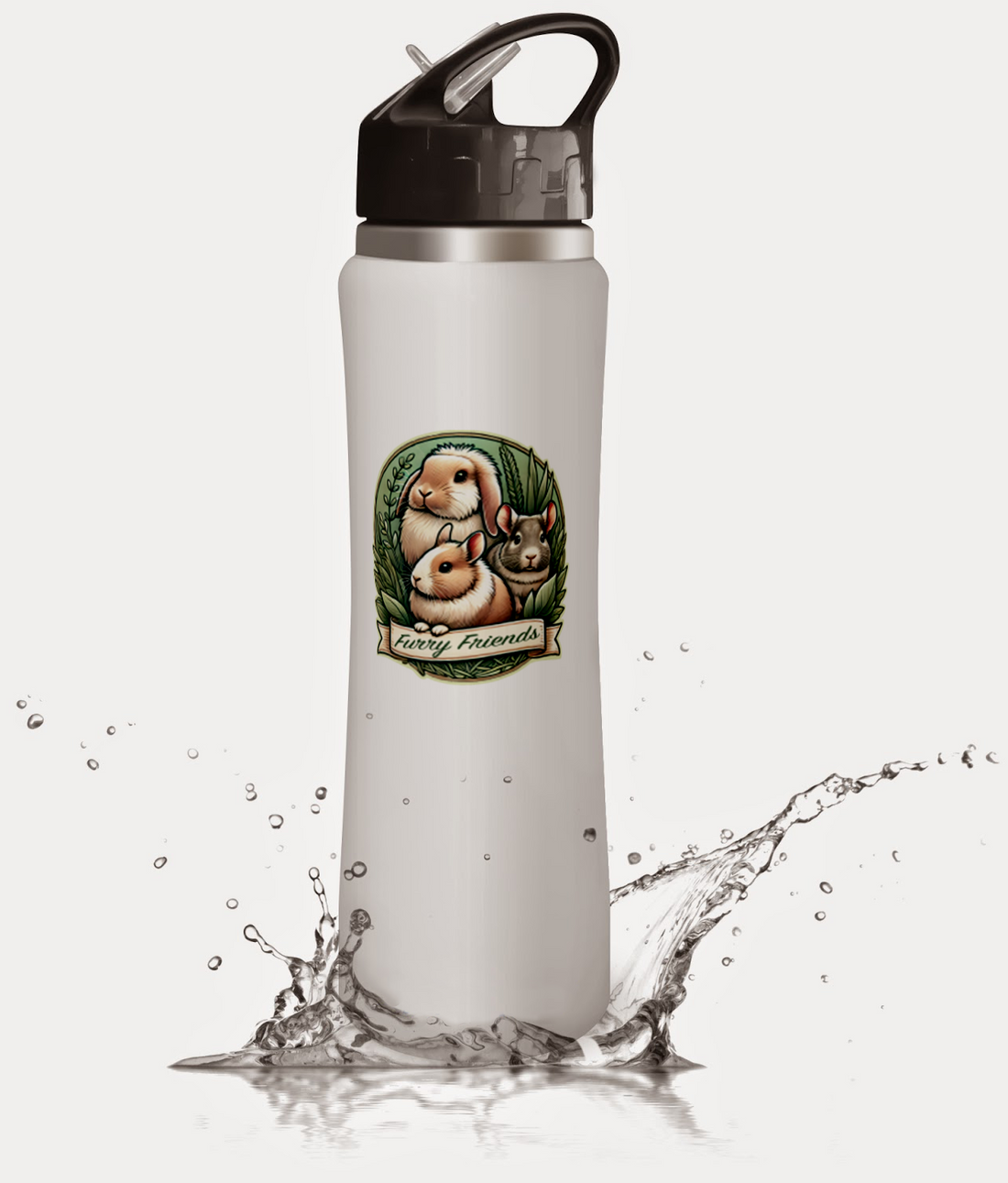
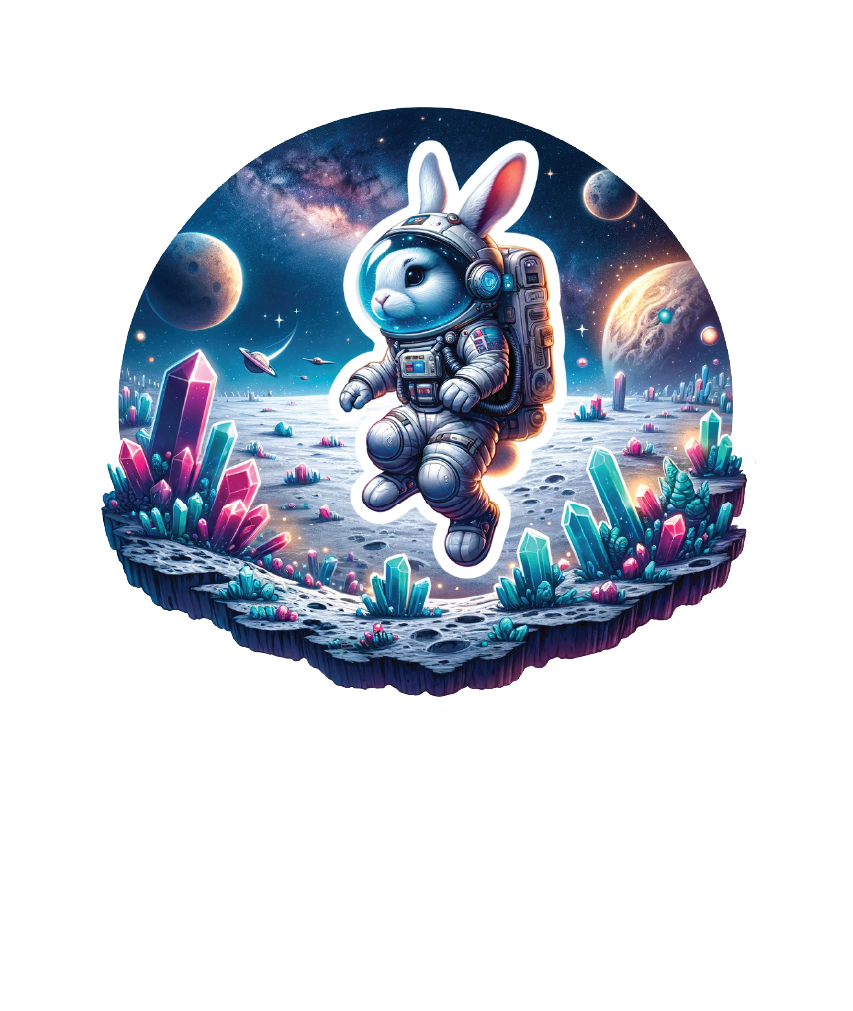
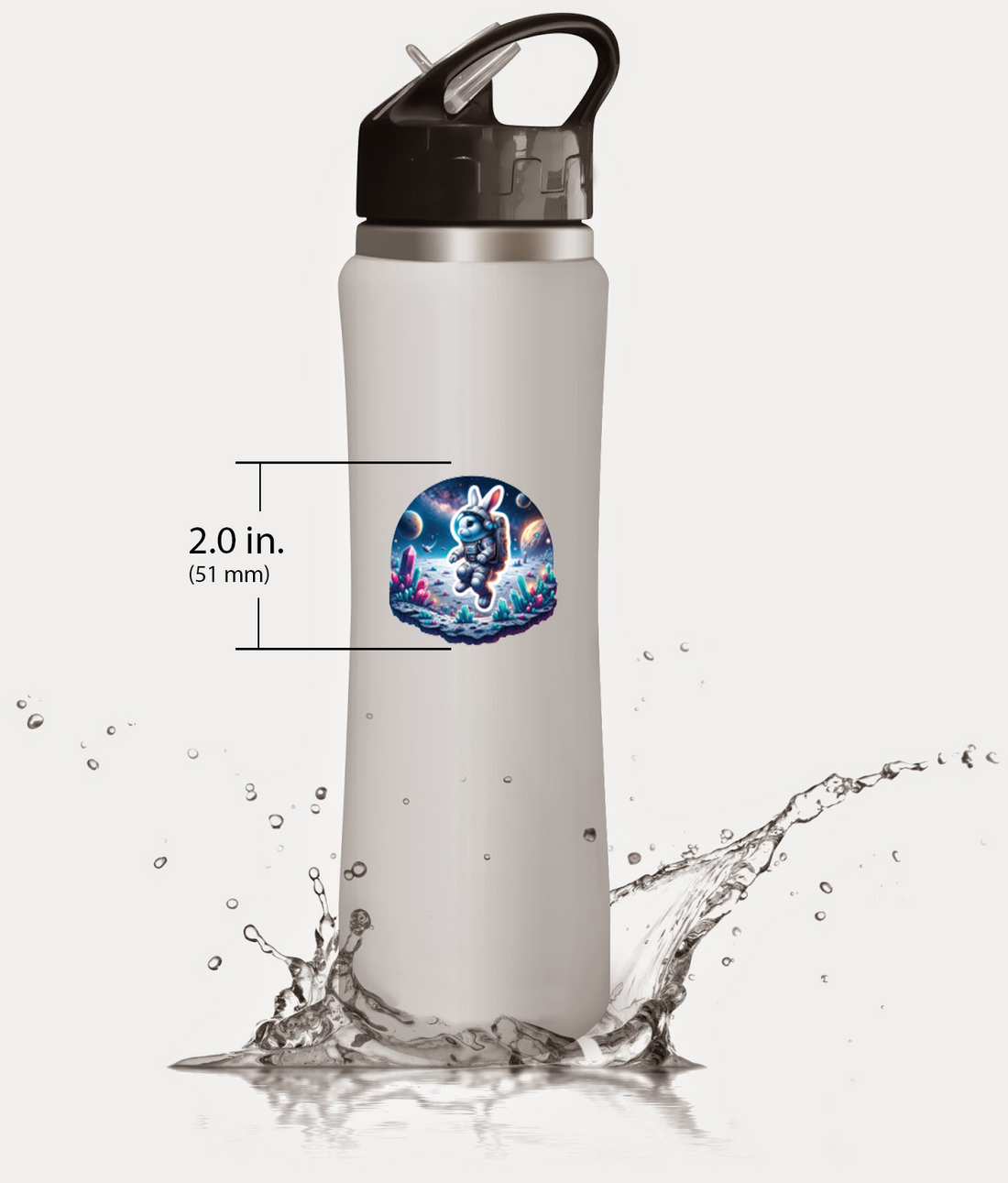


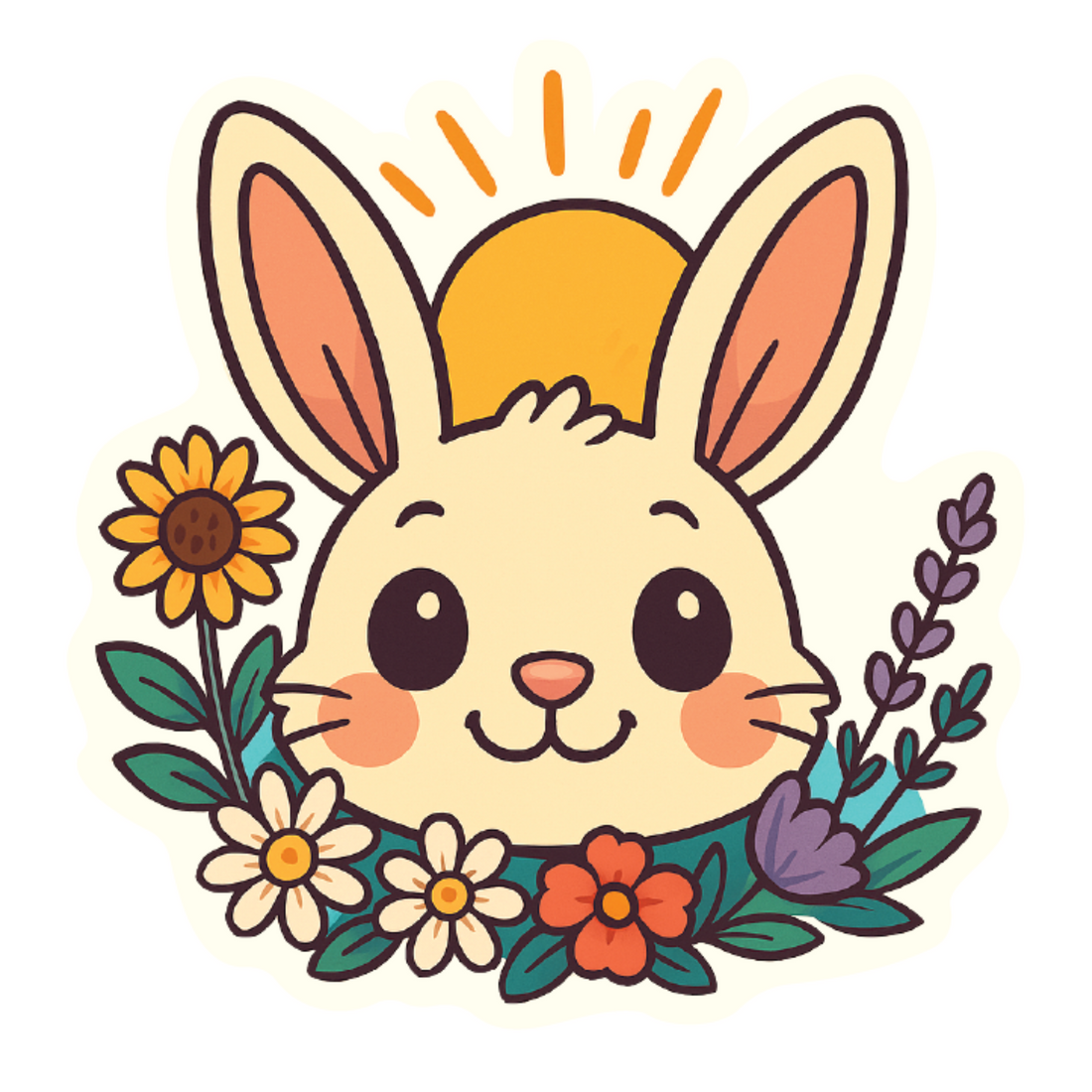
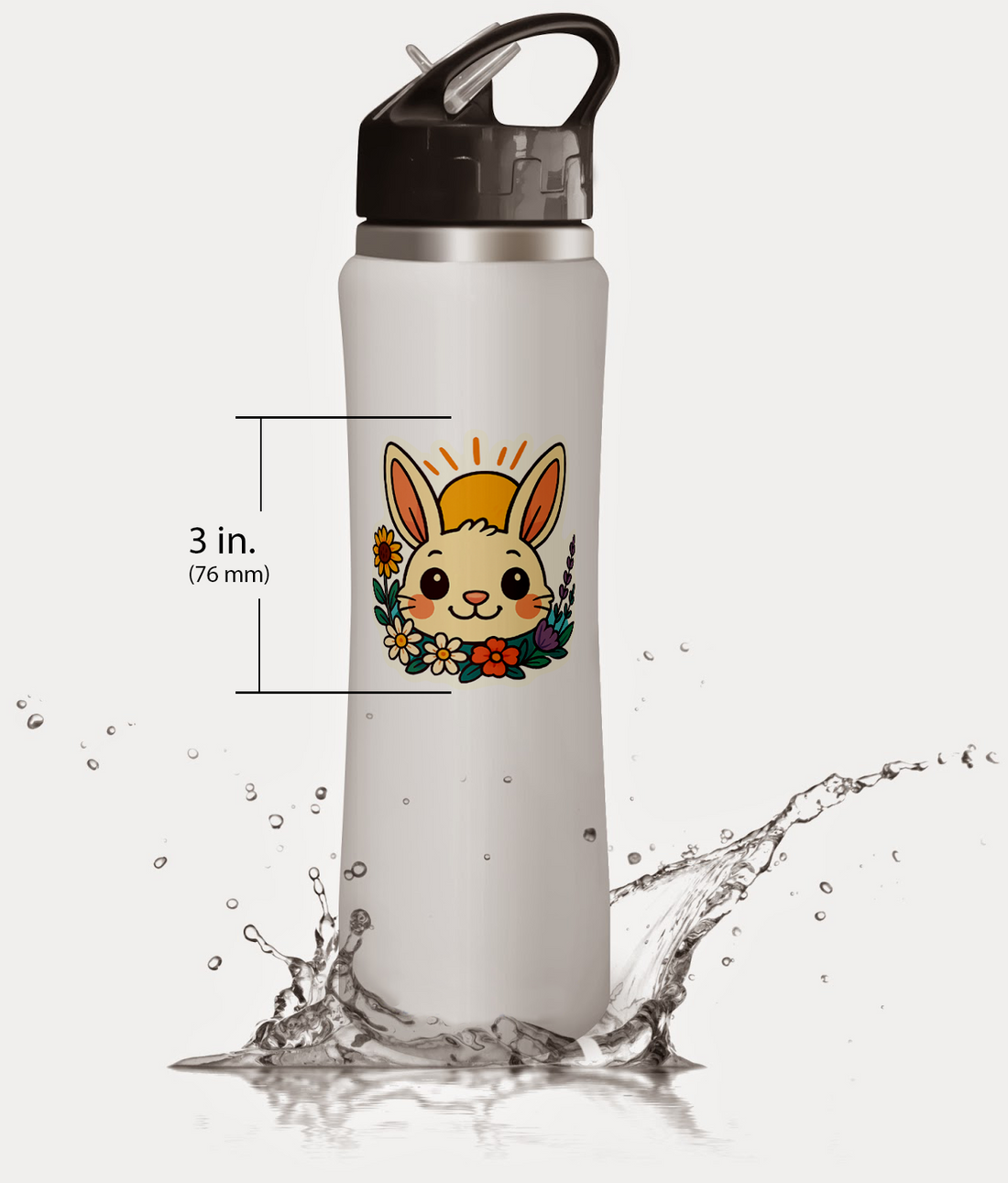


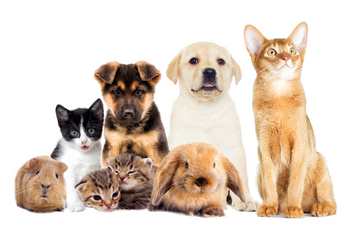




Comments